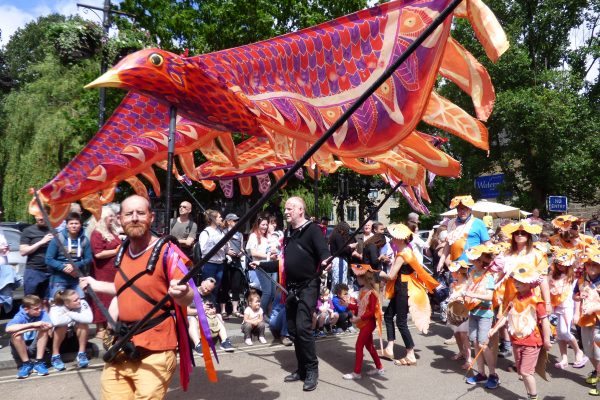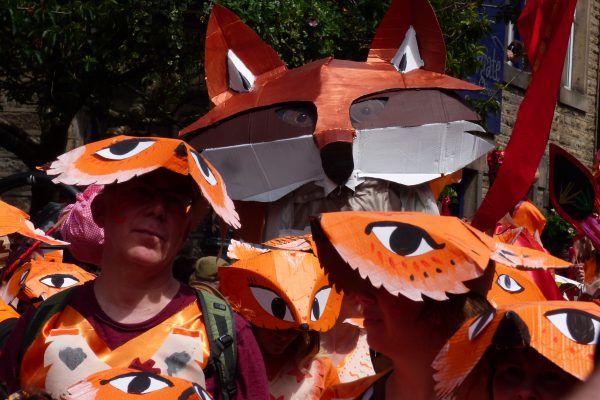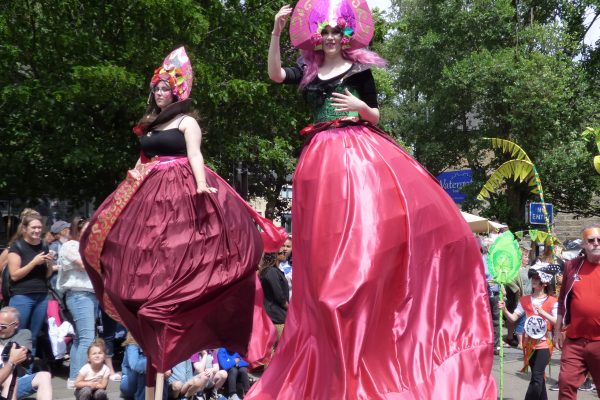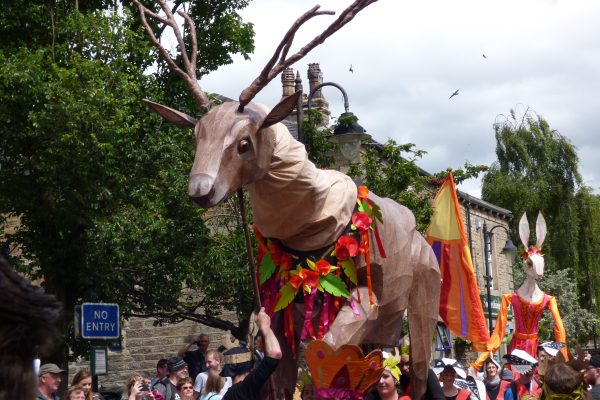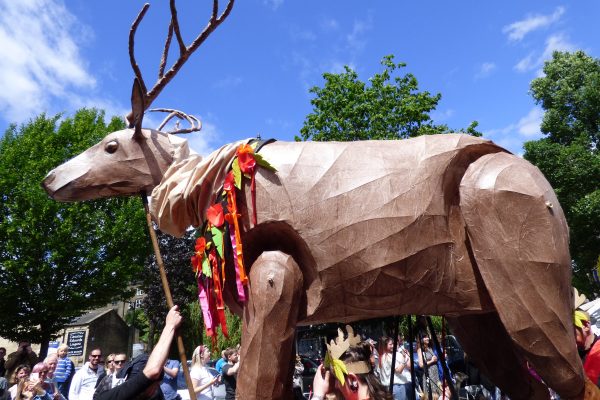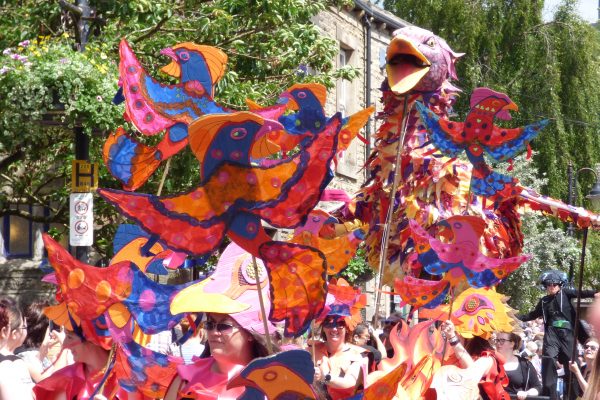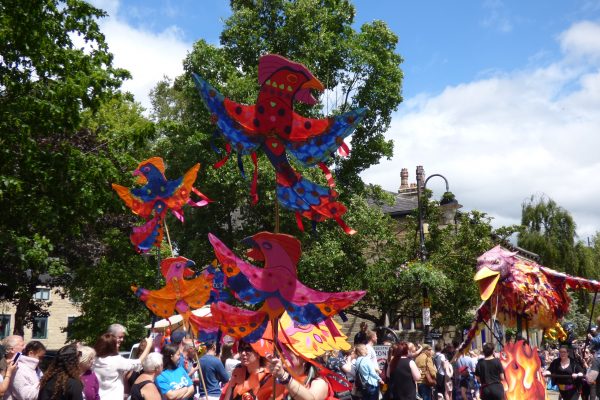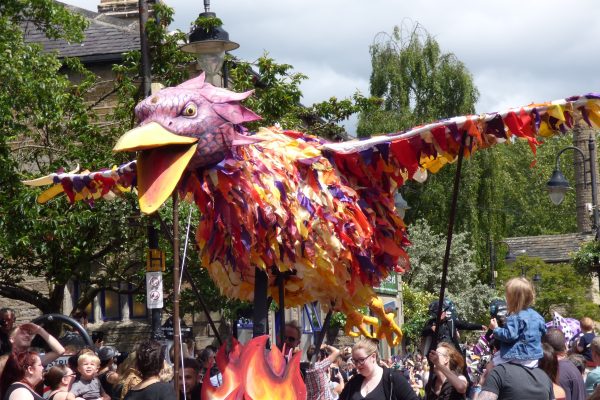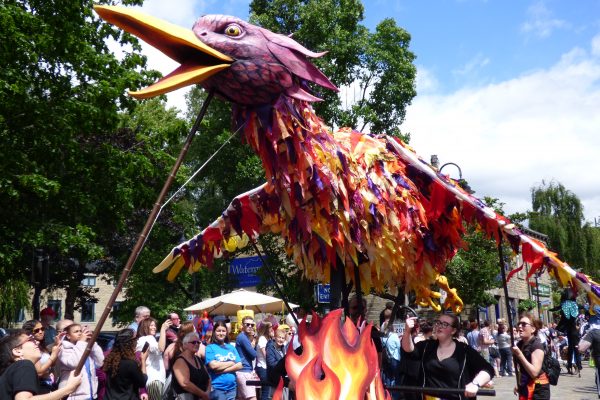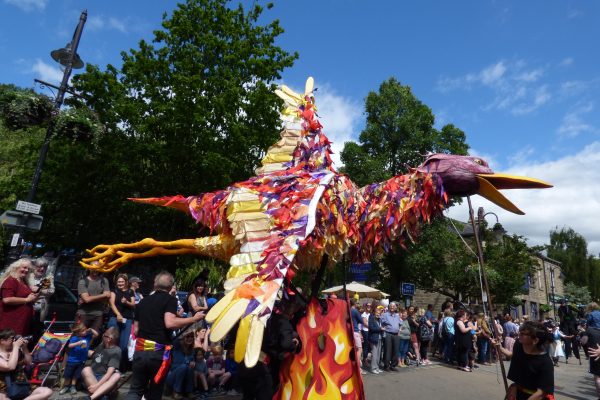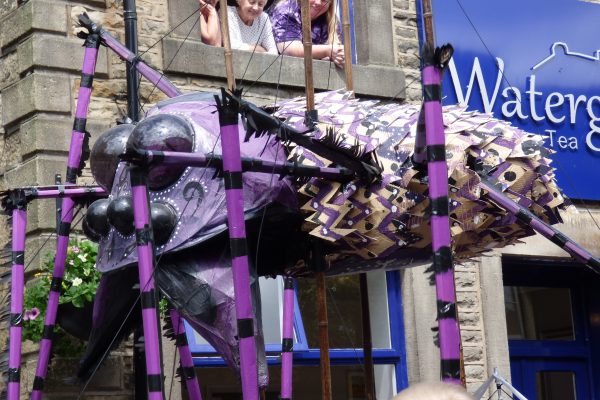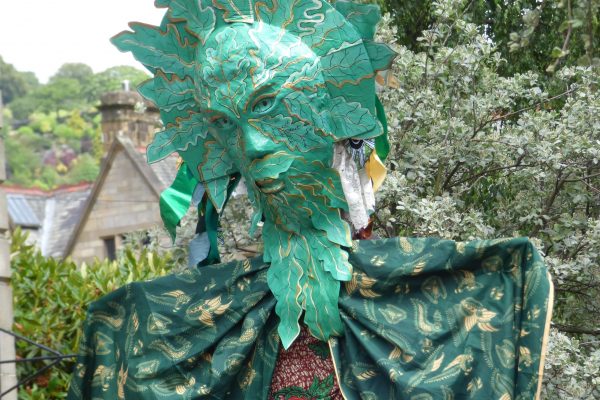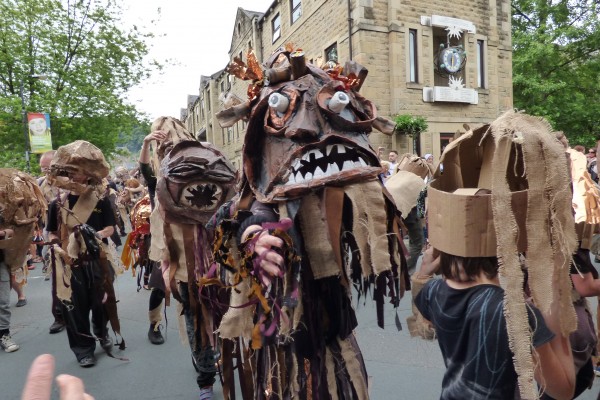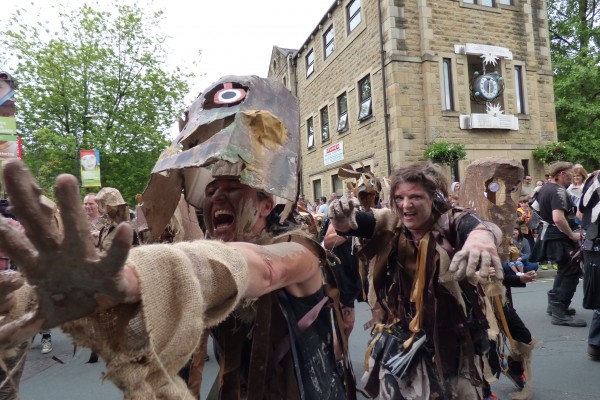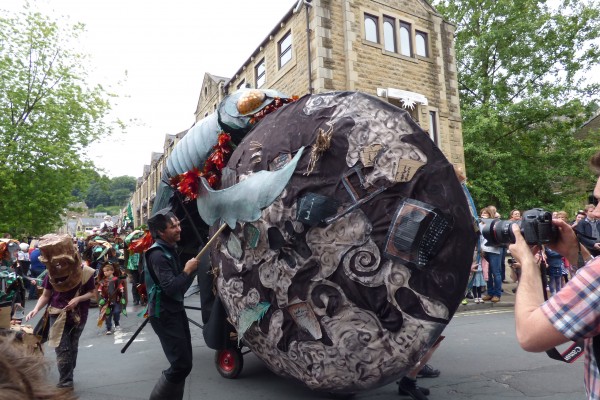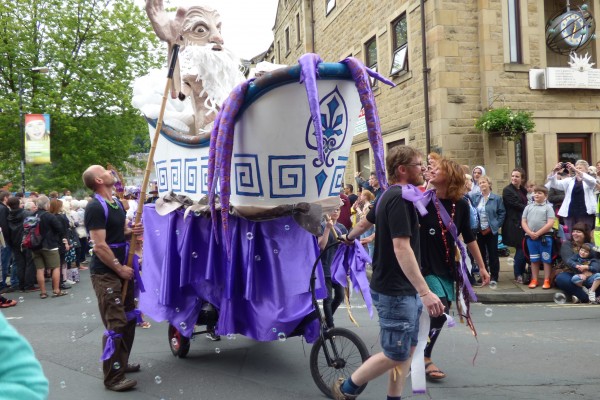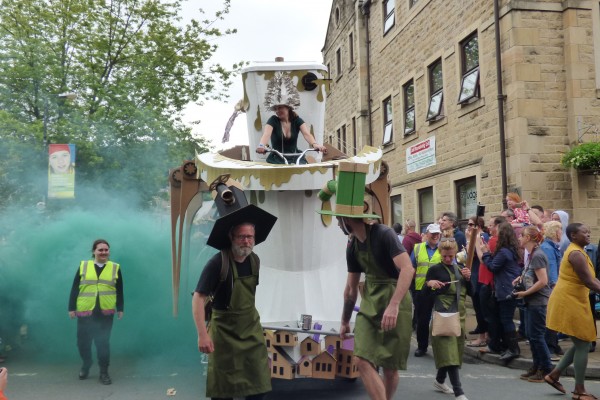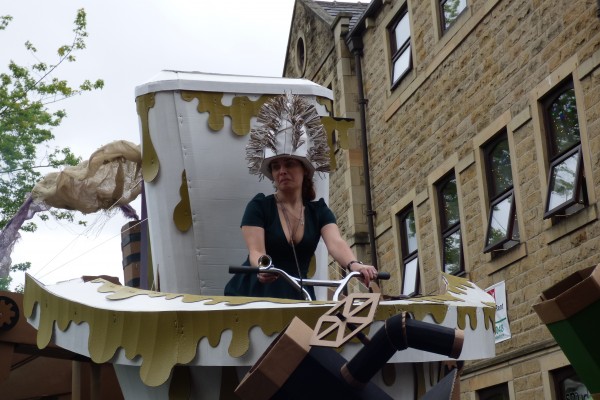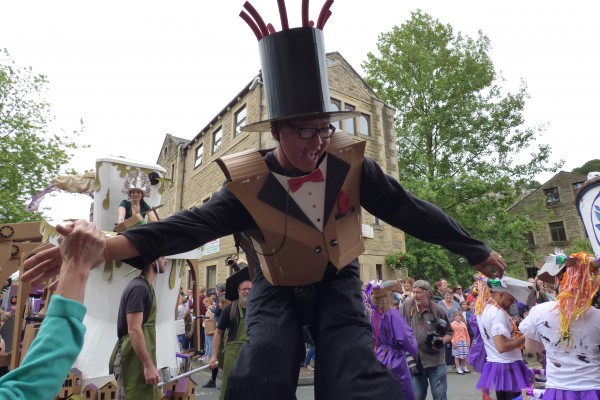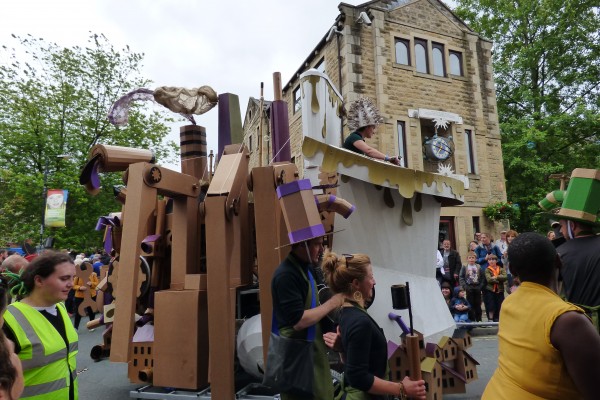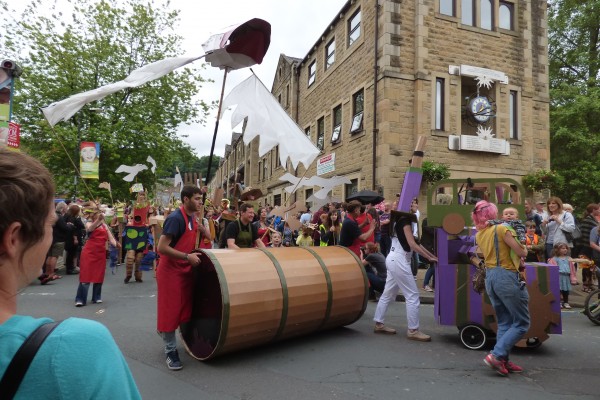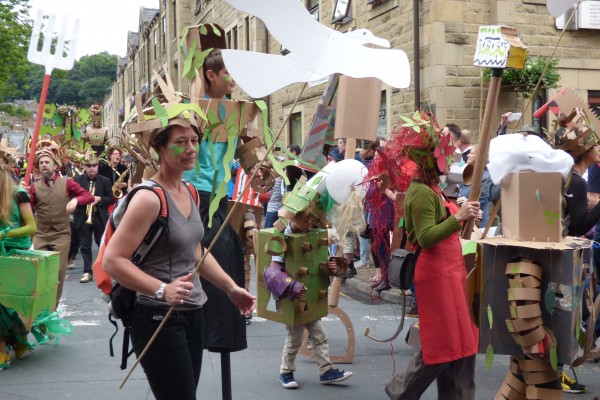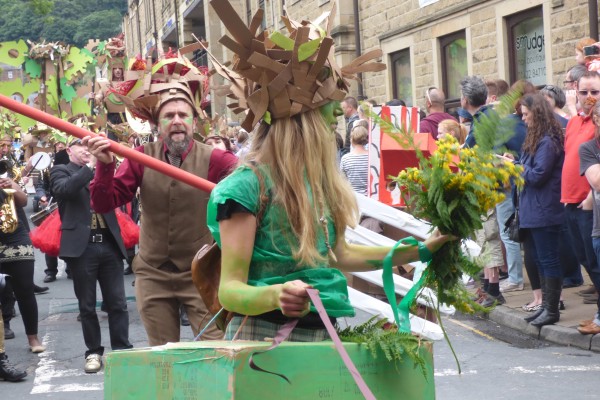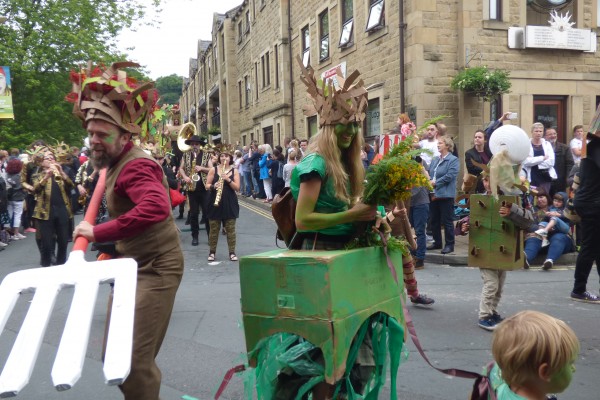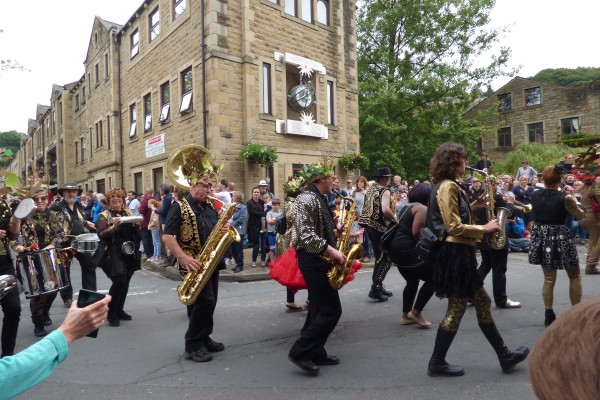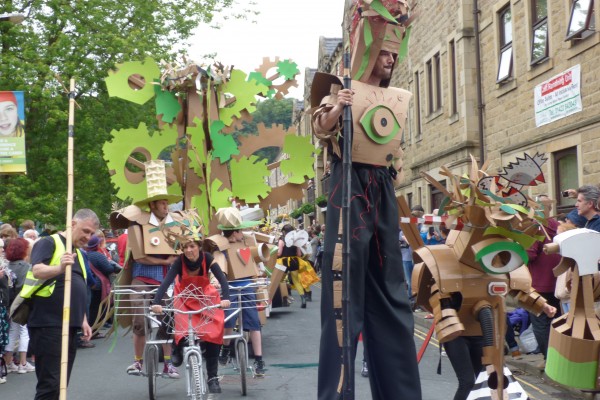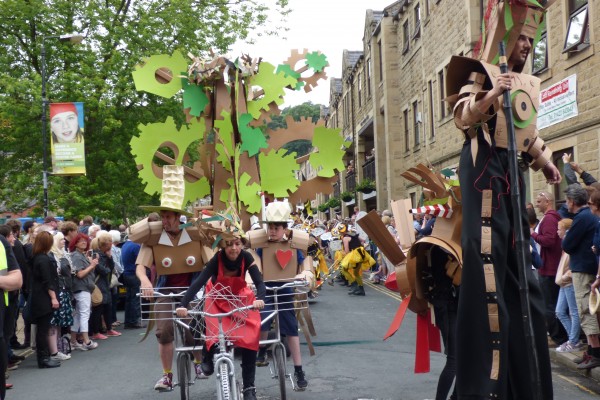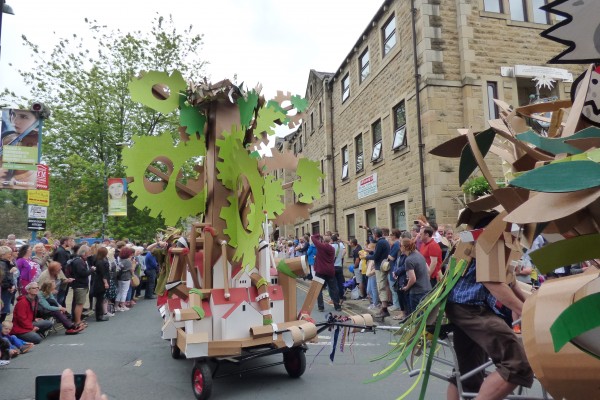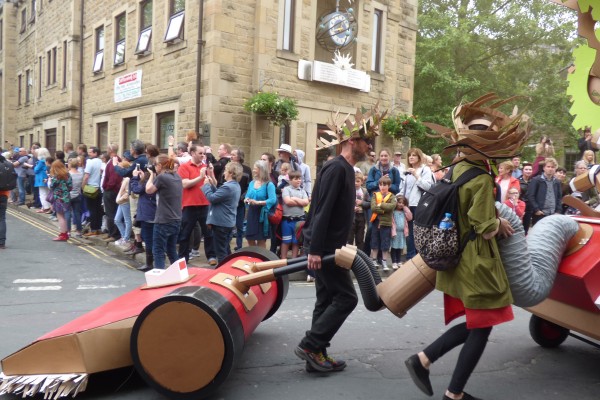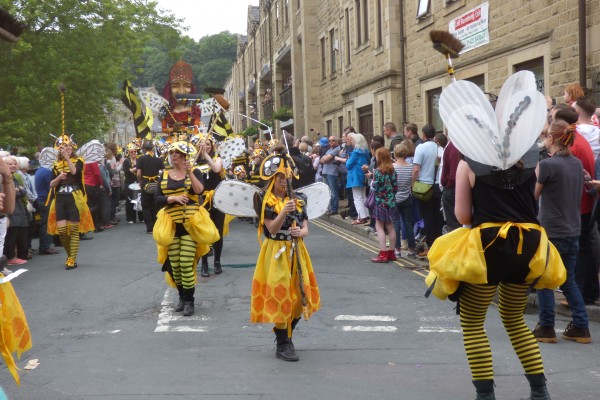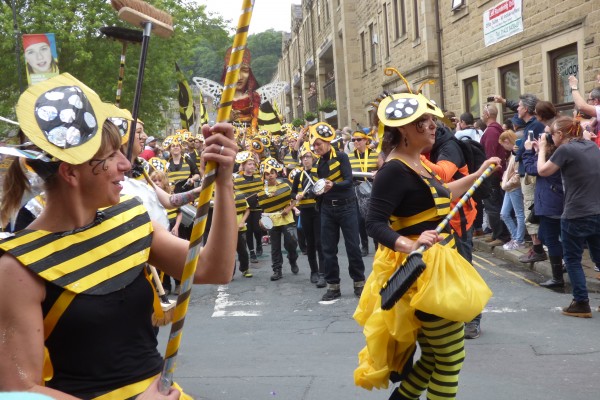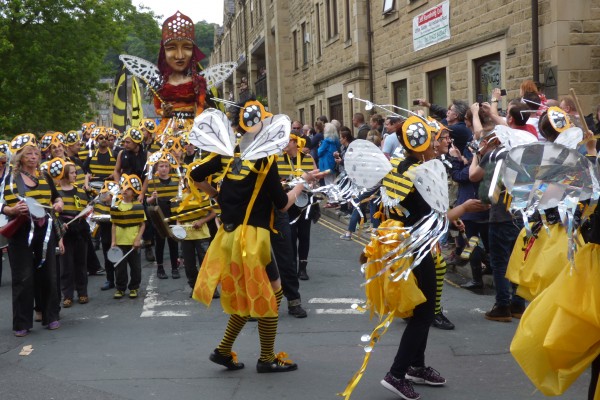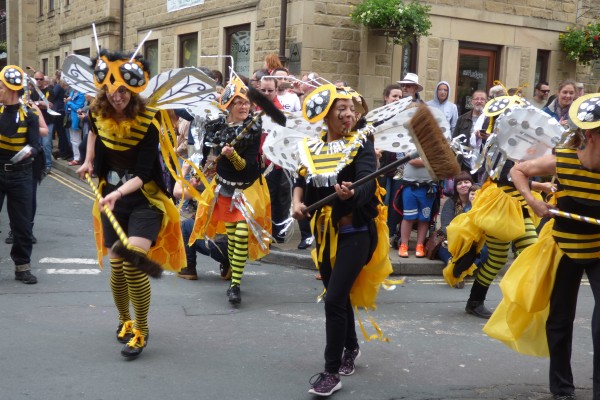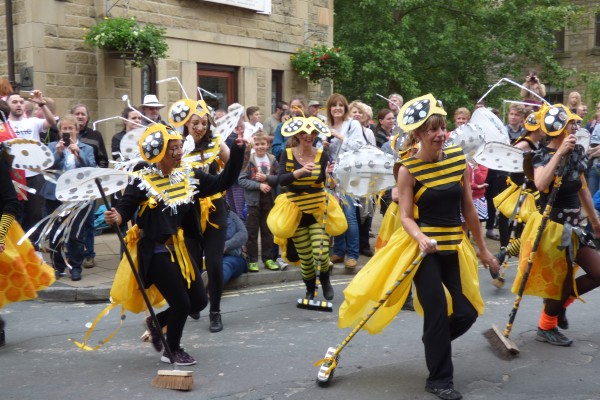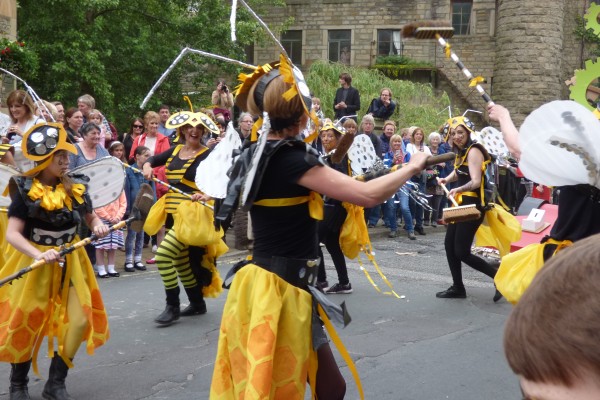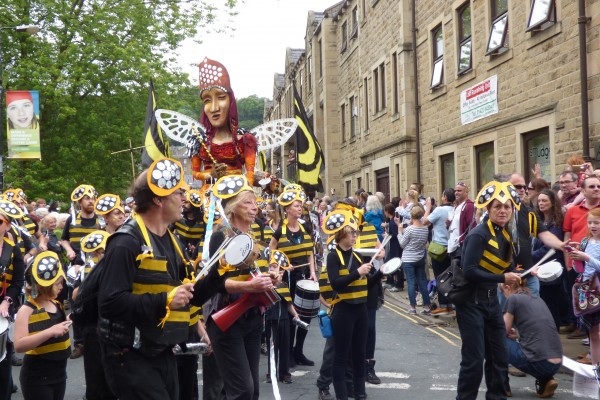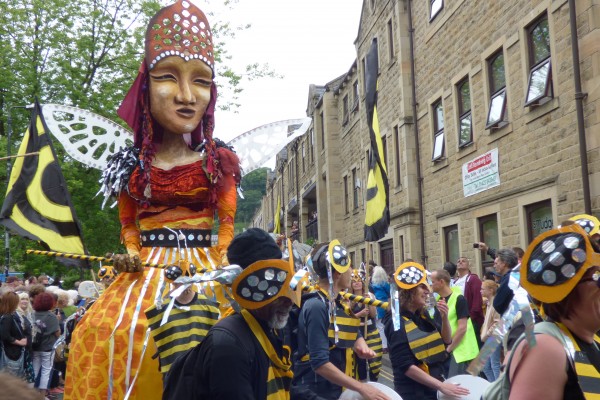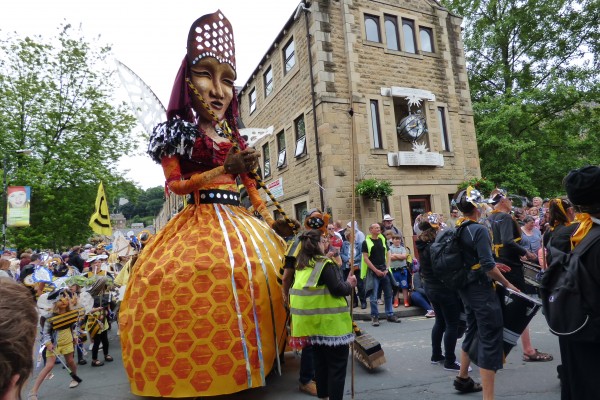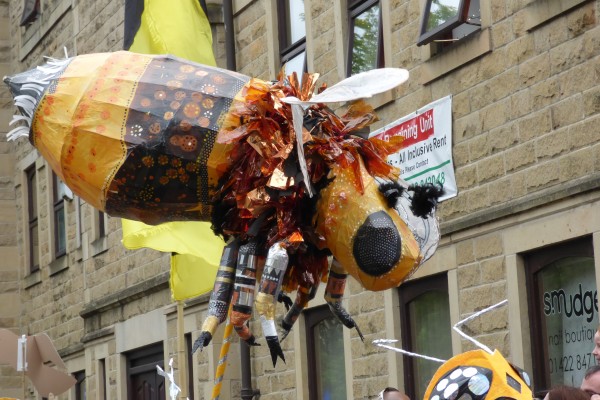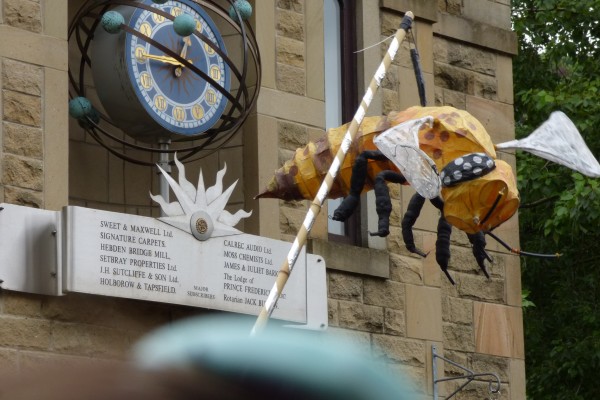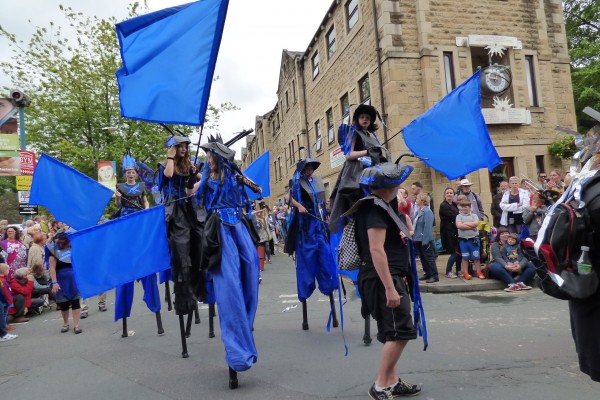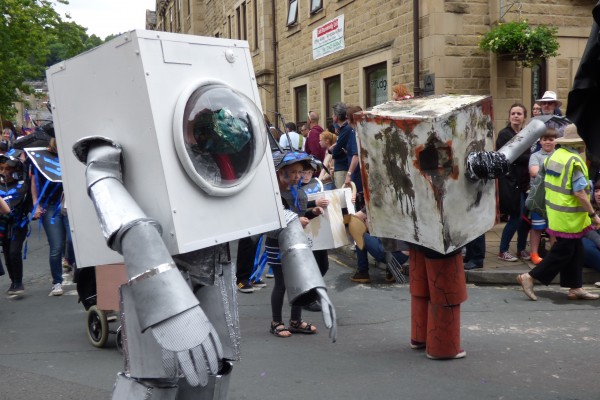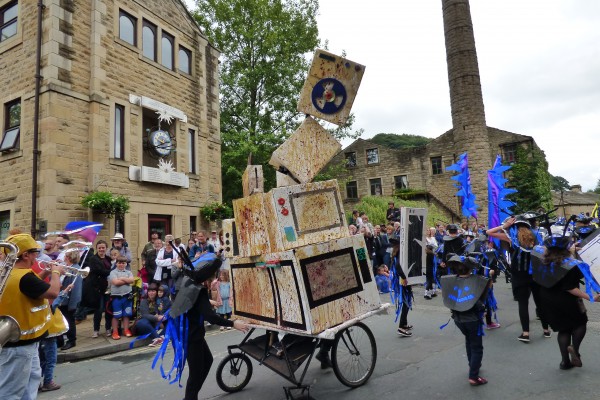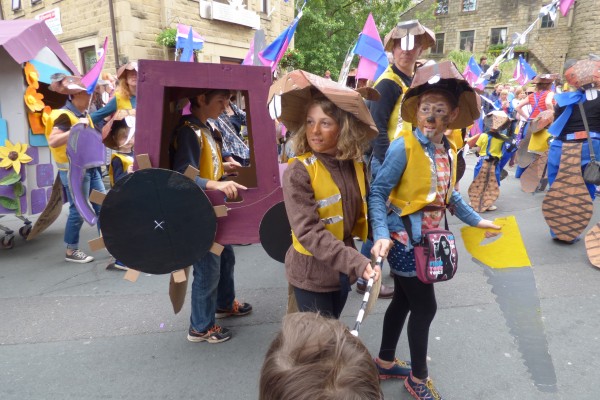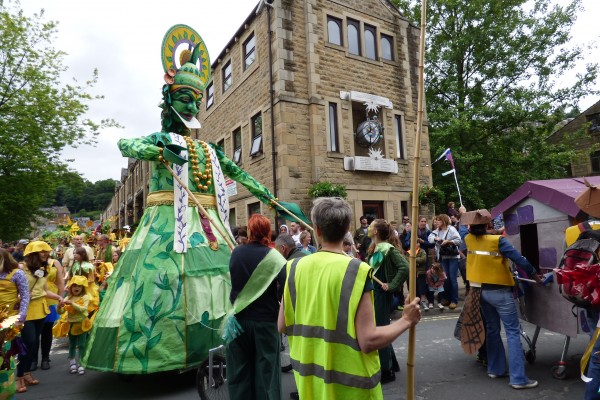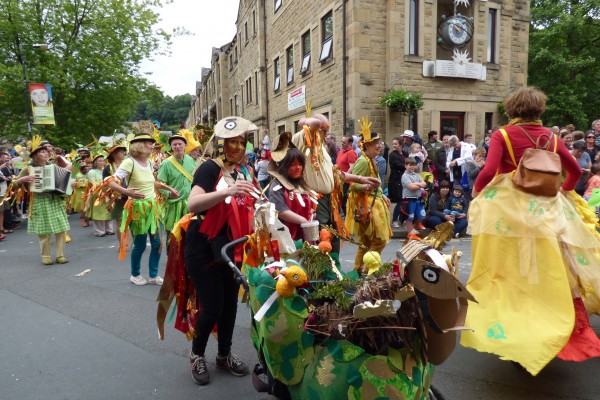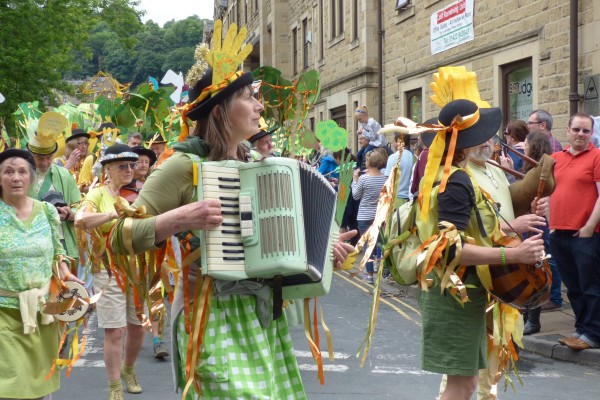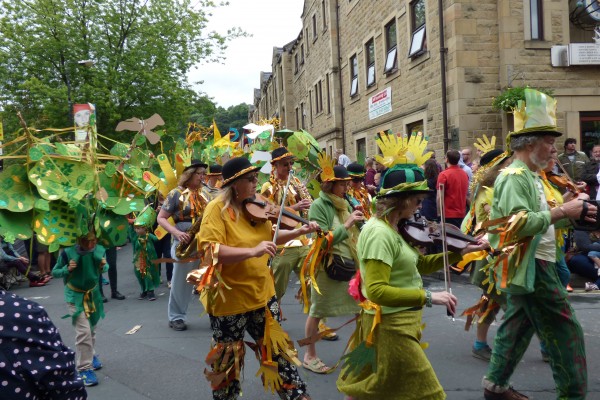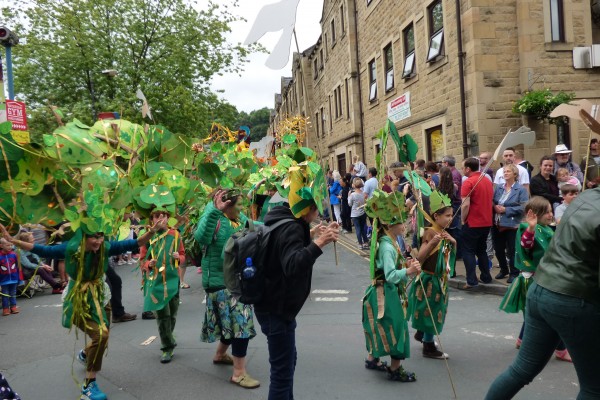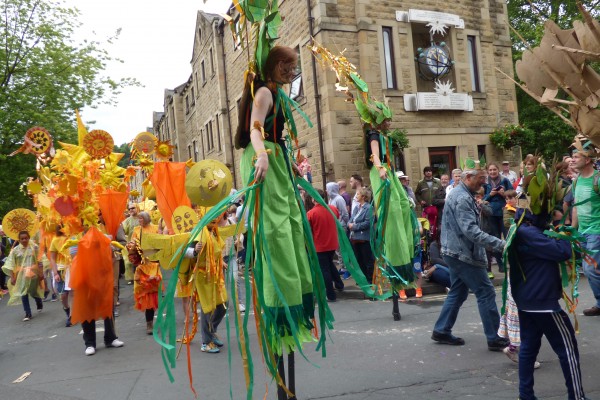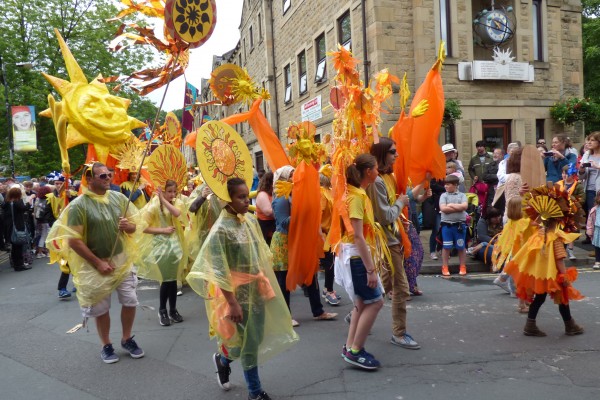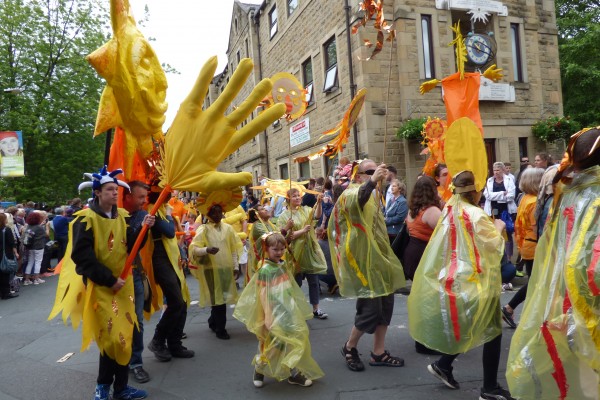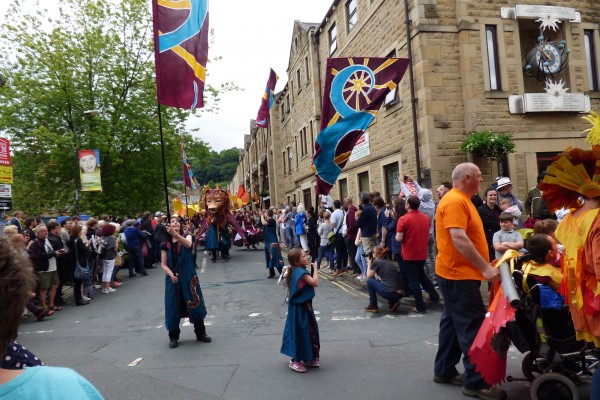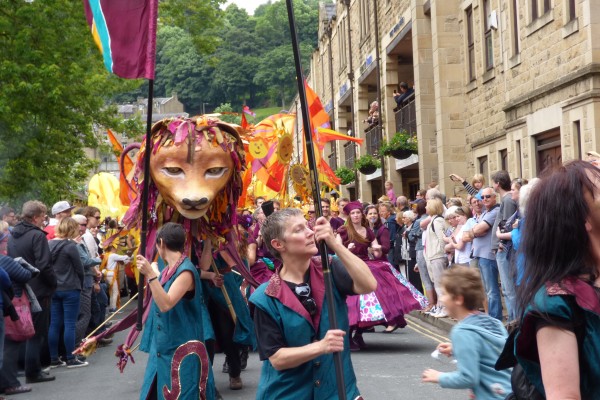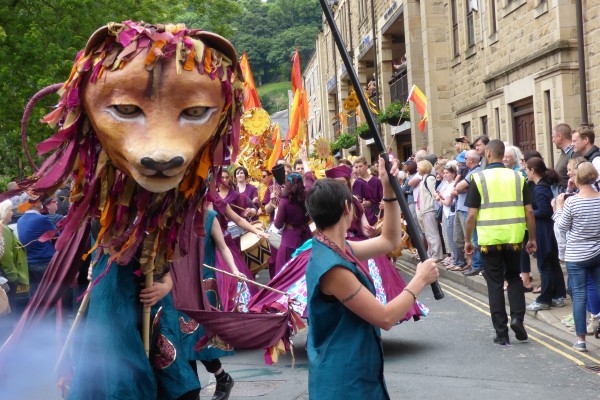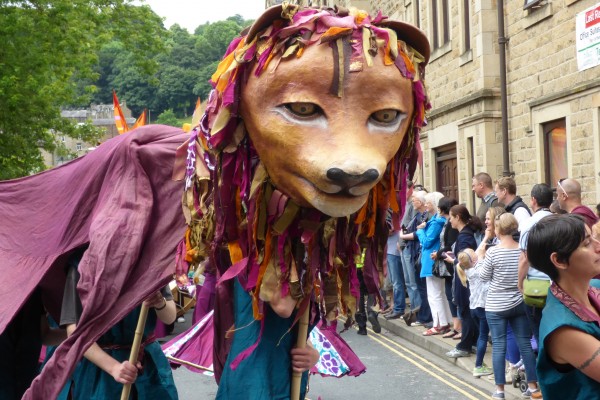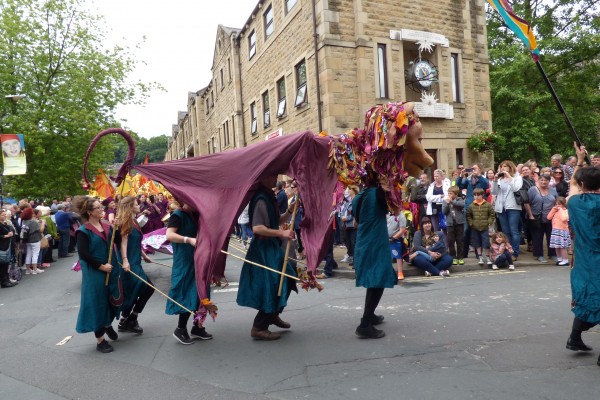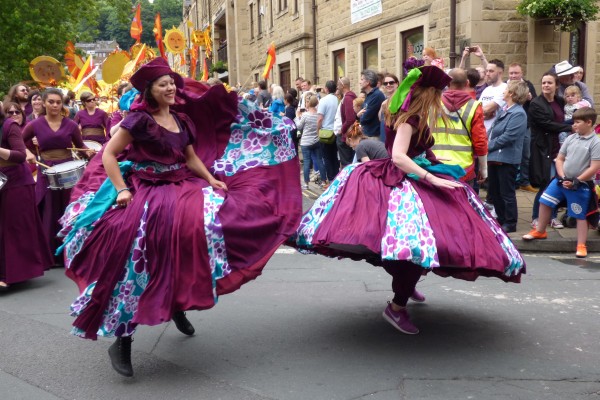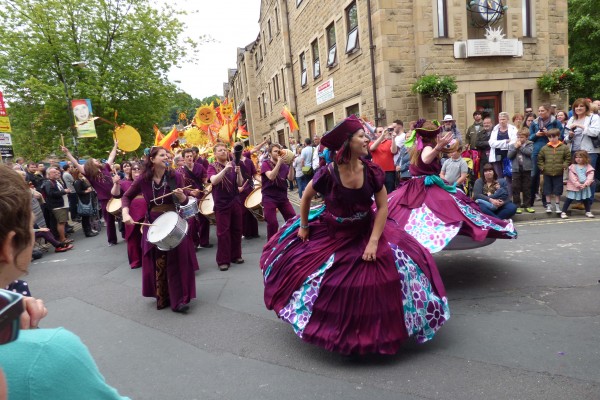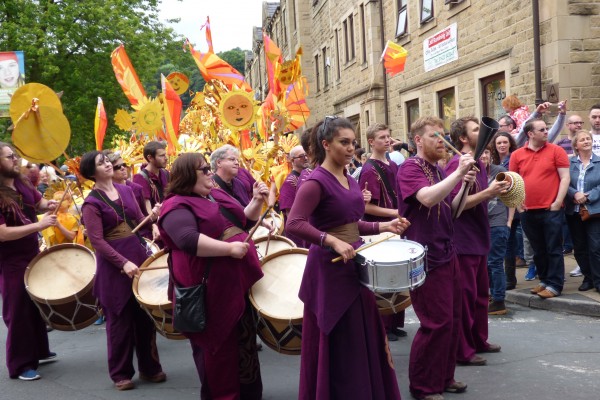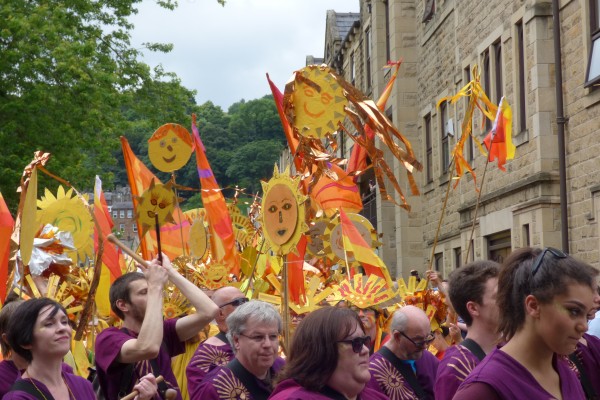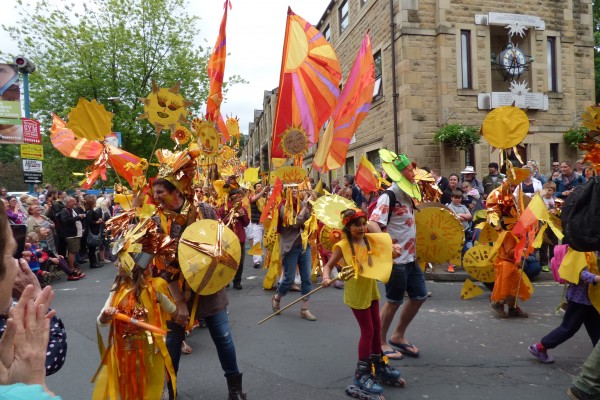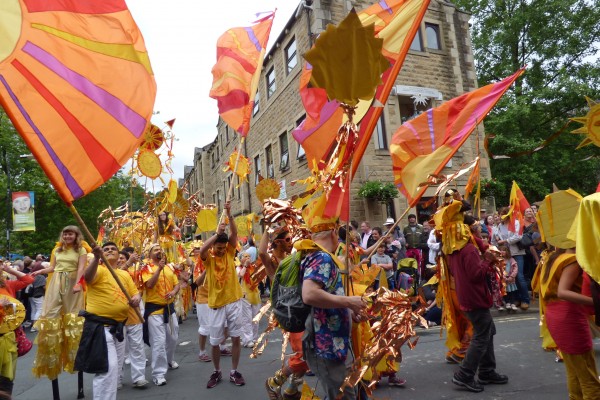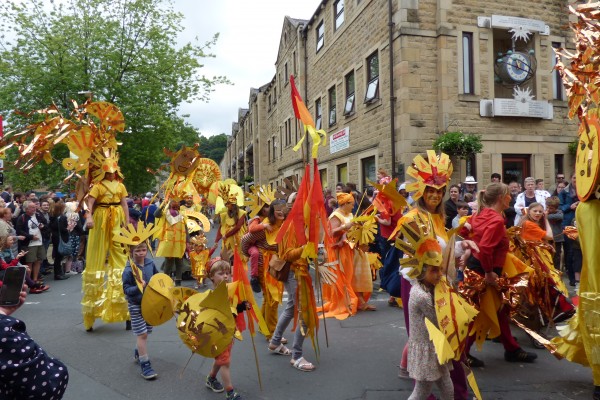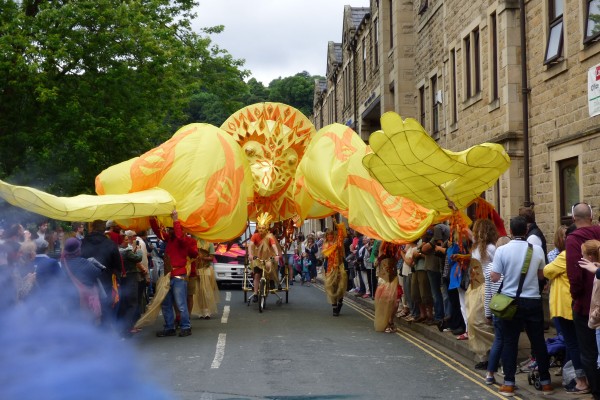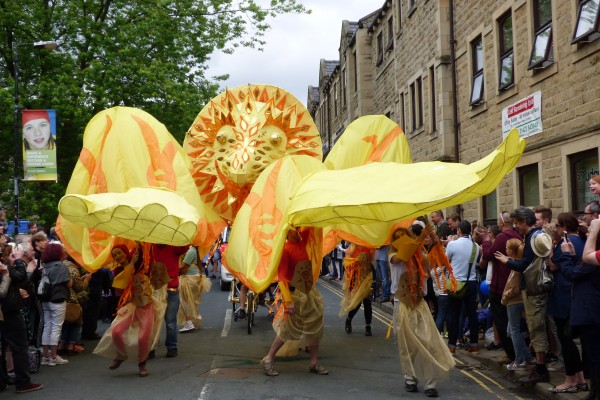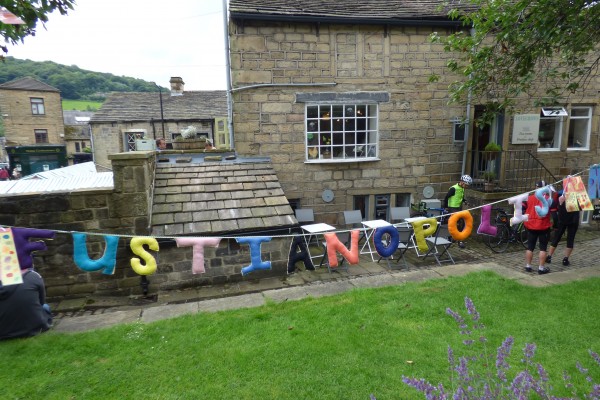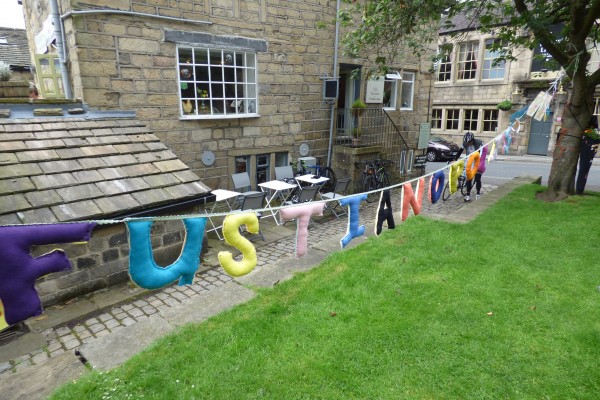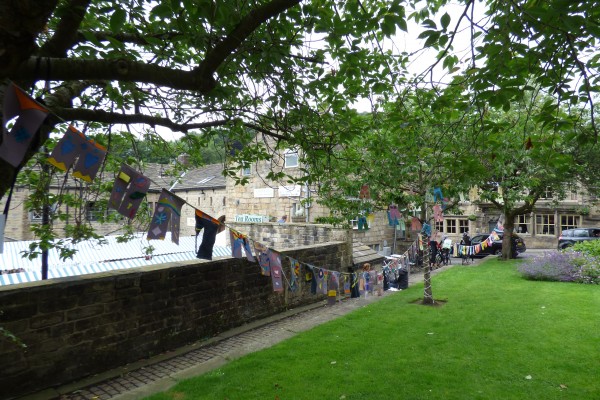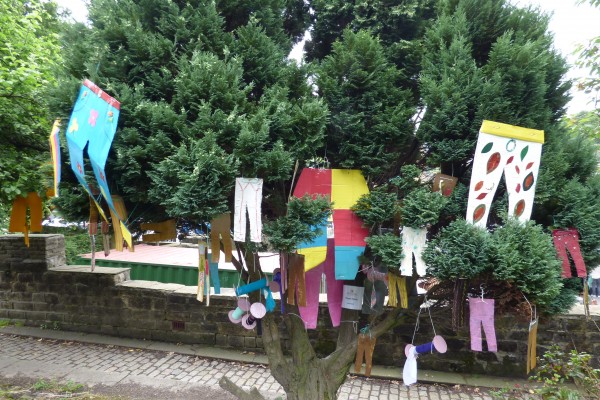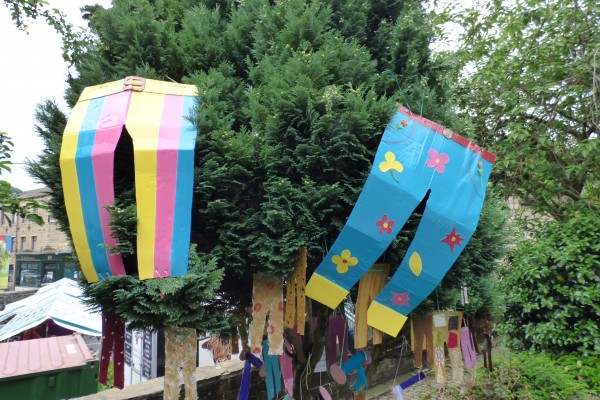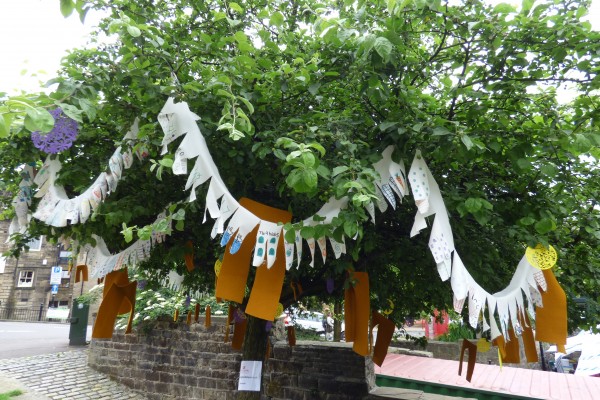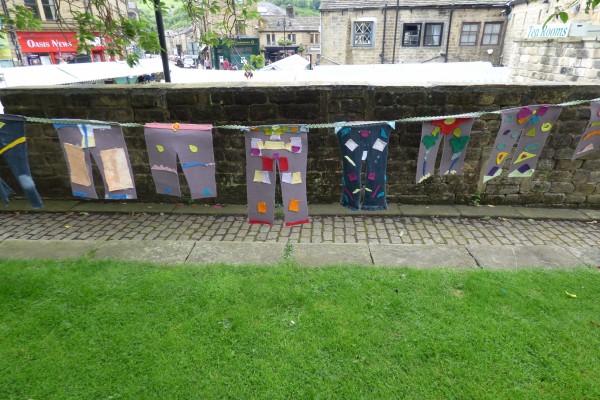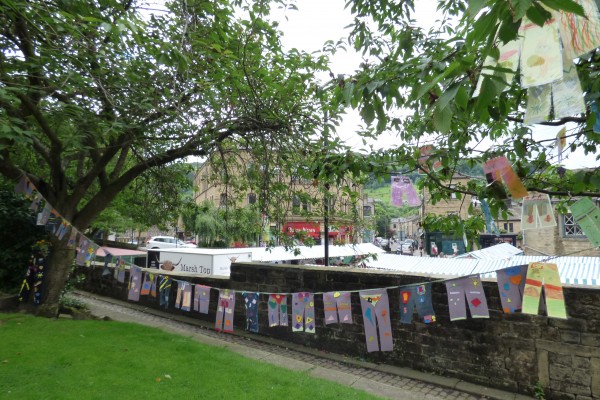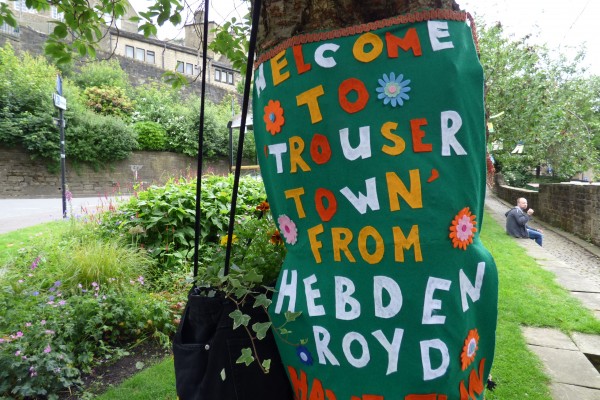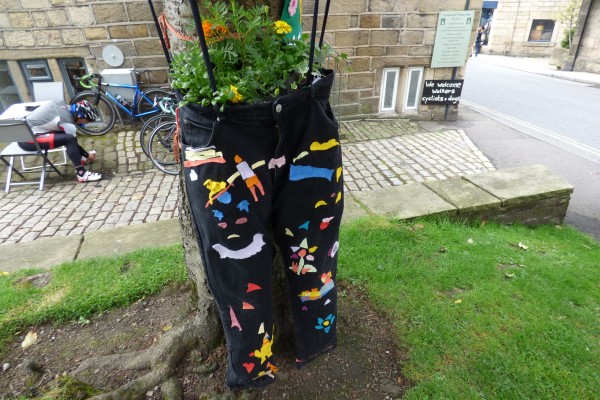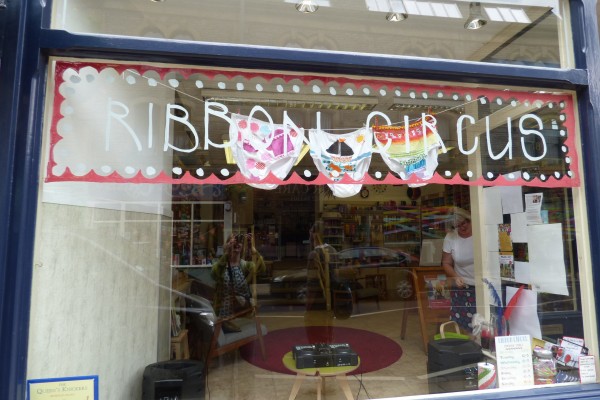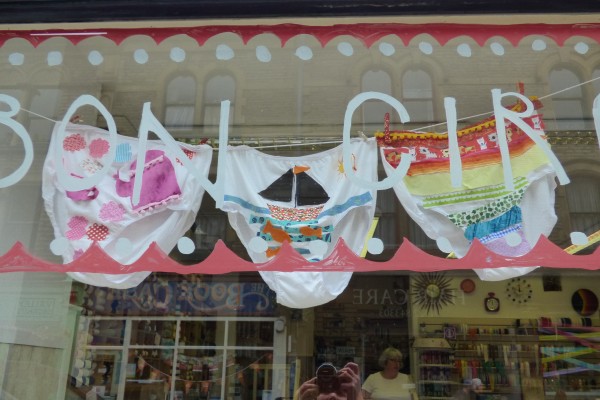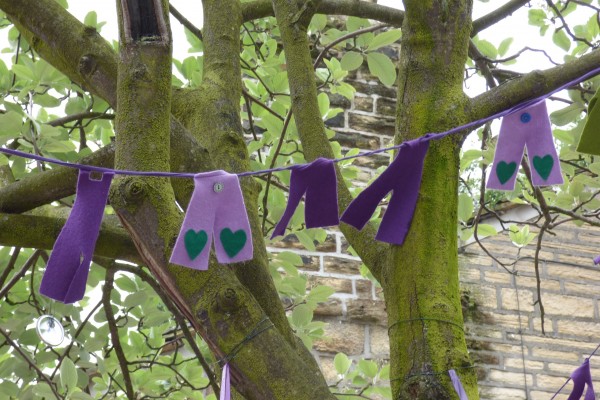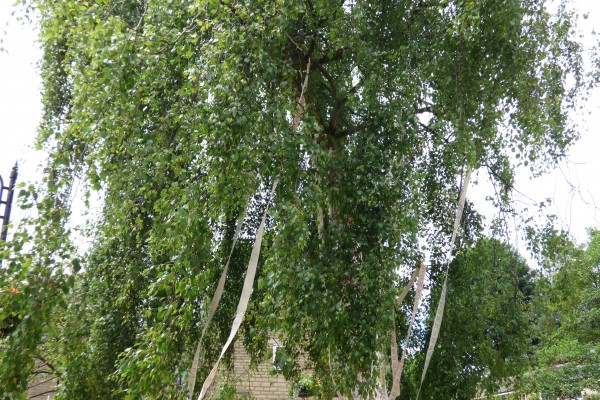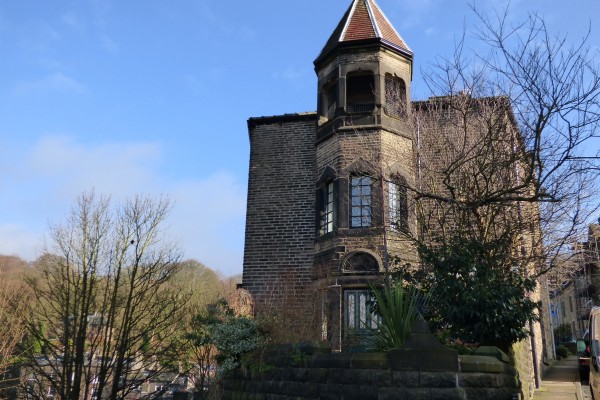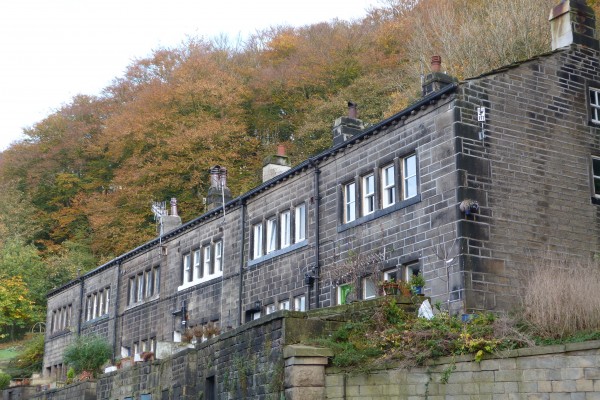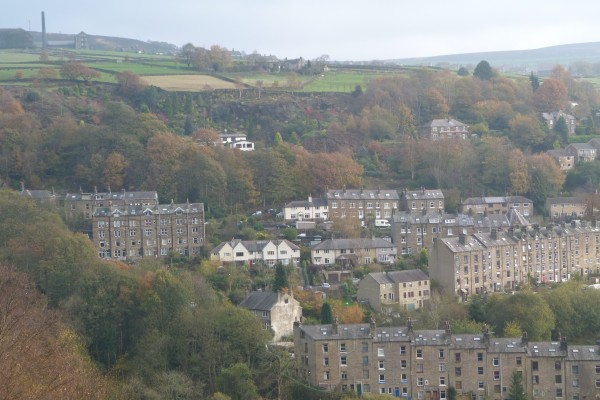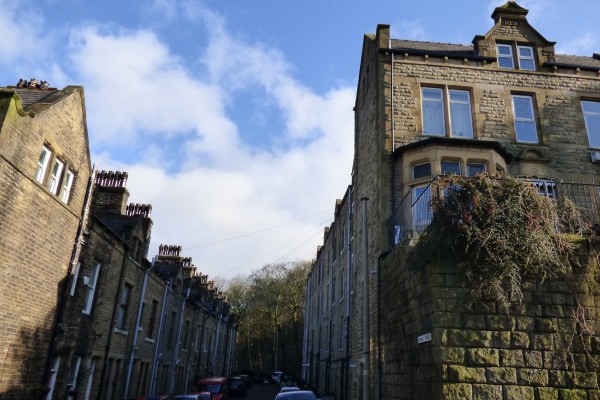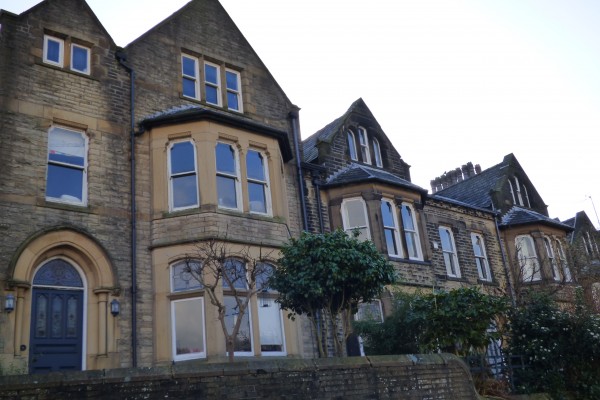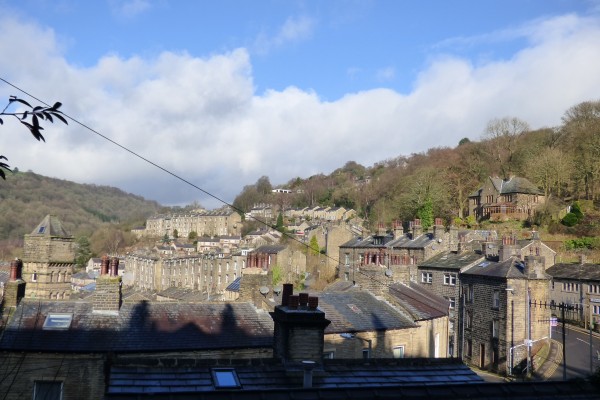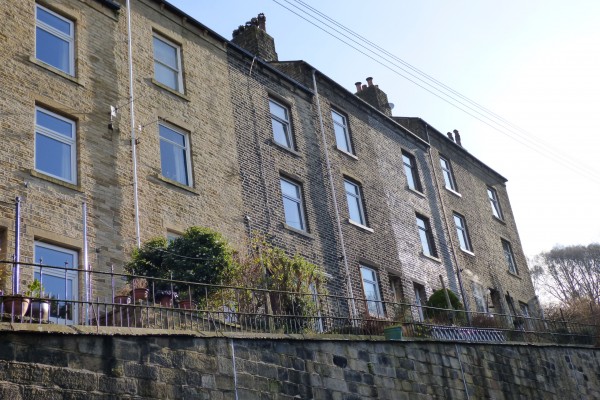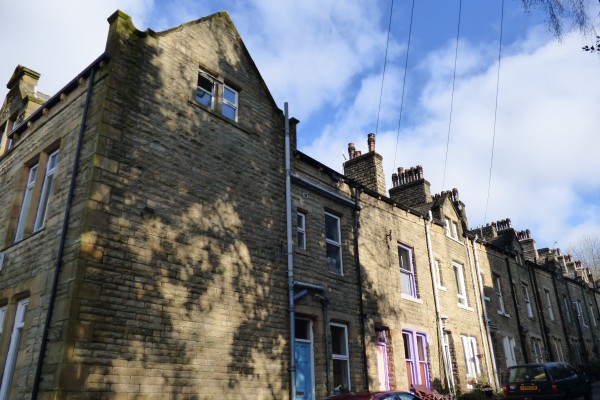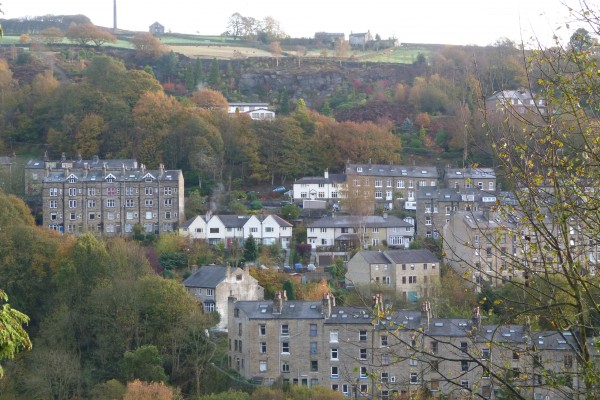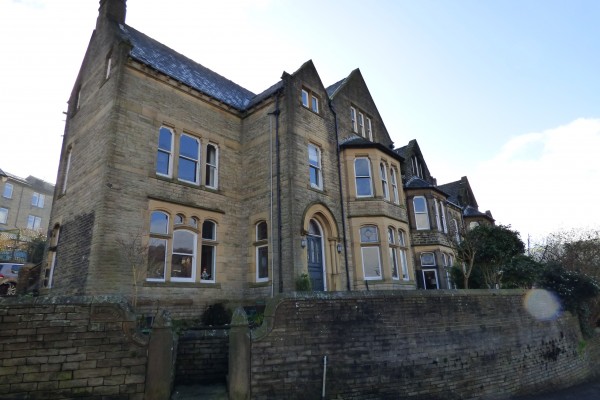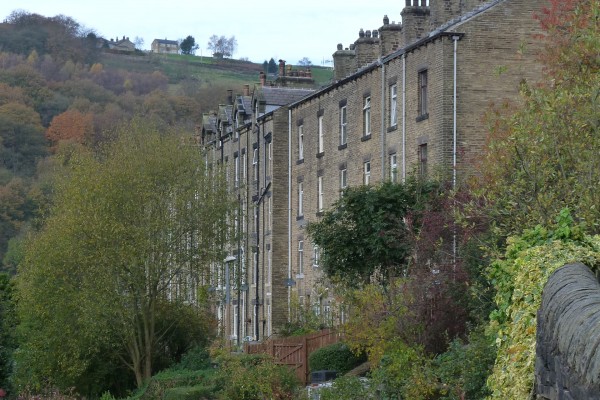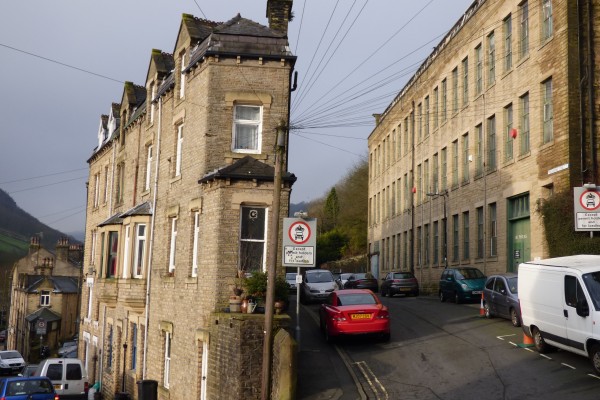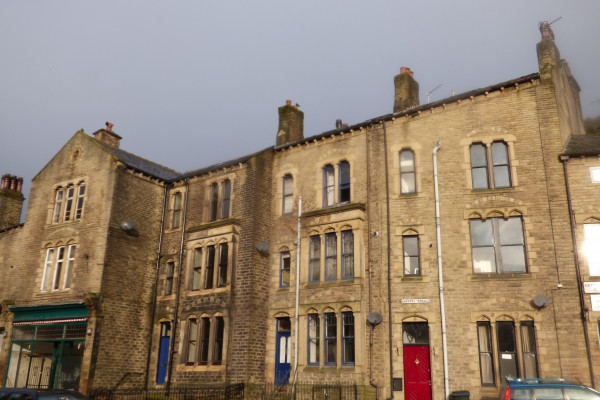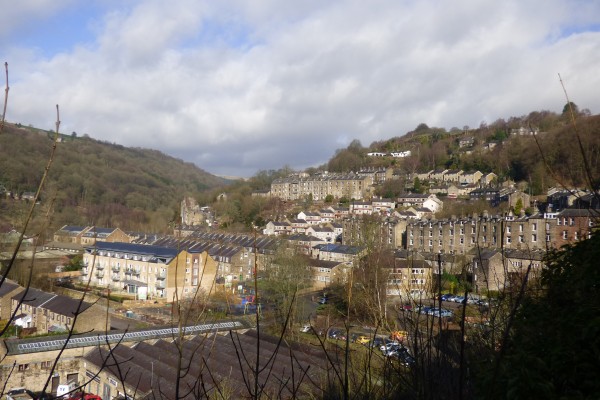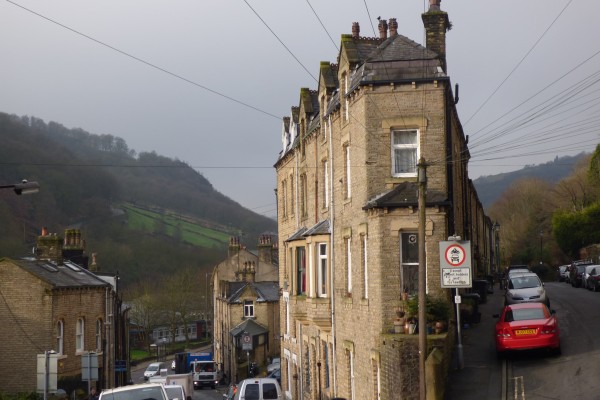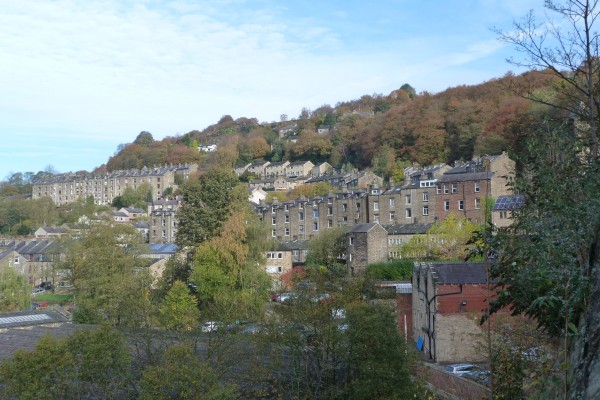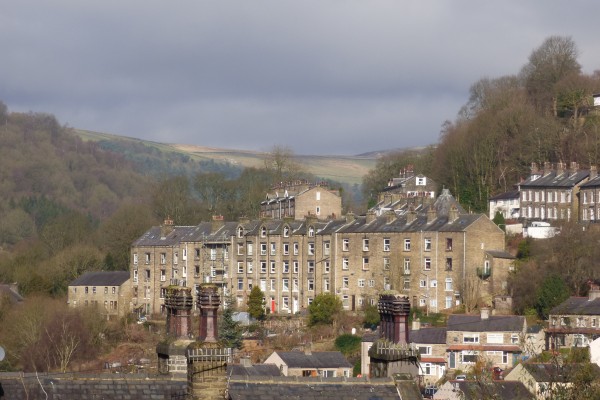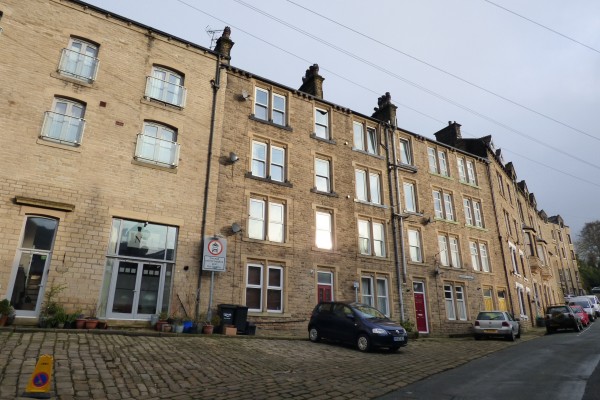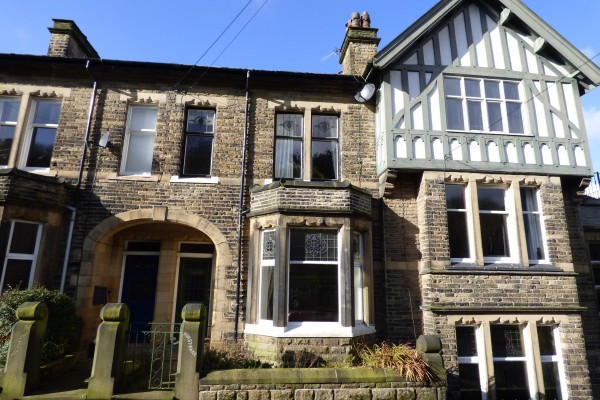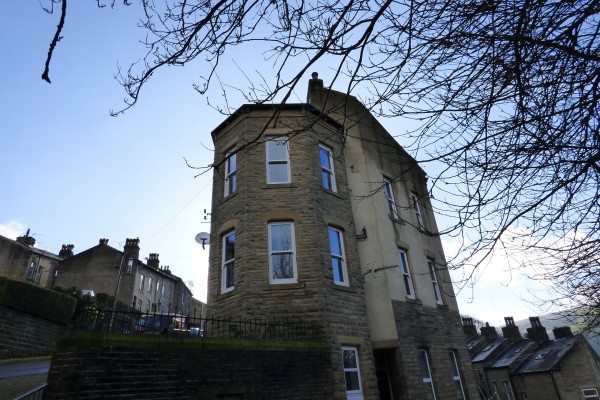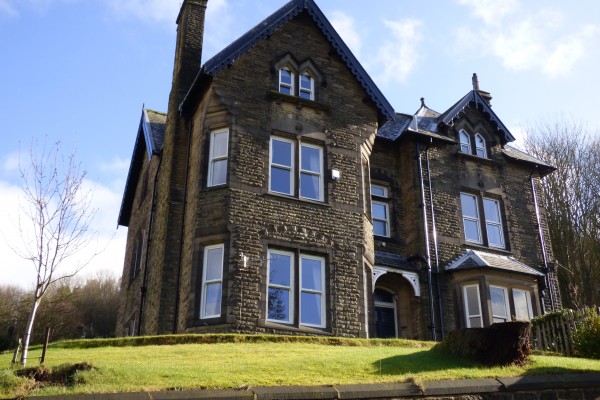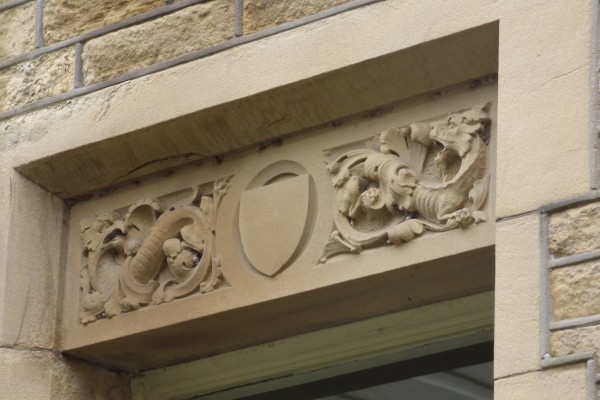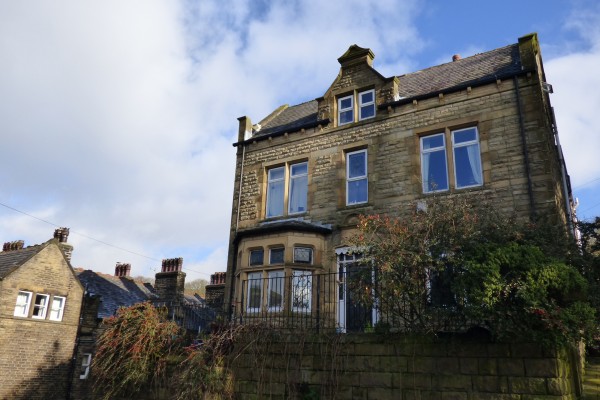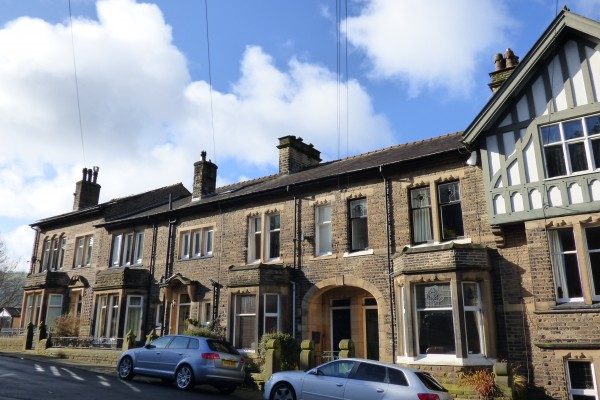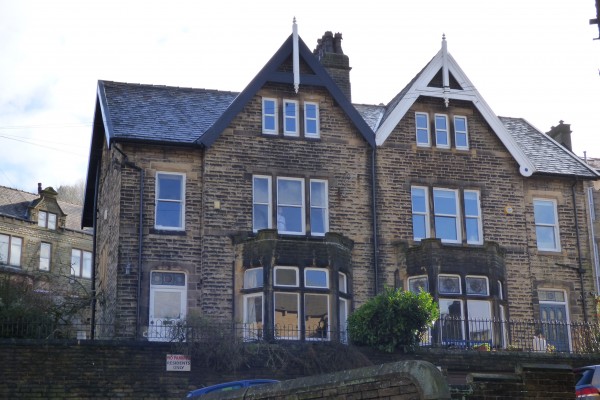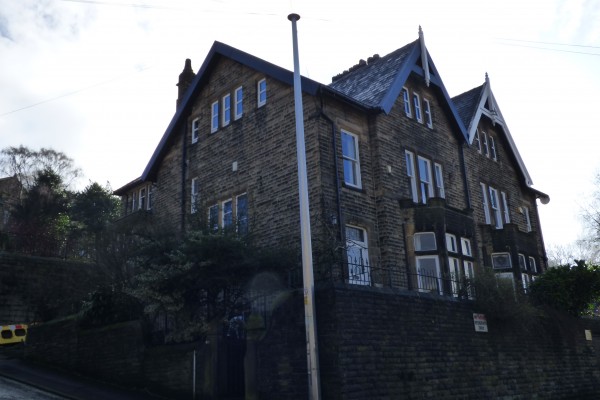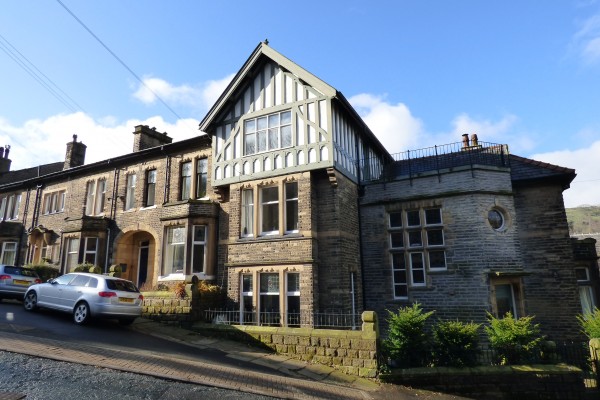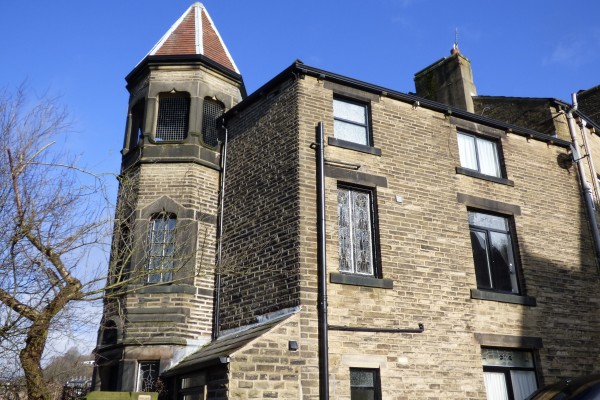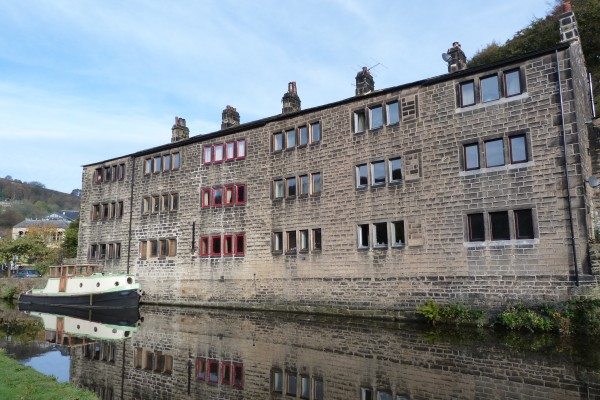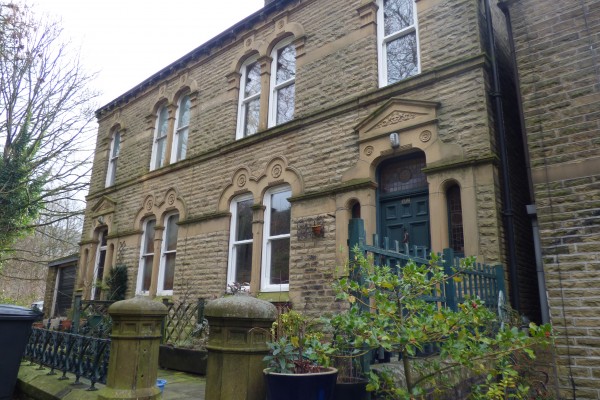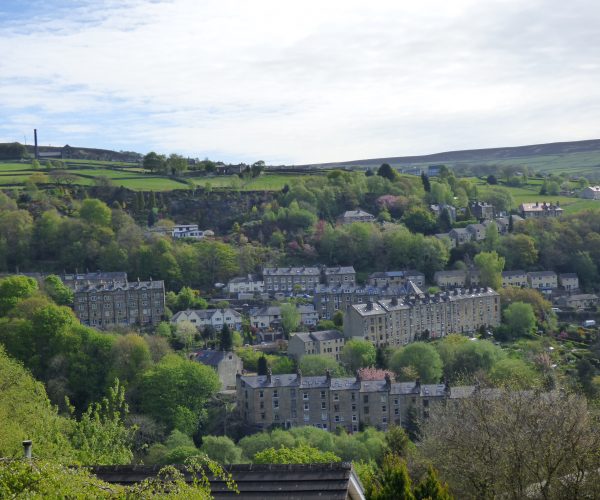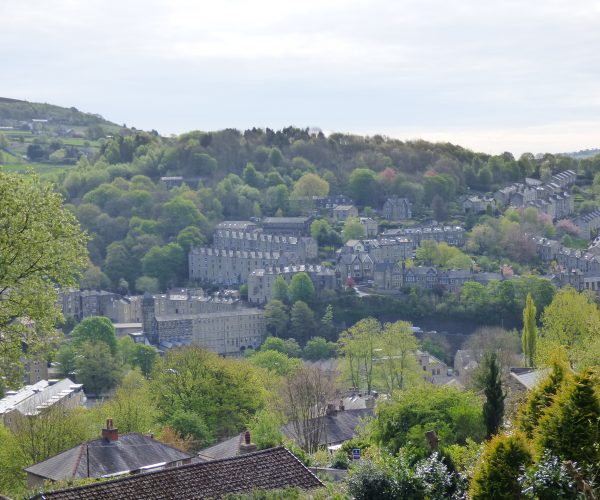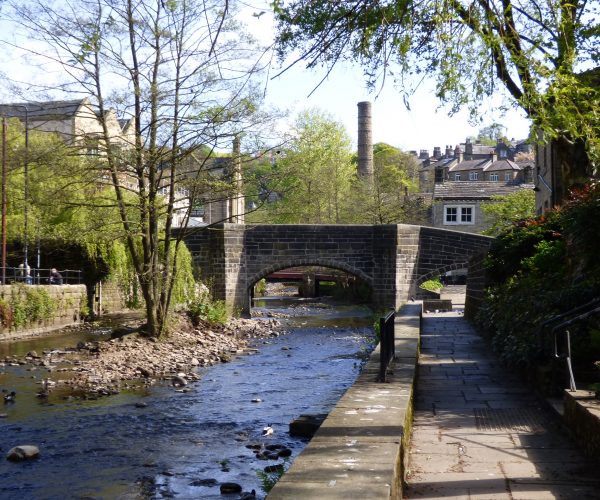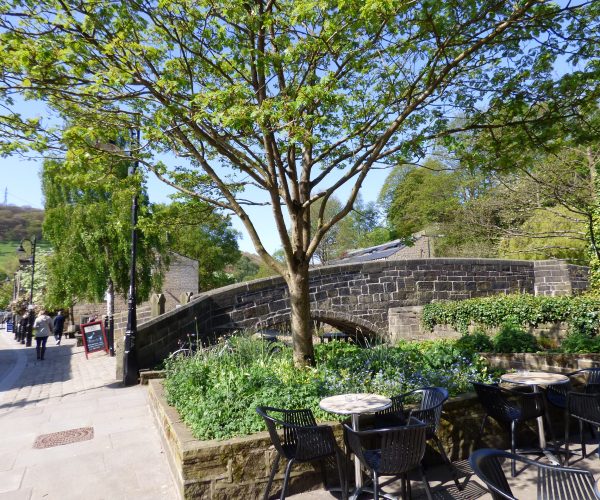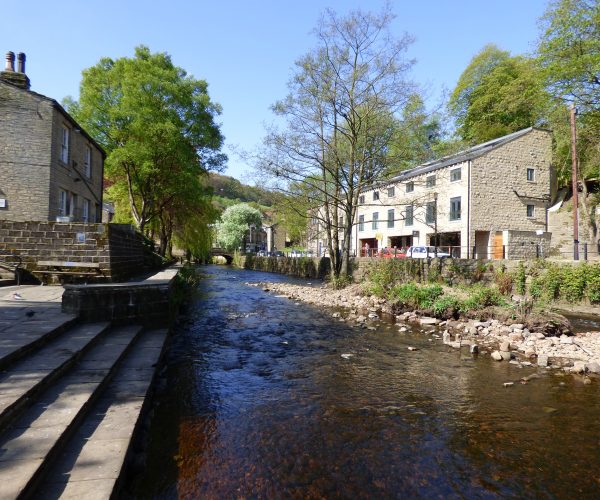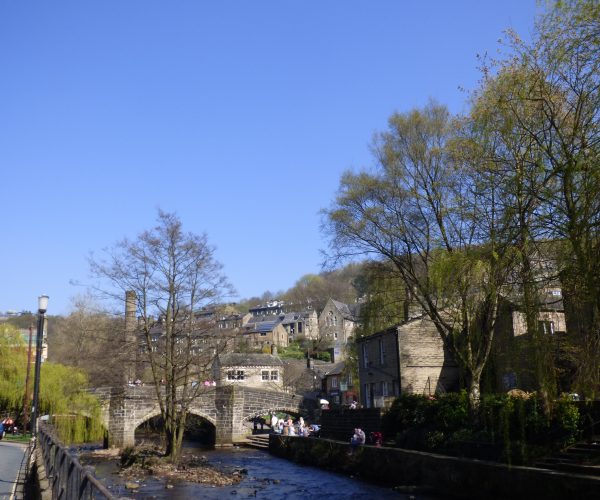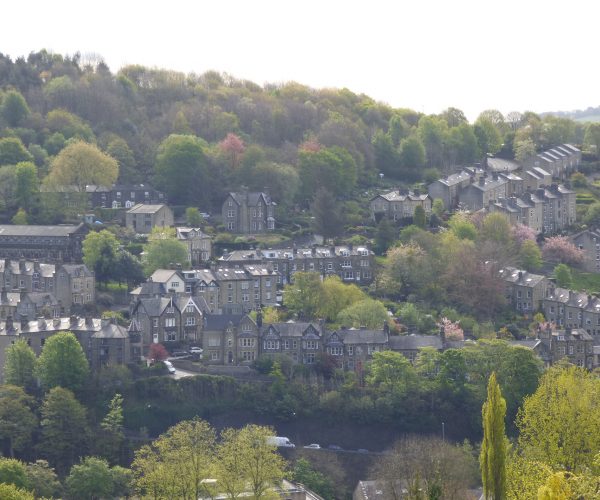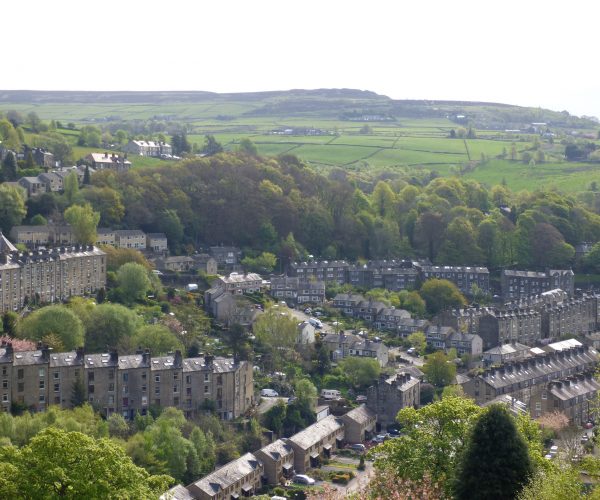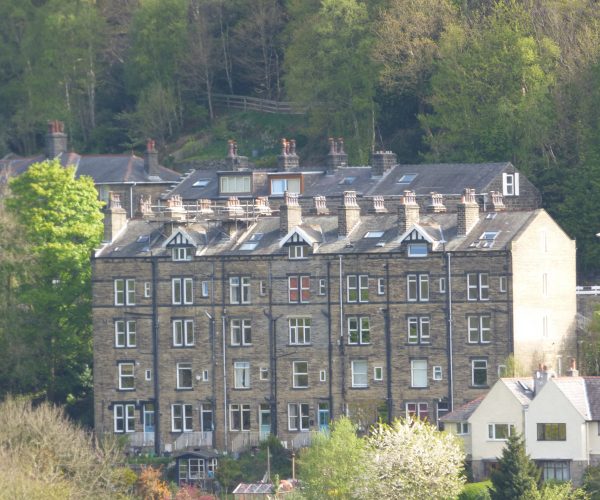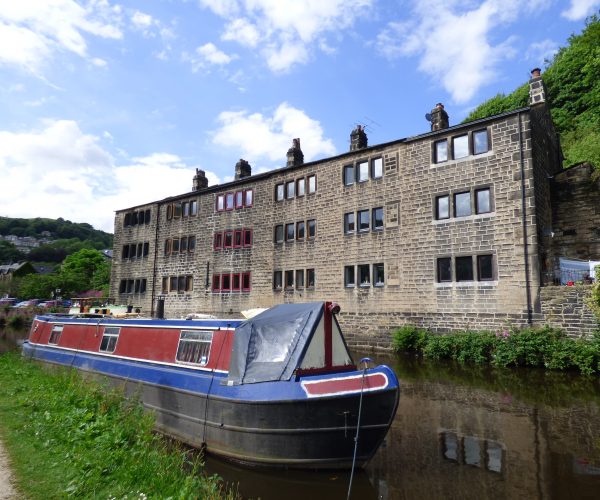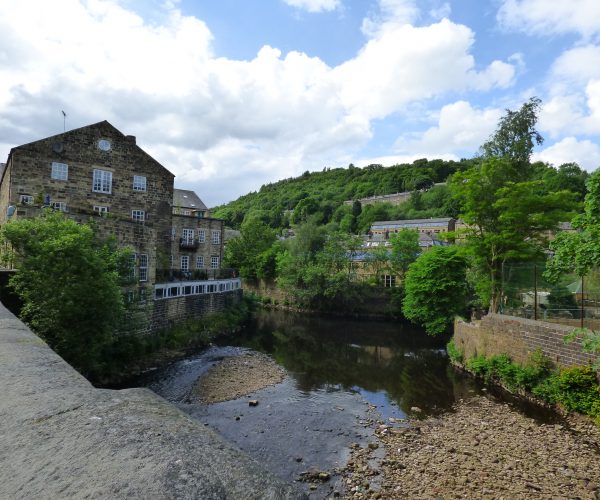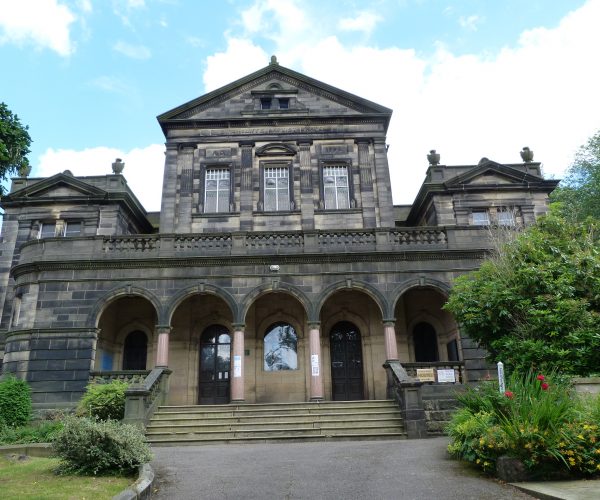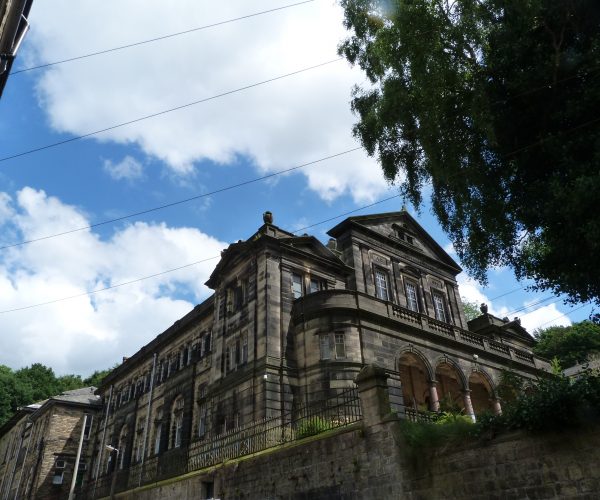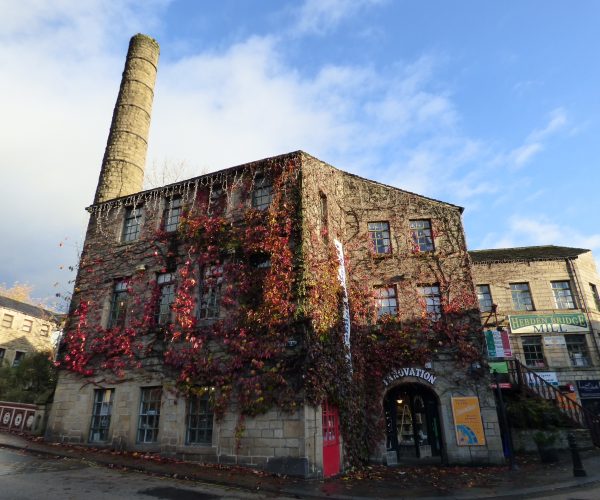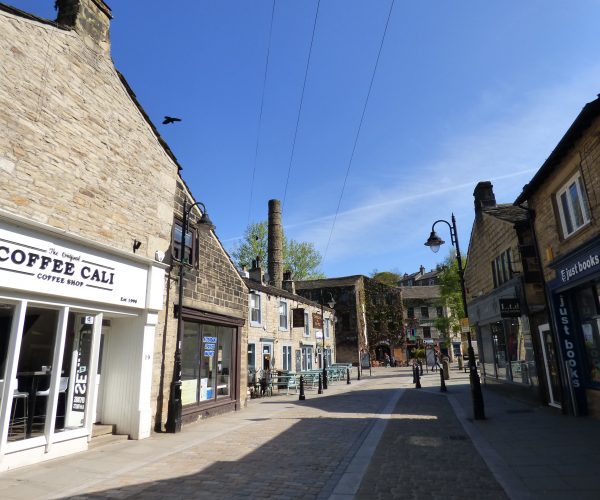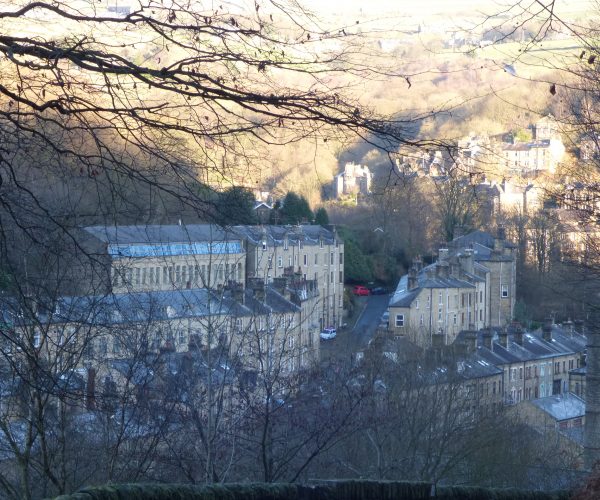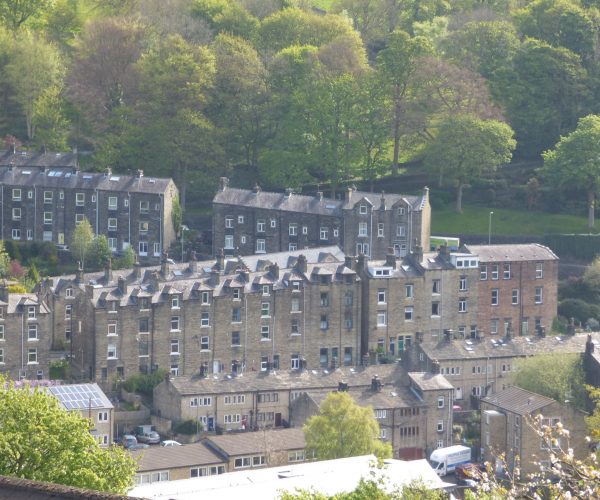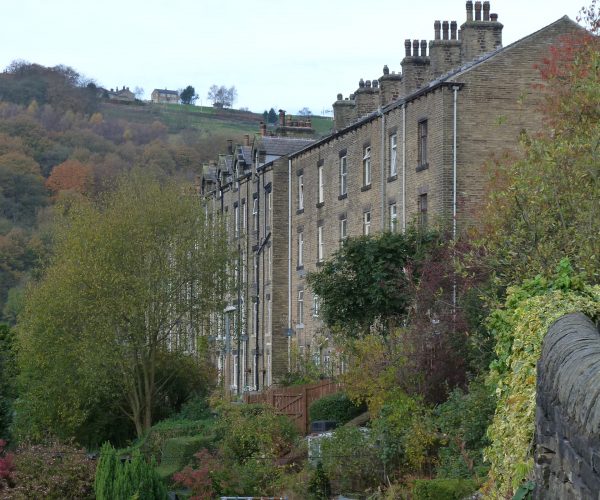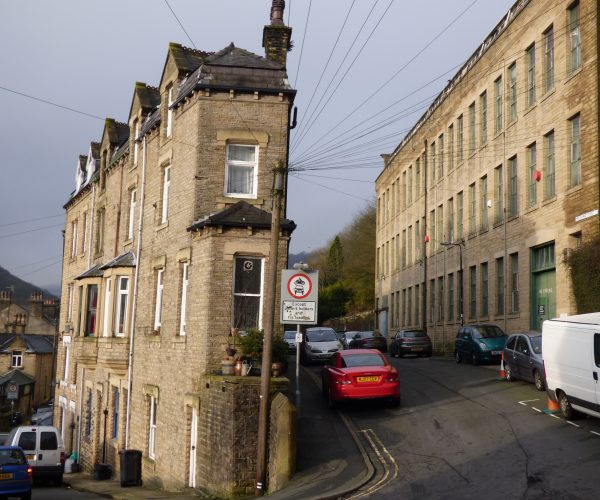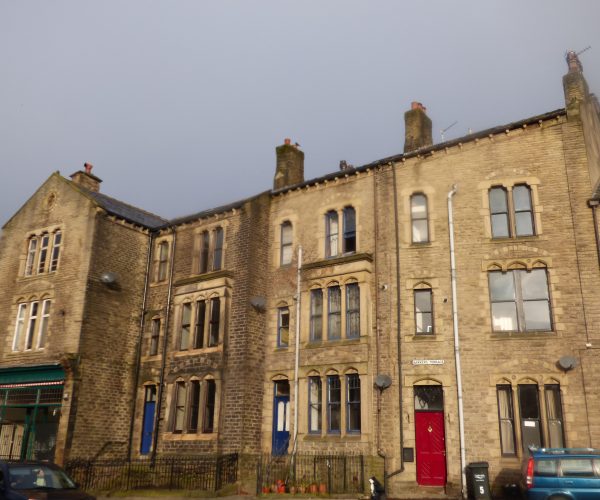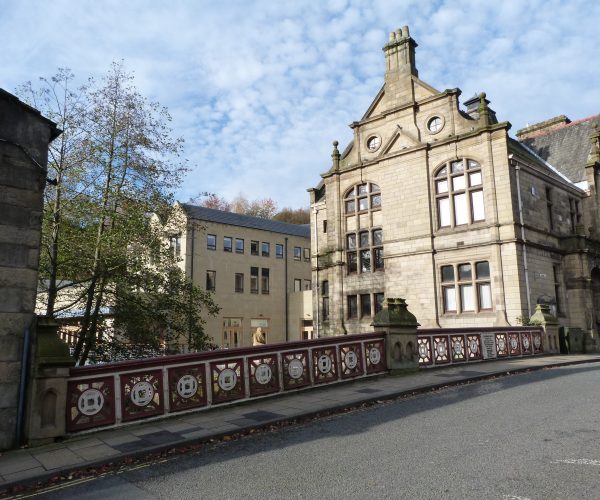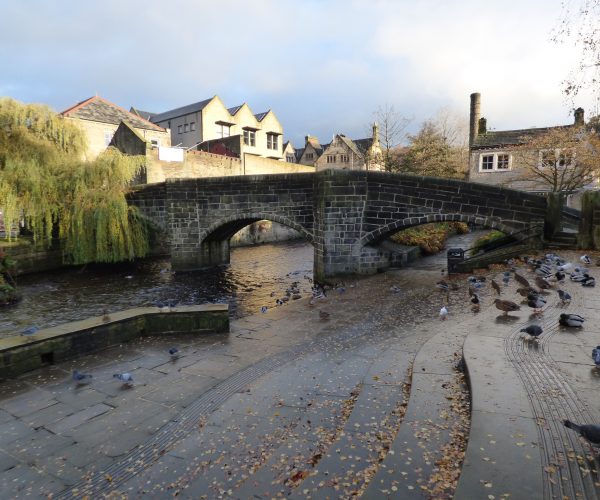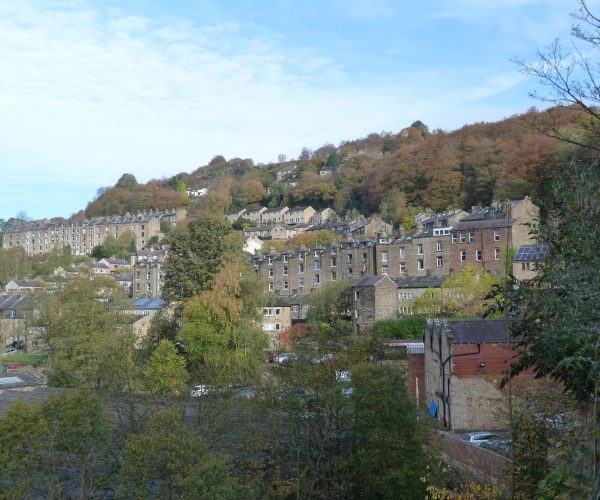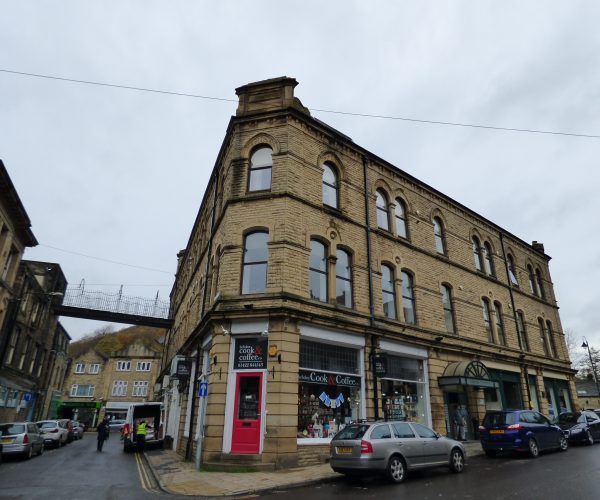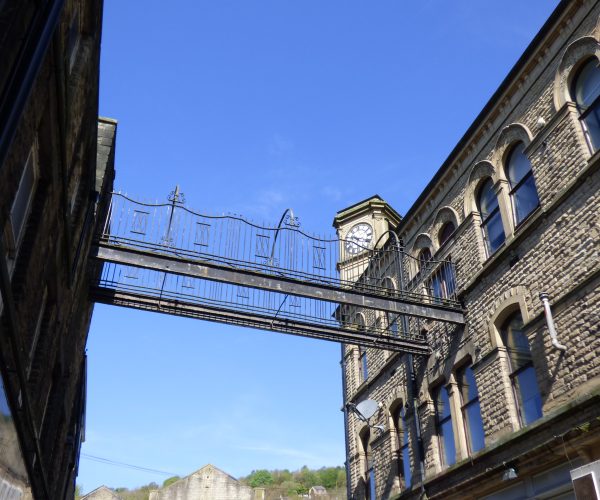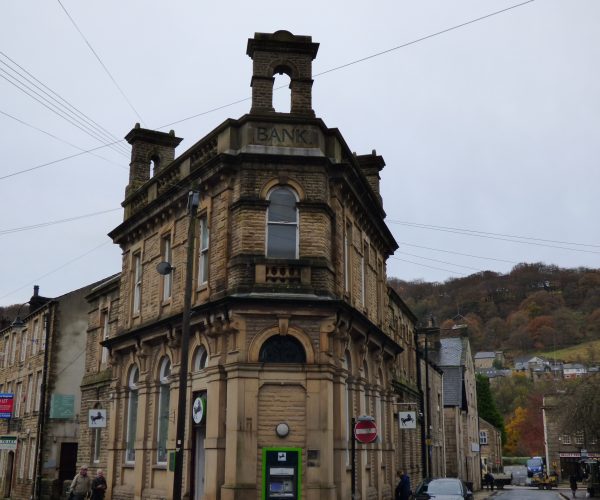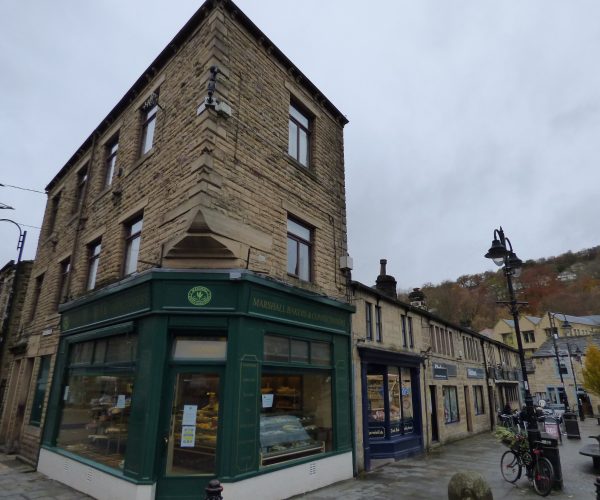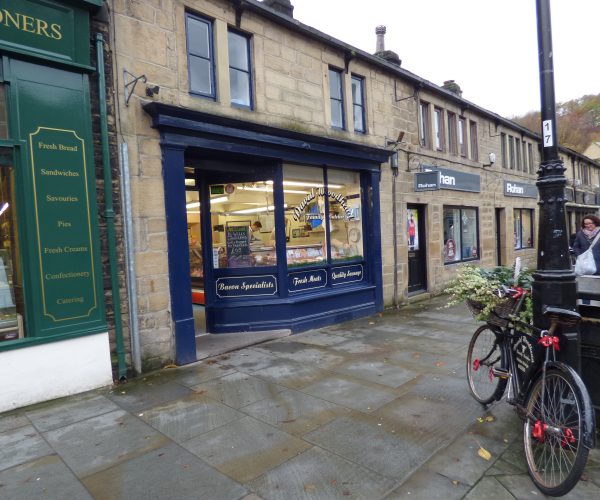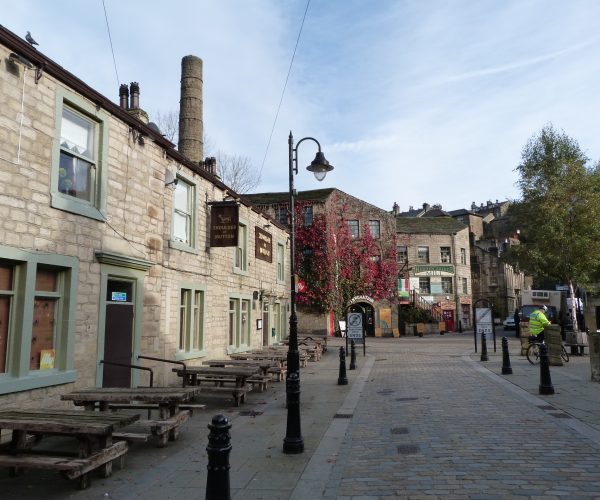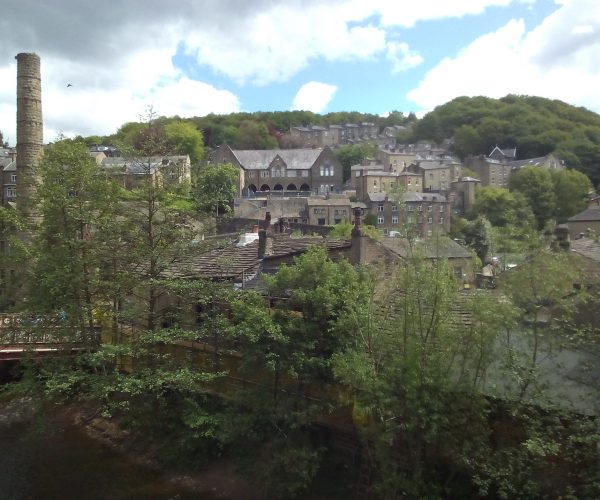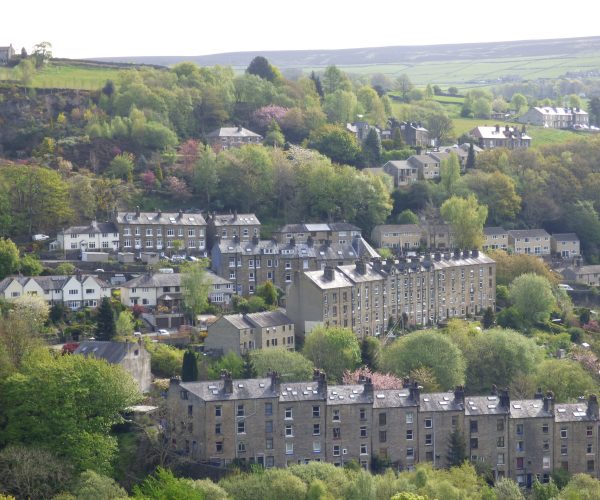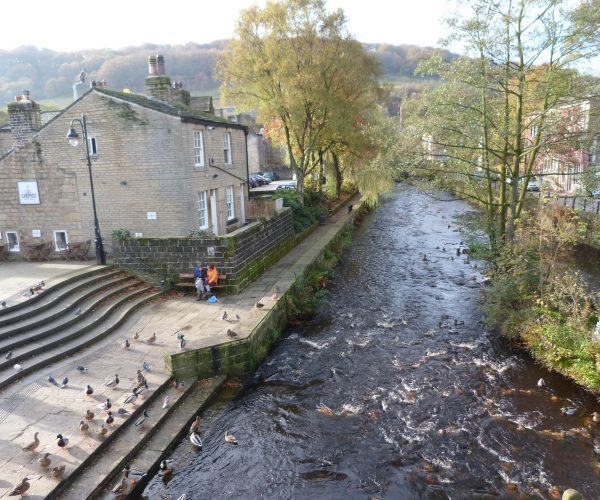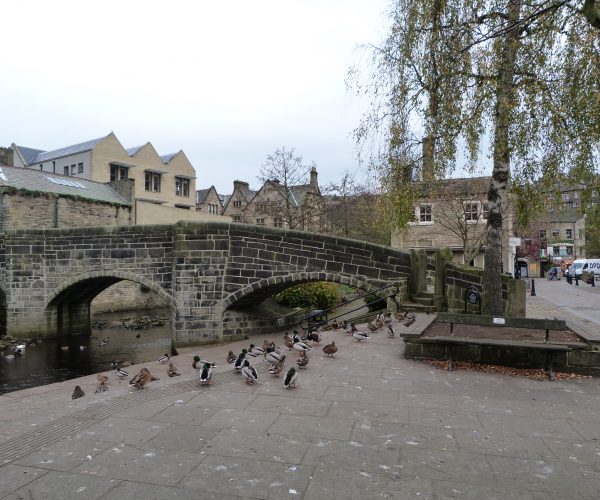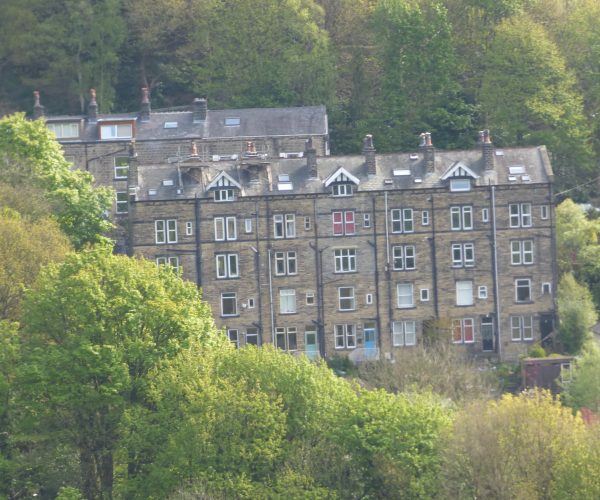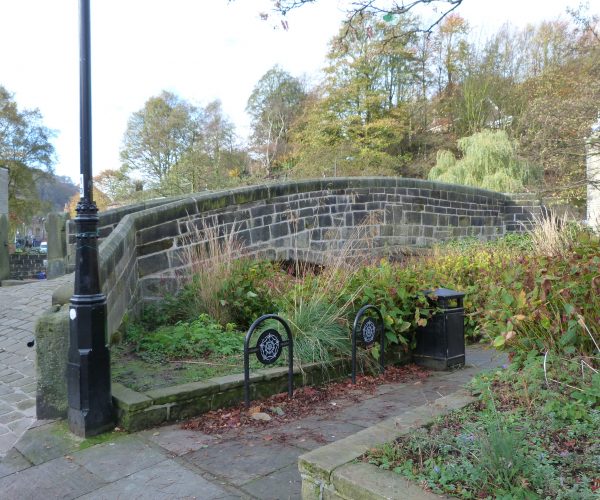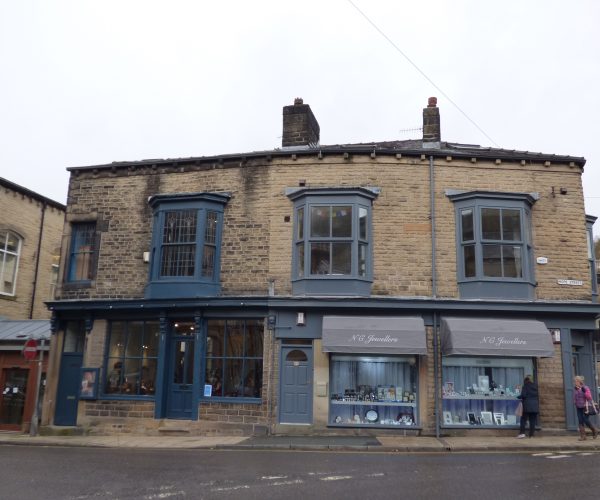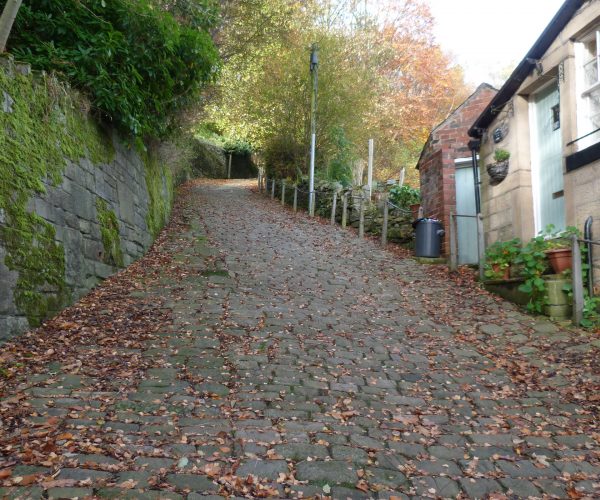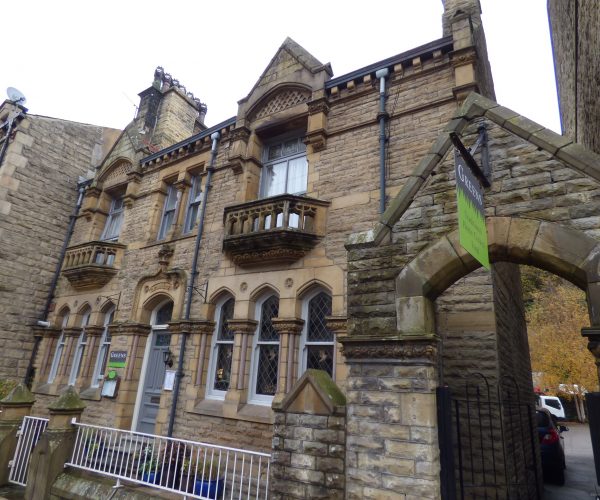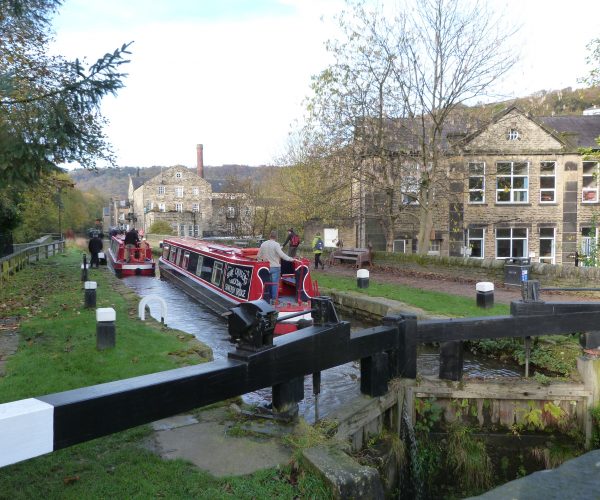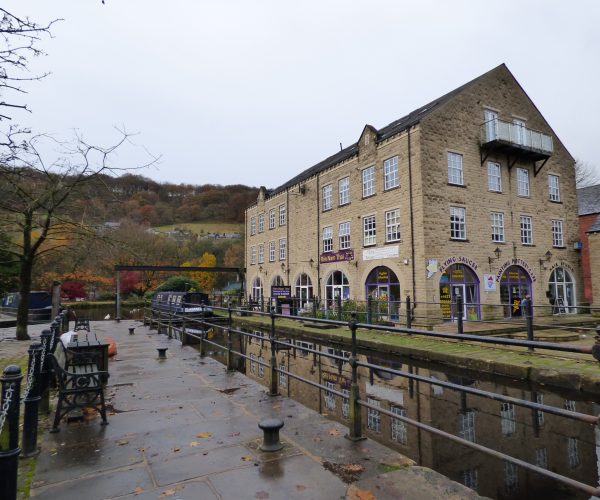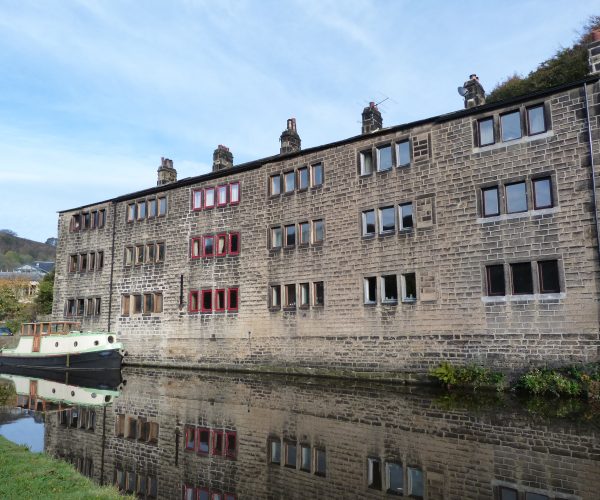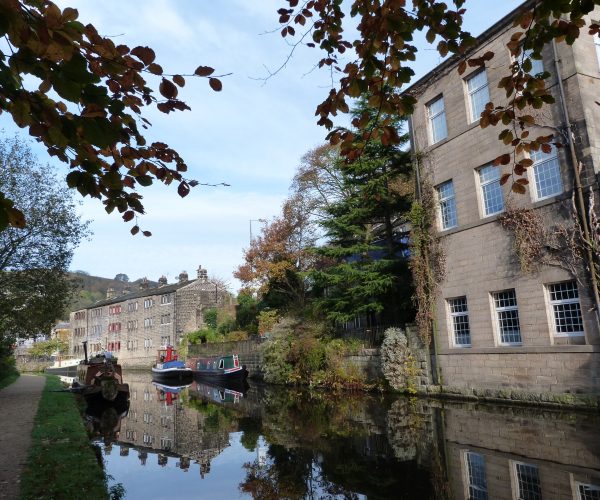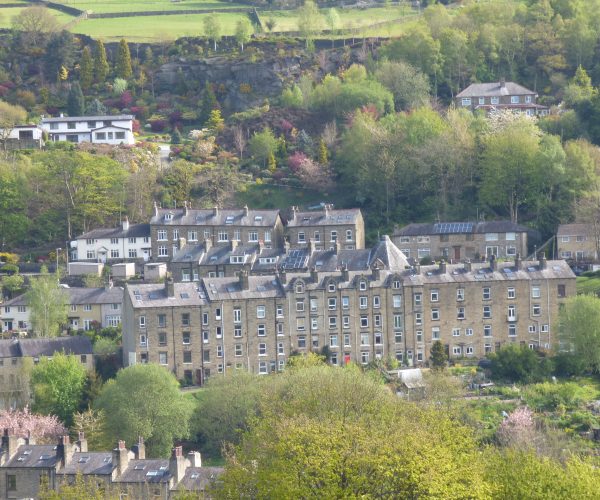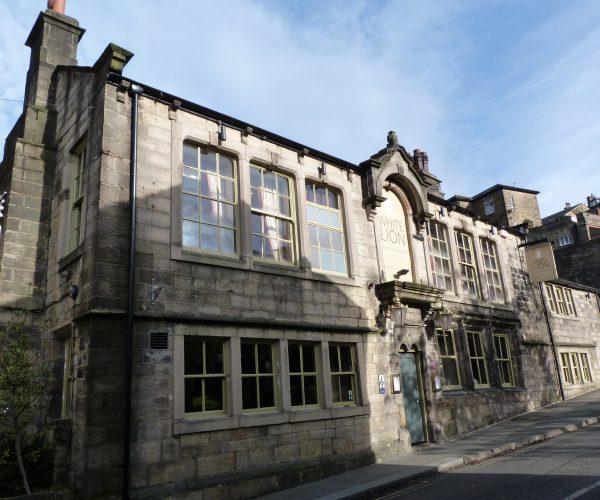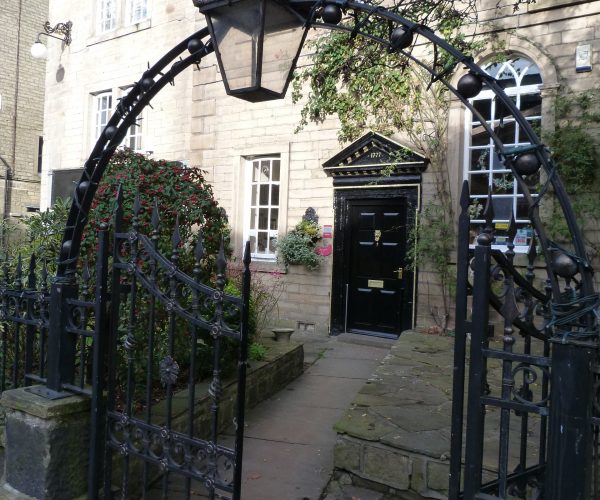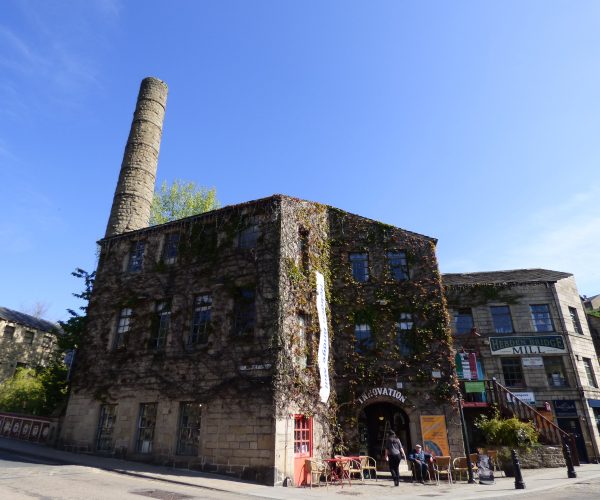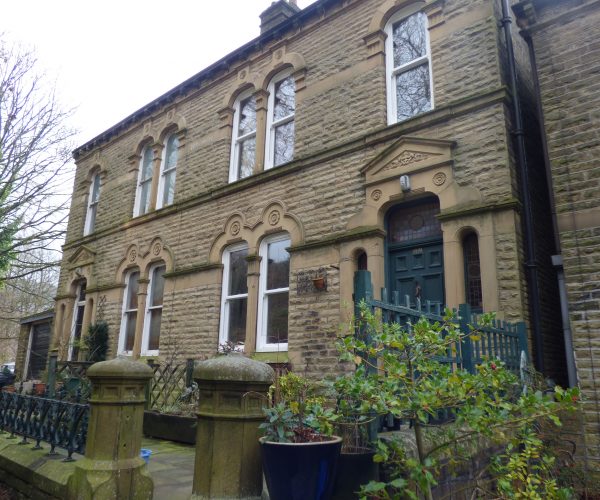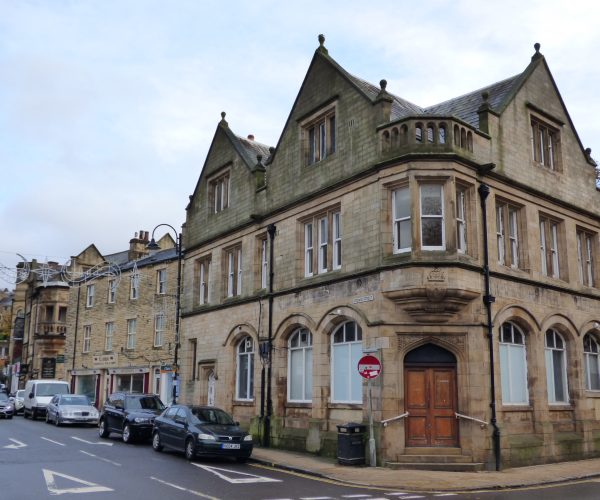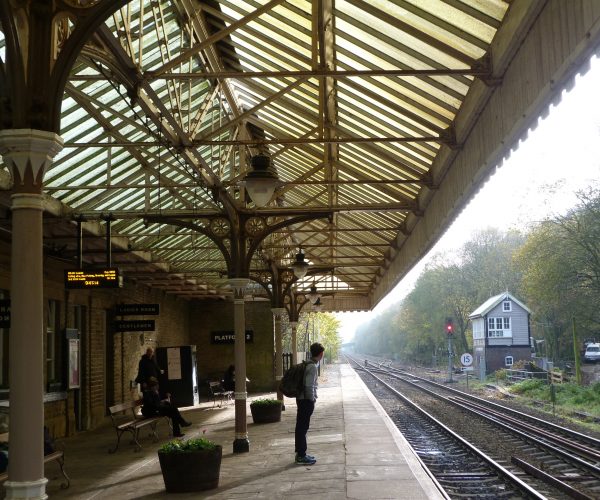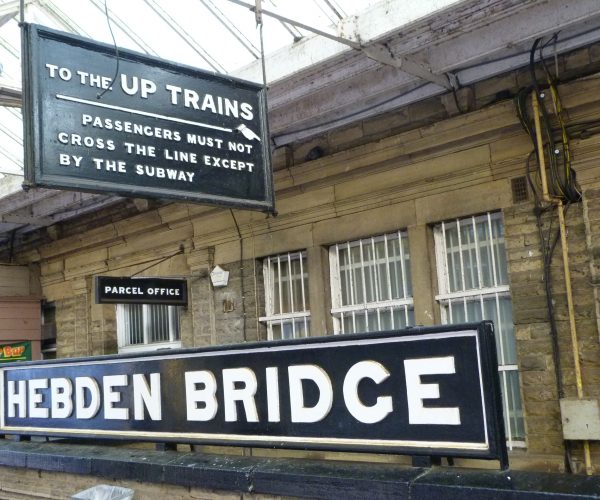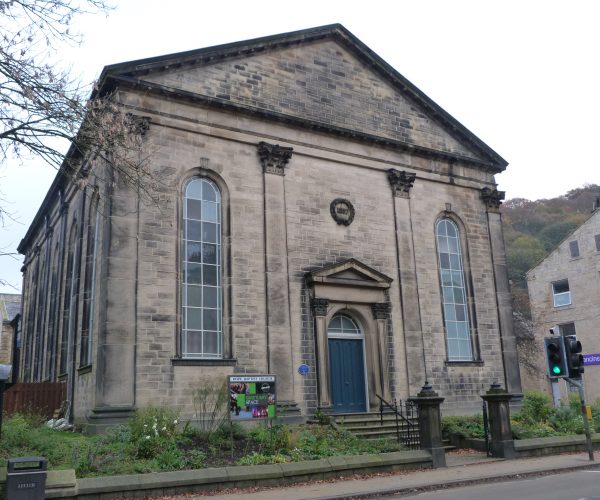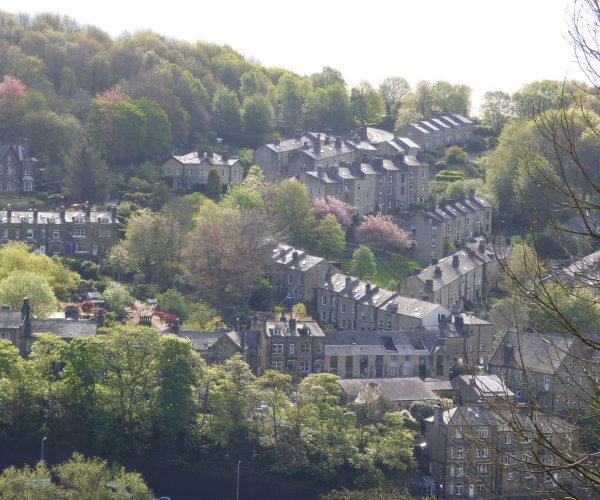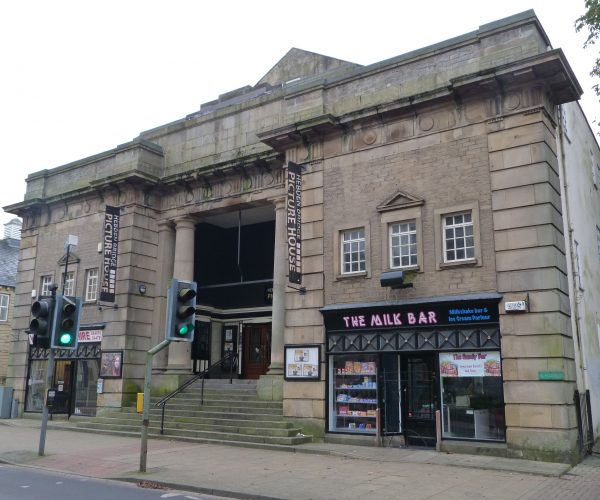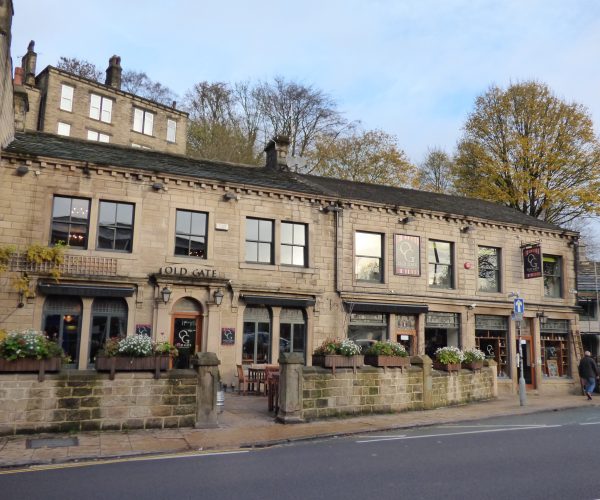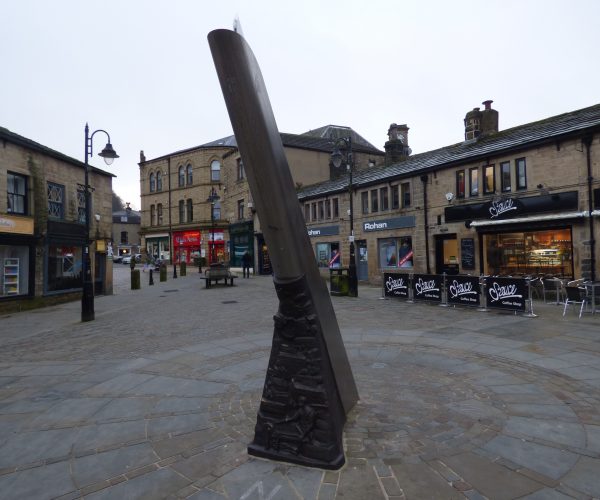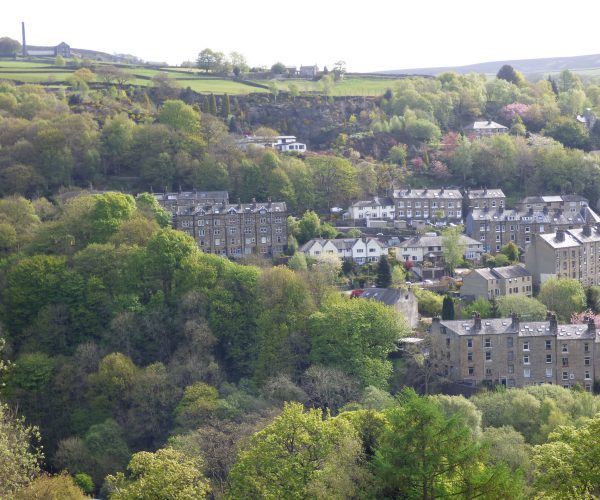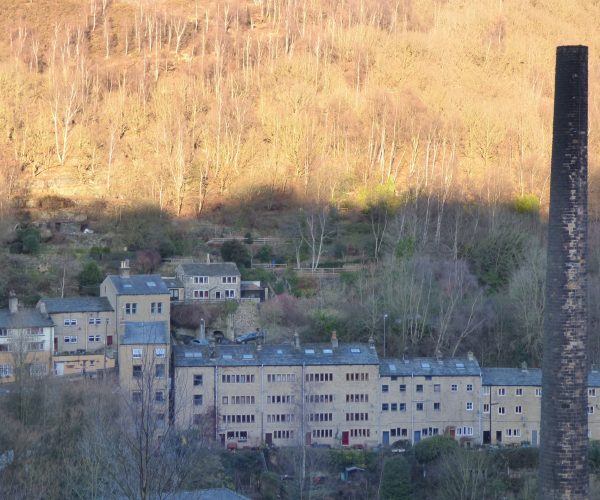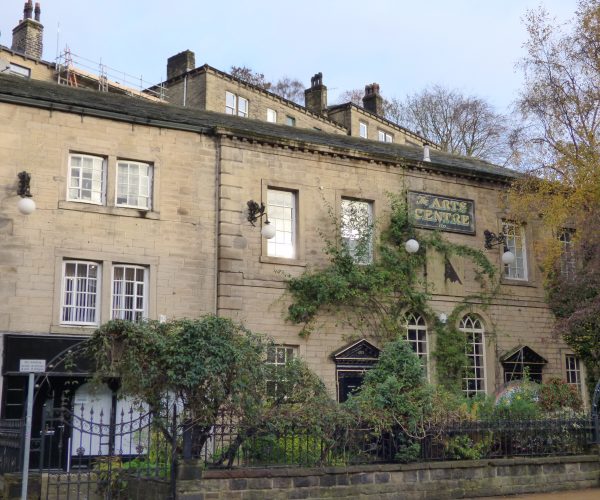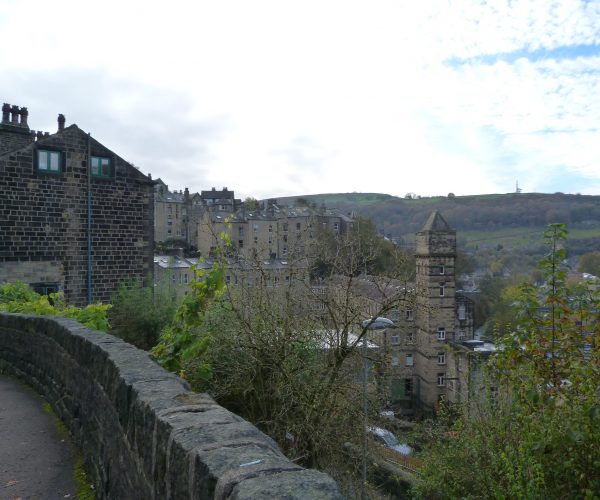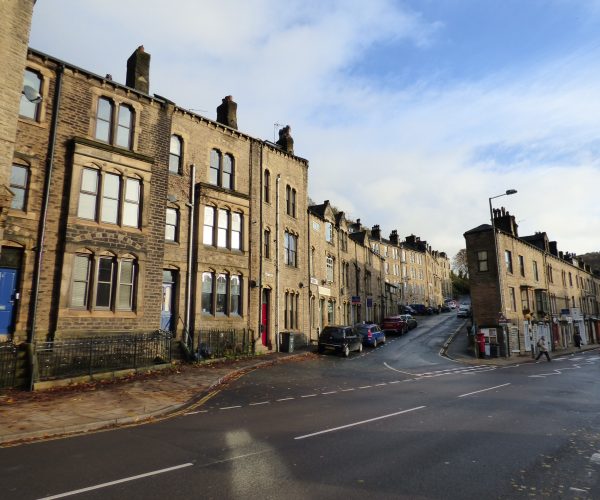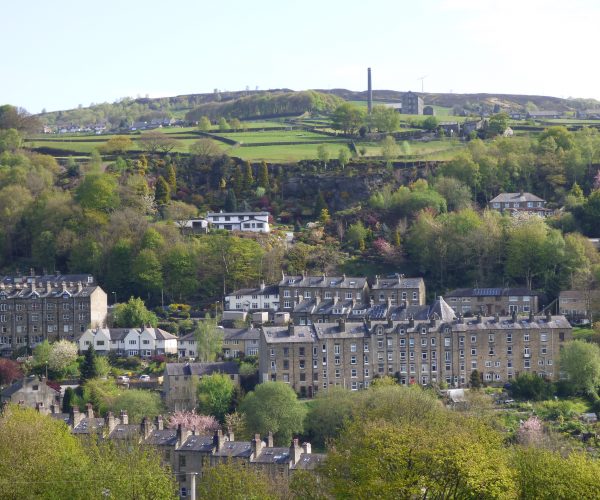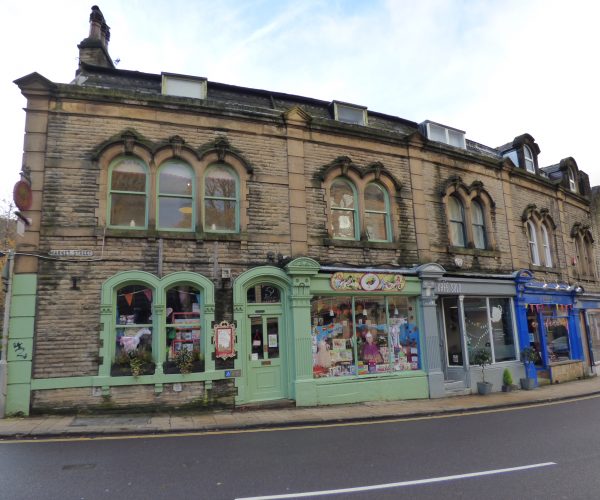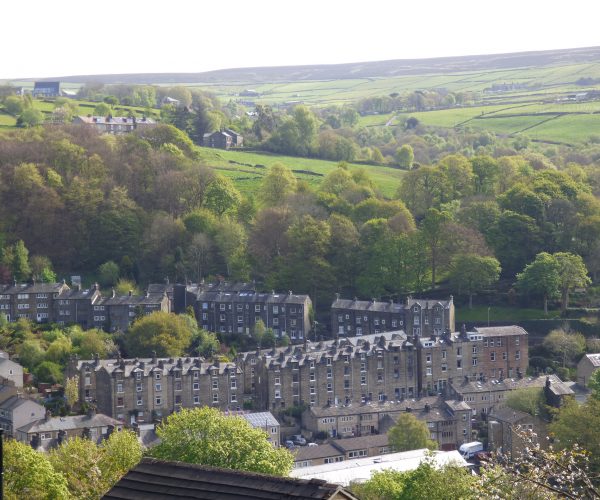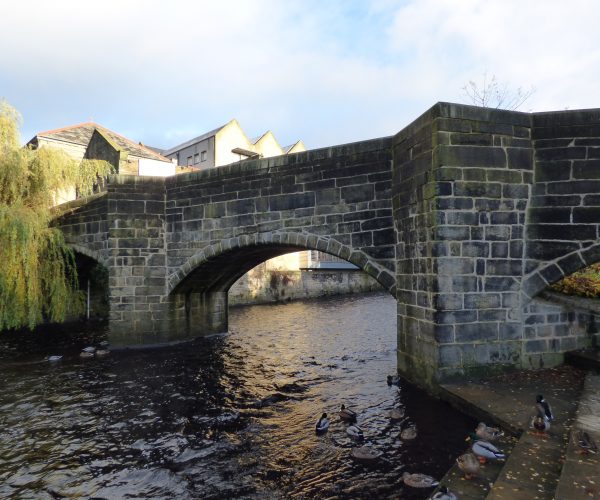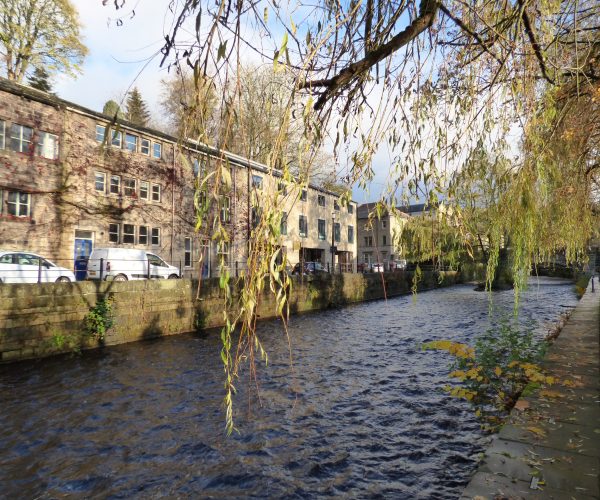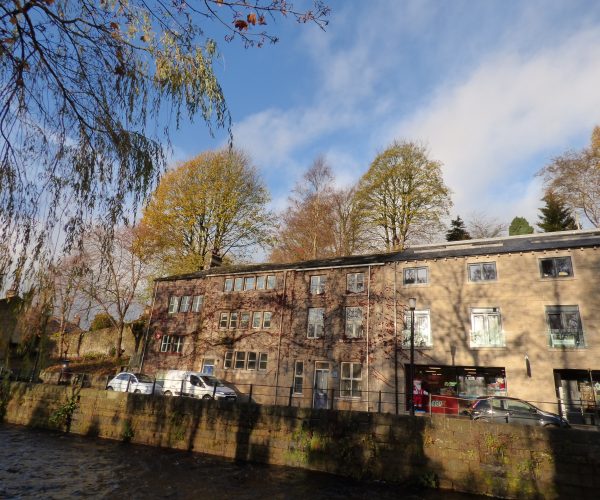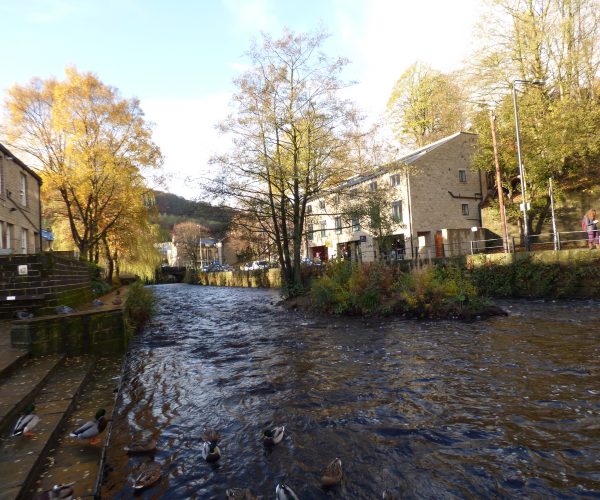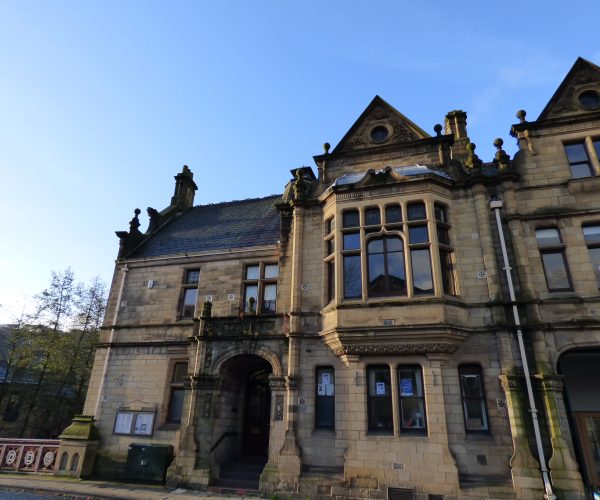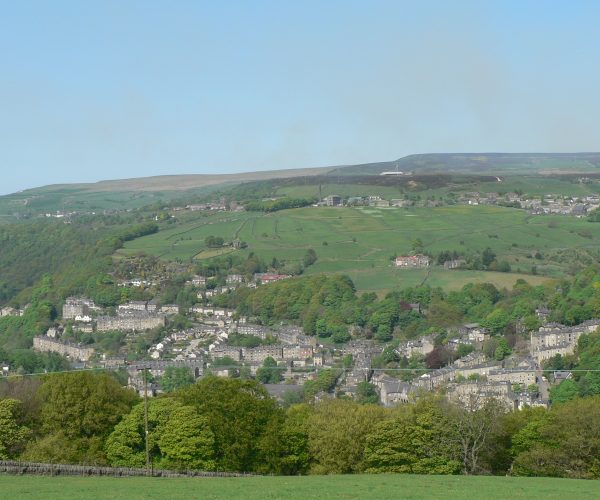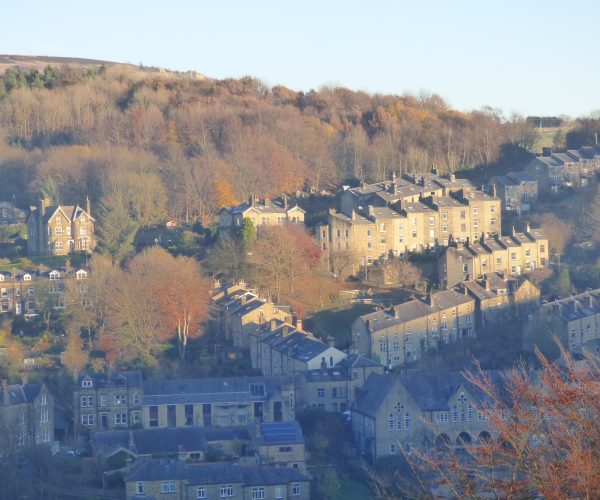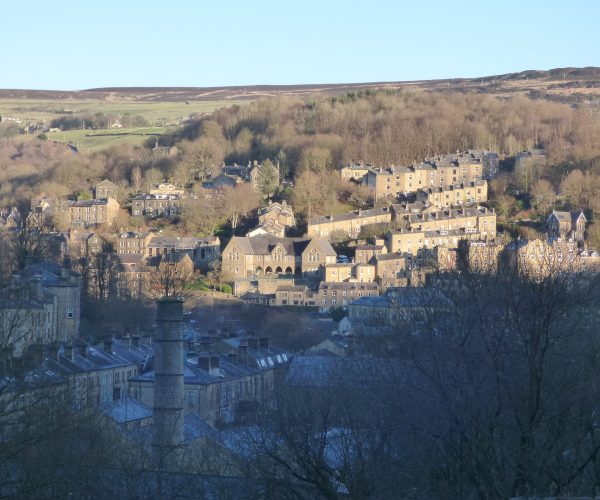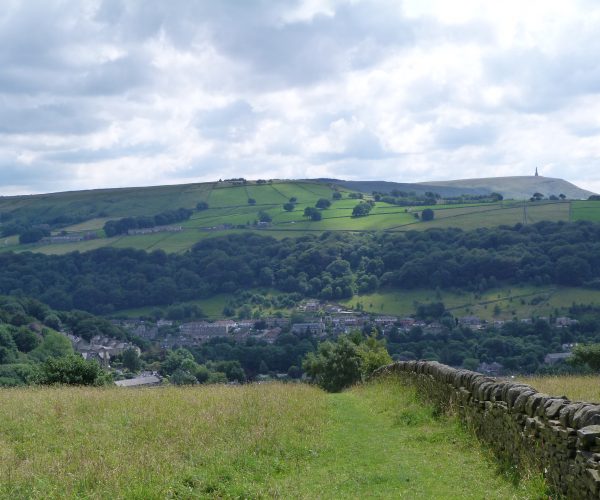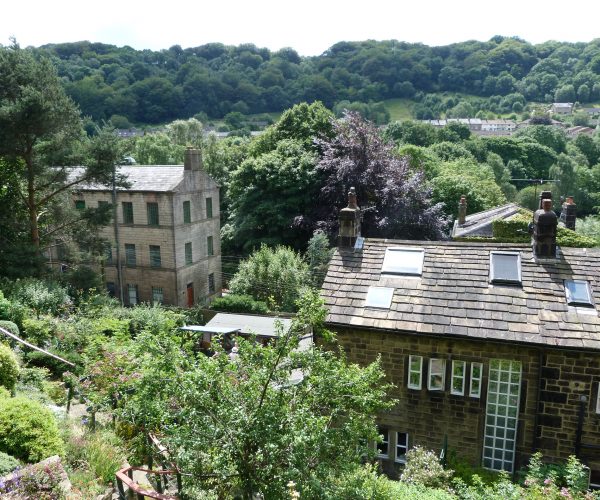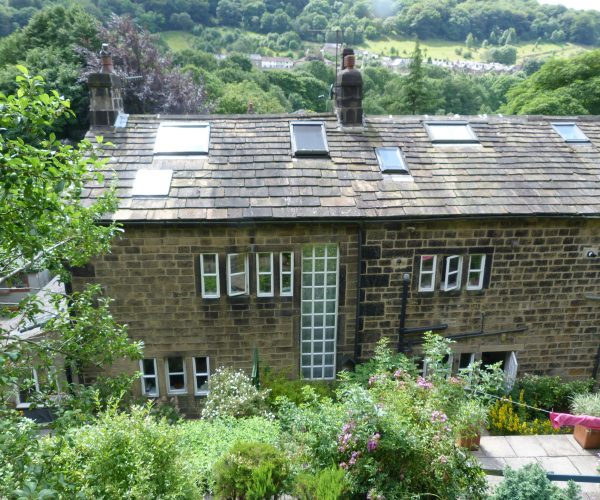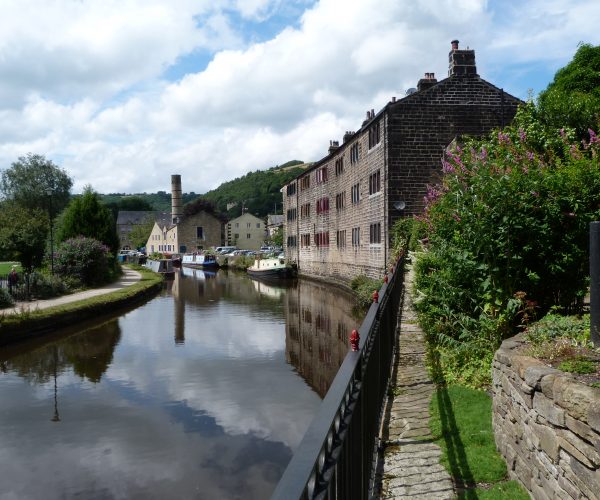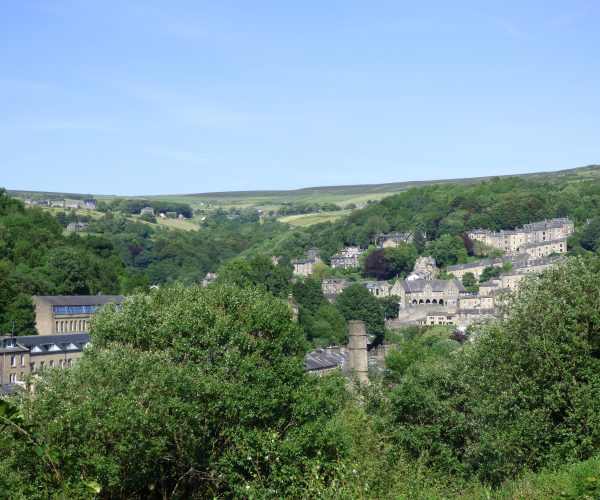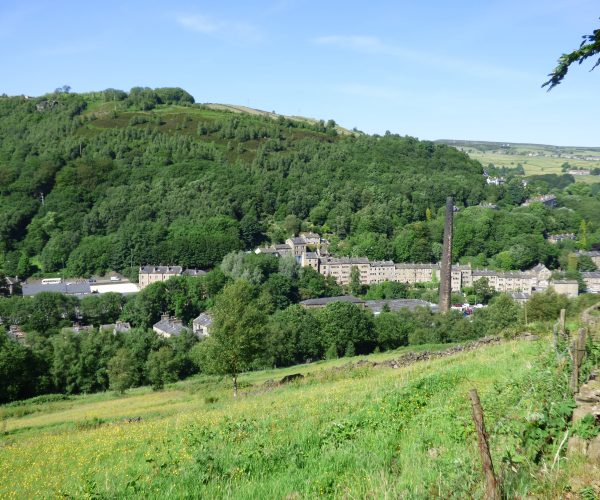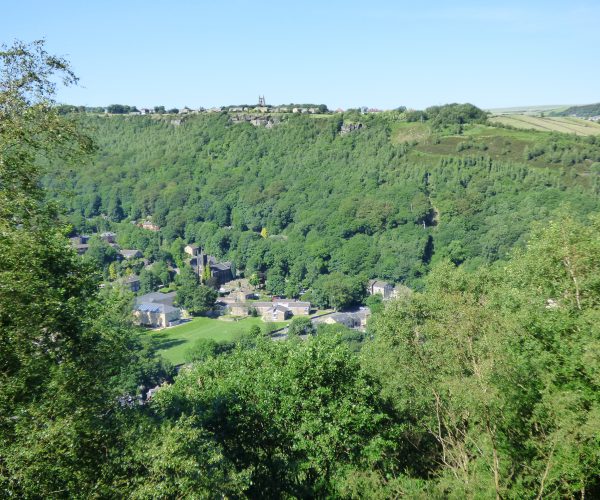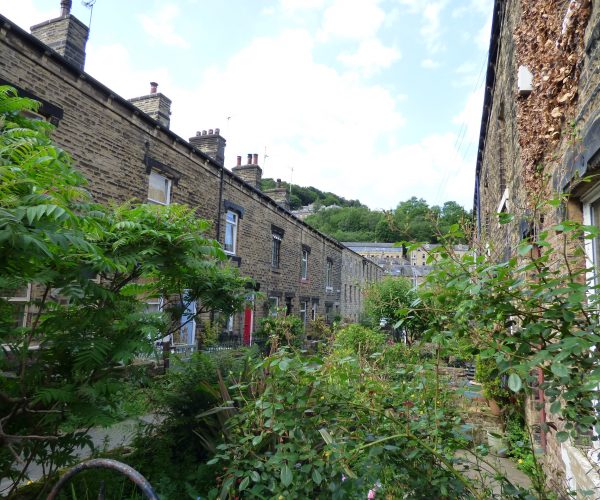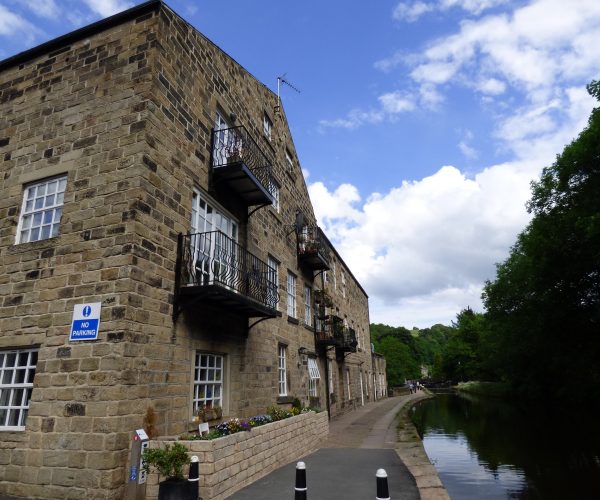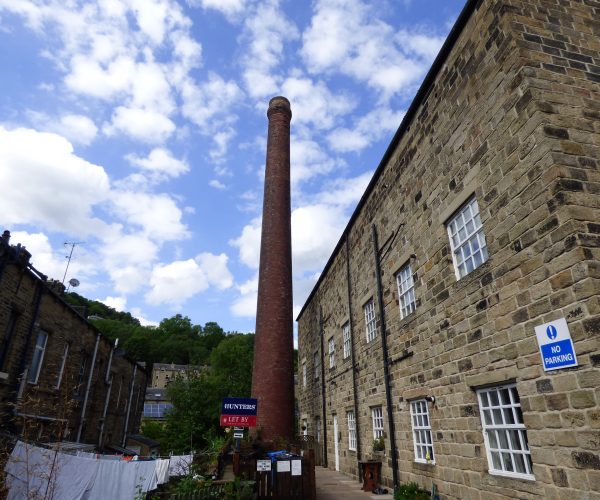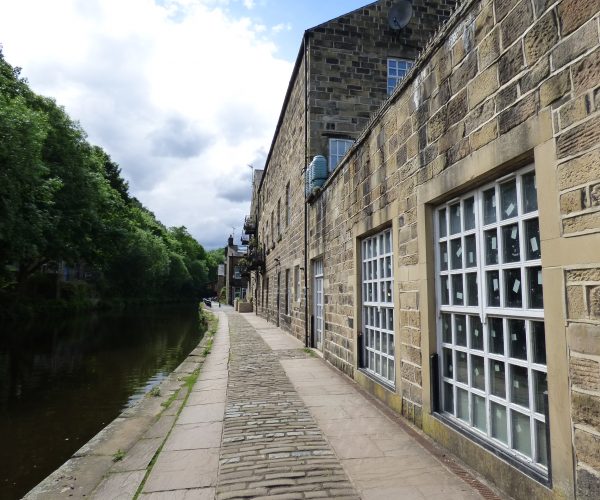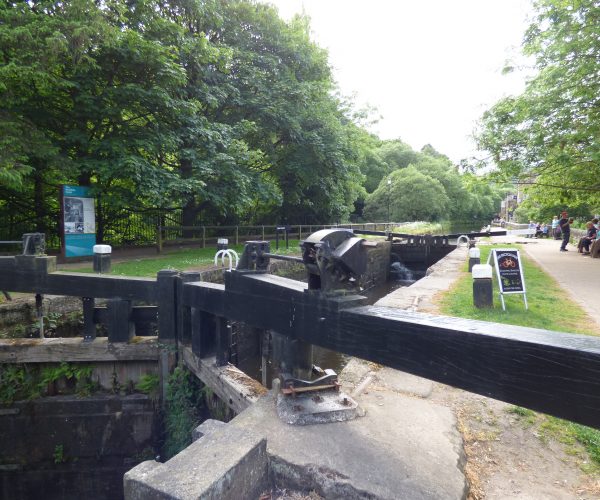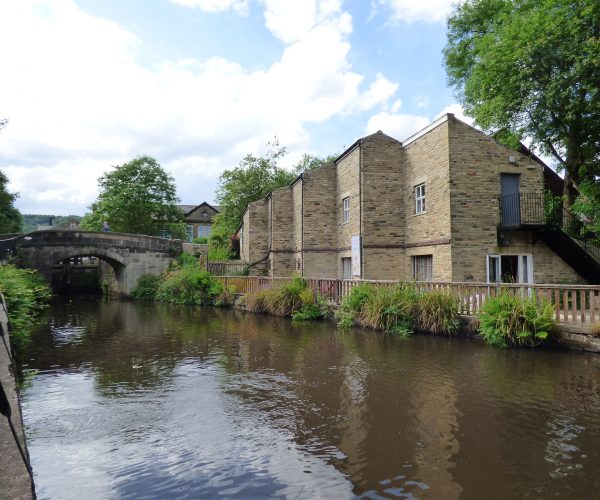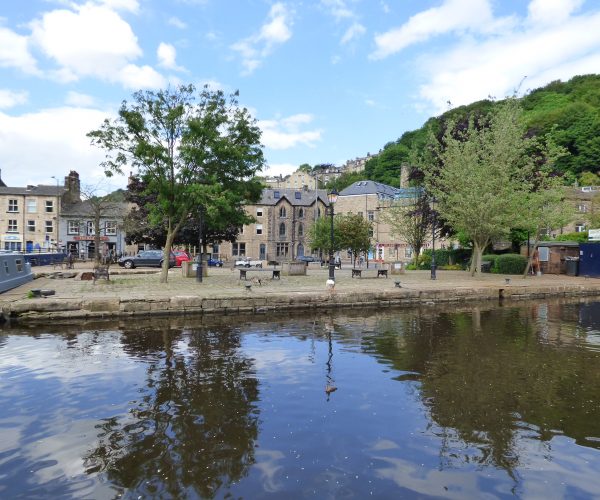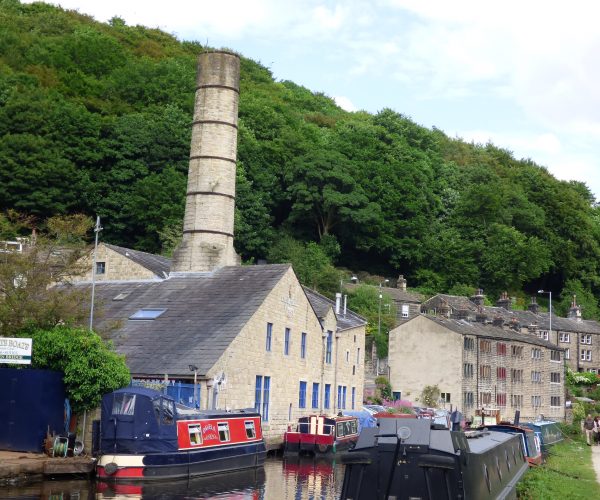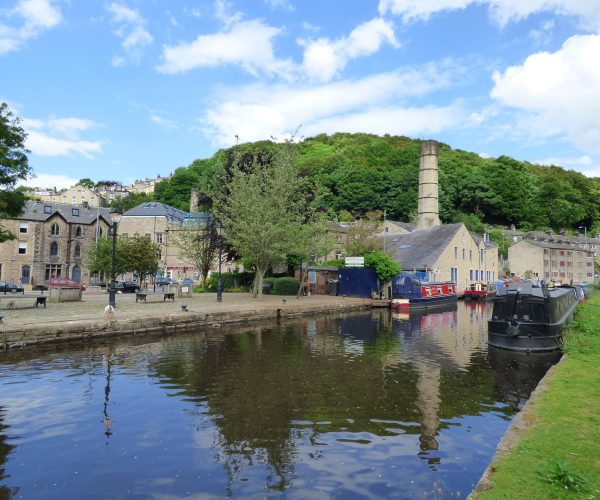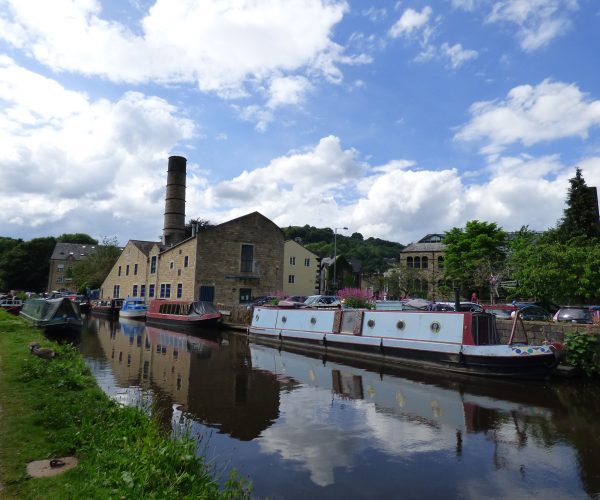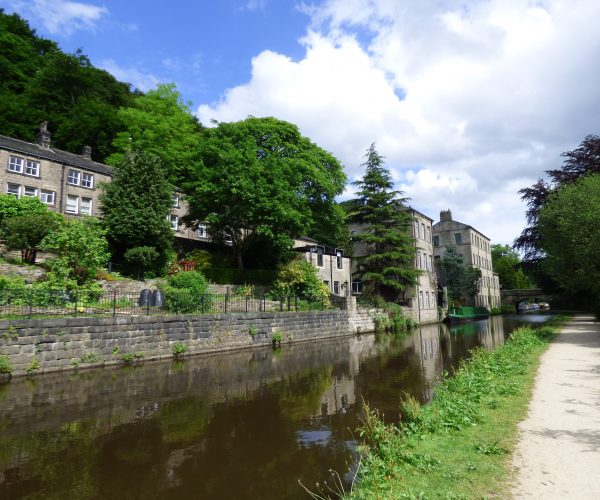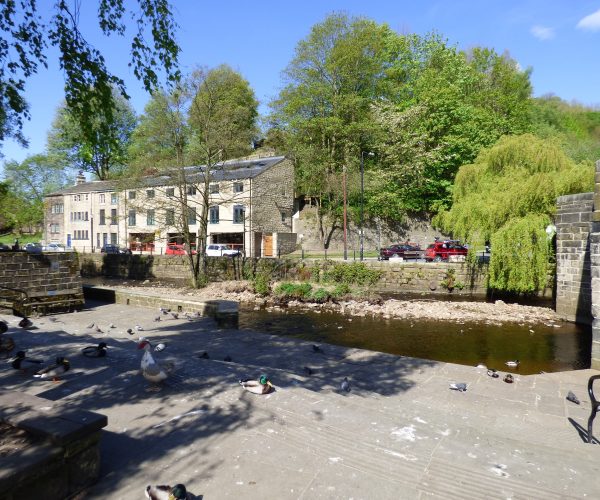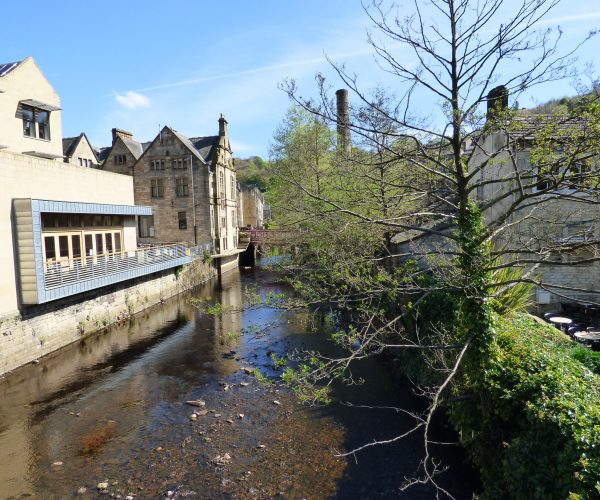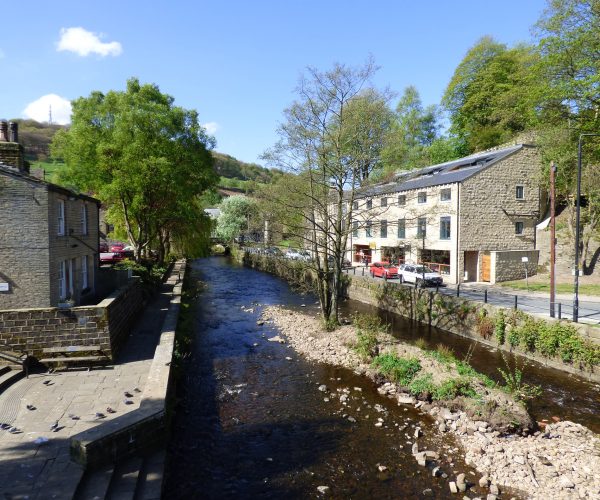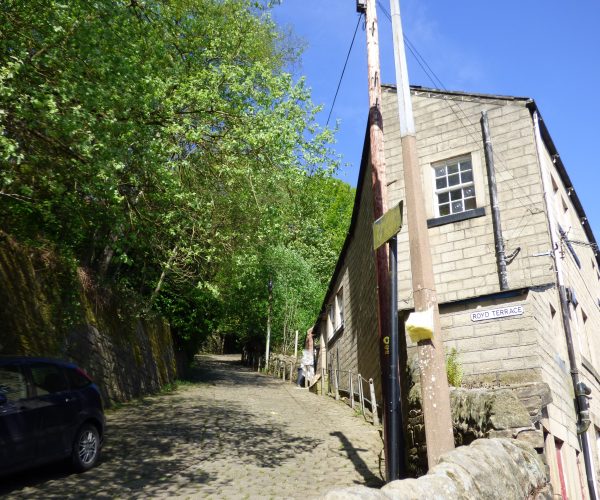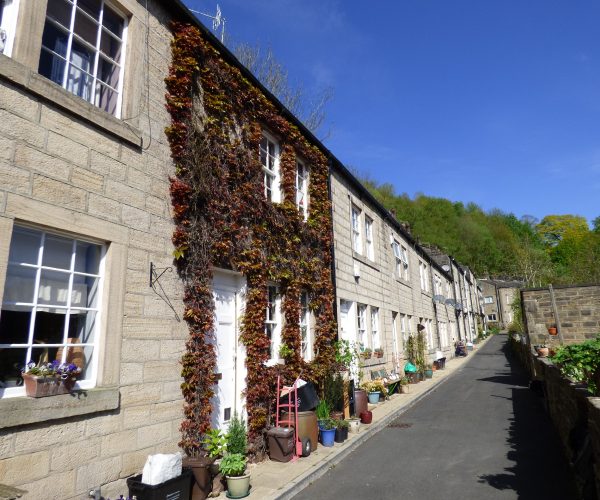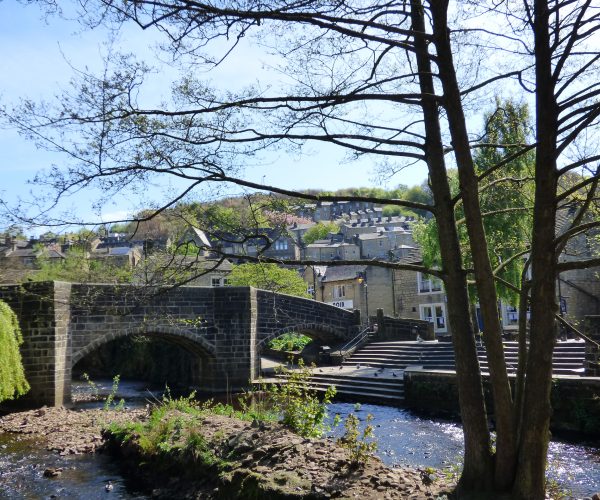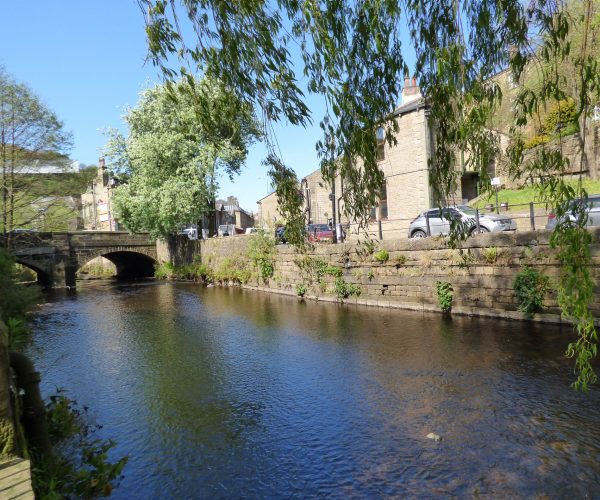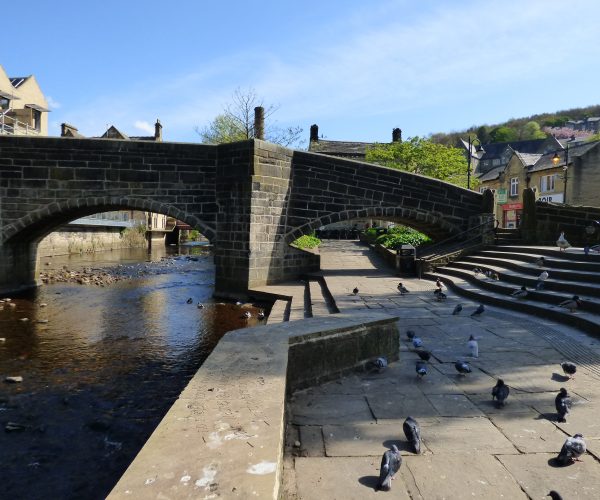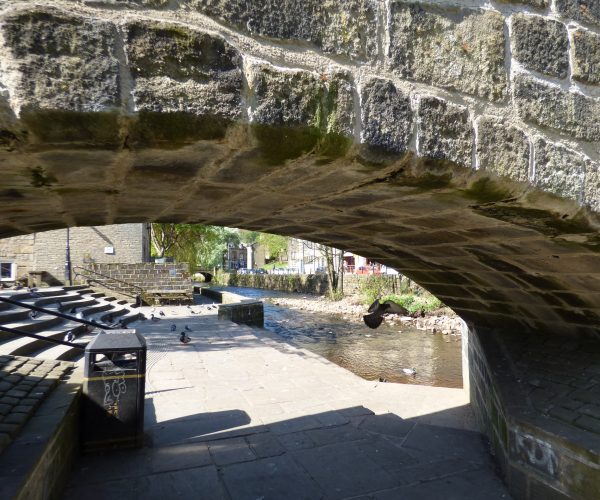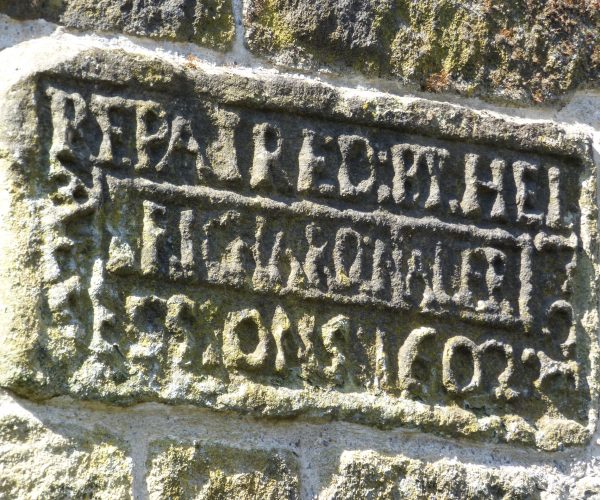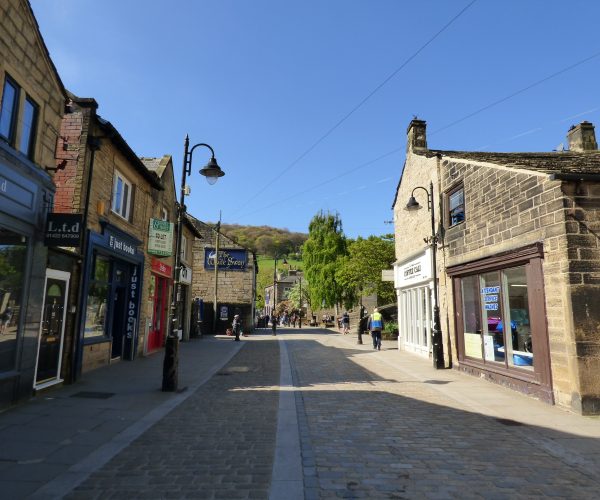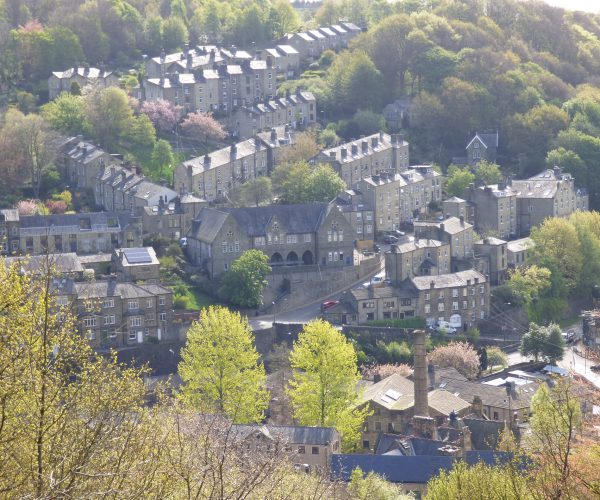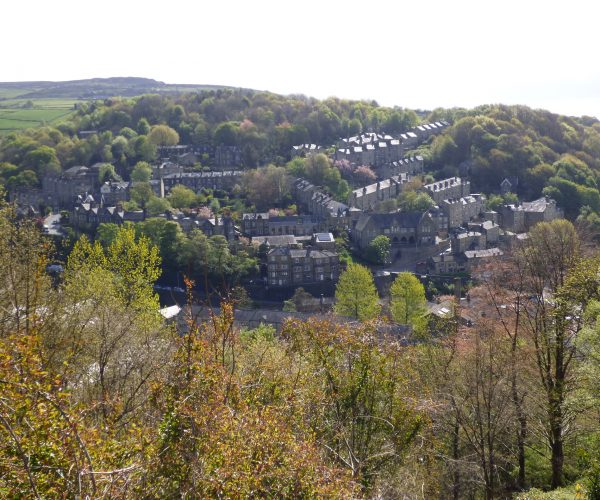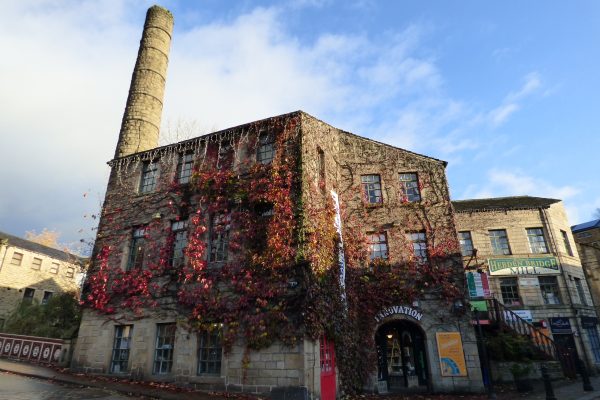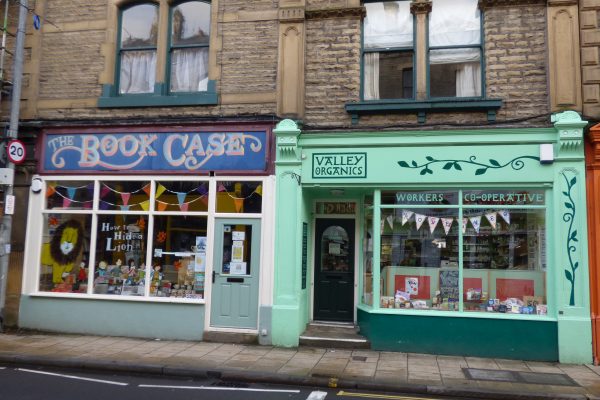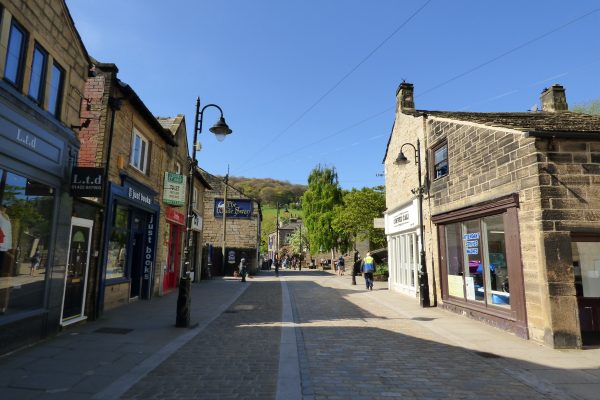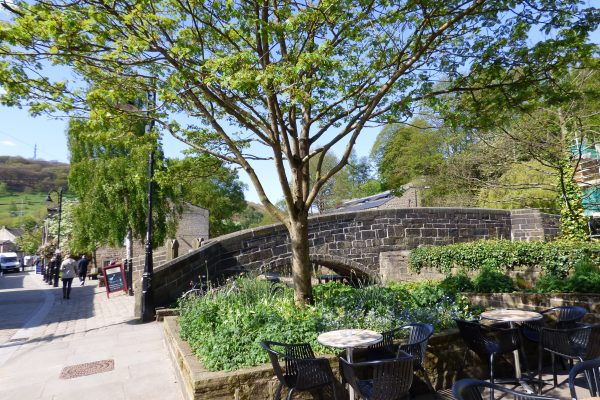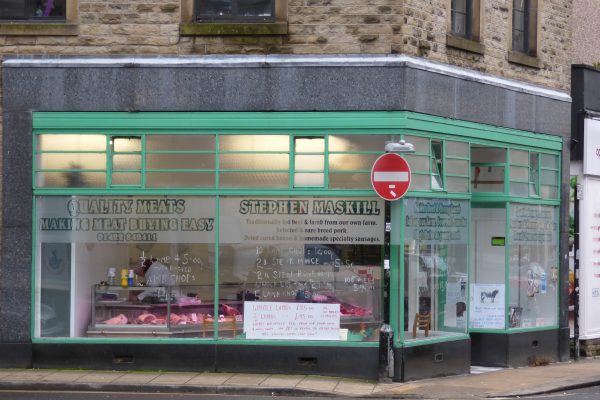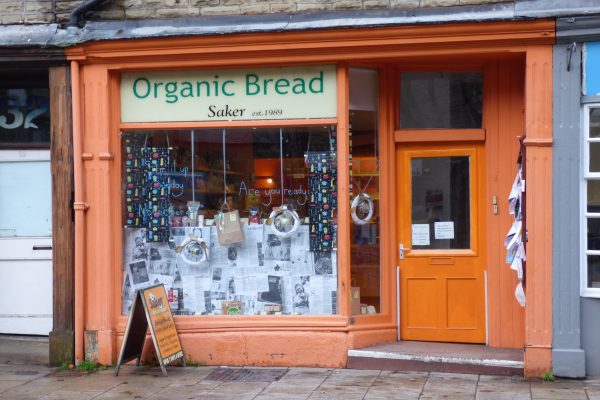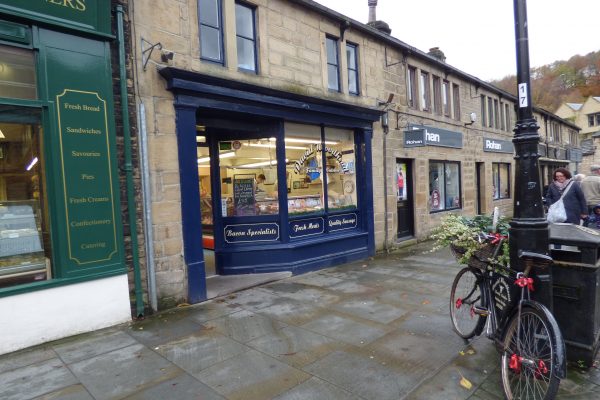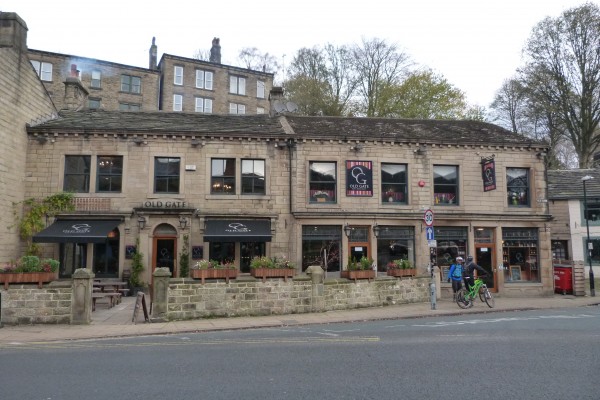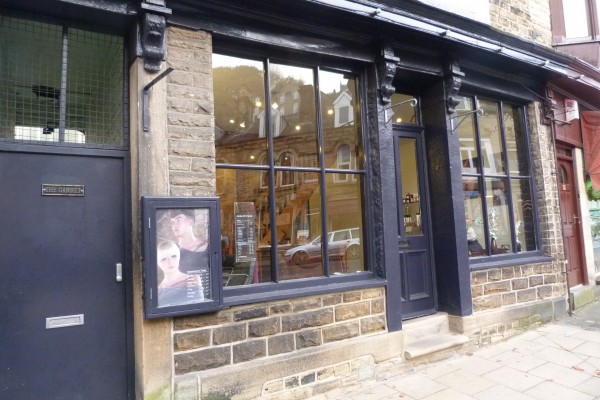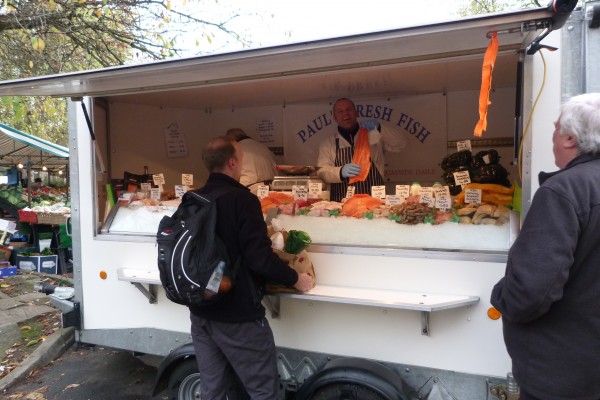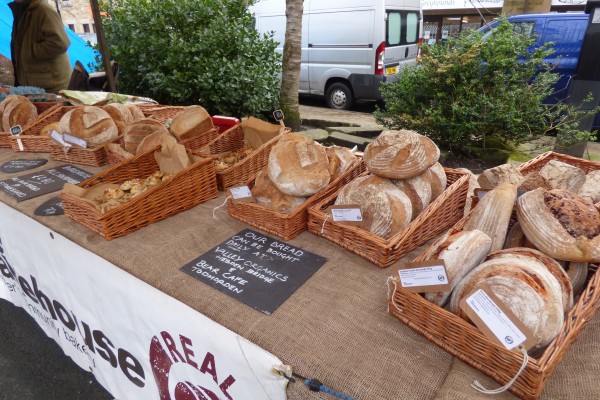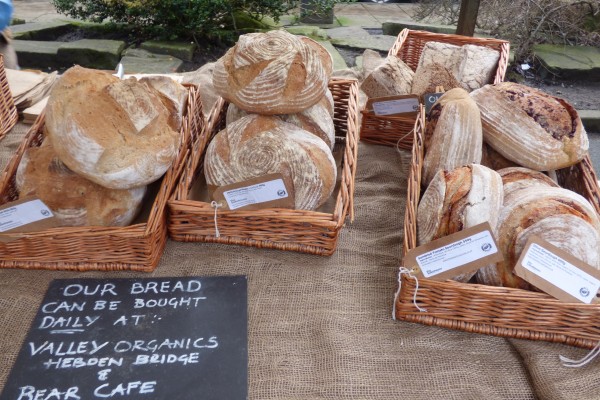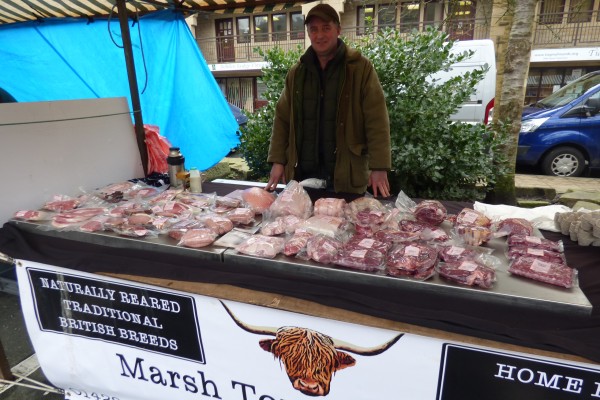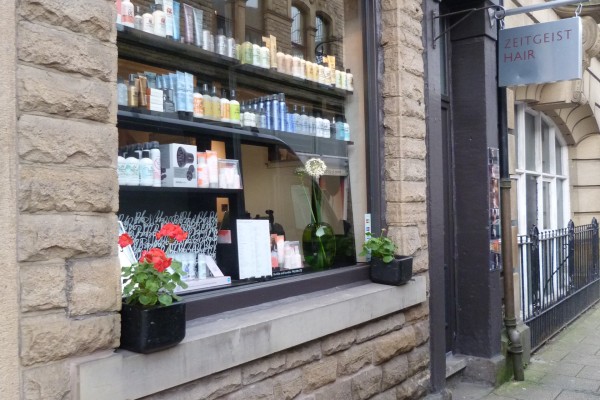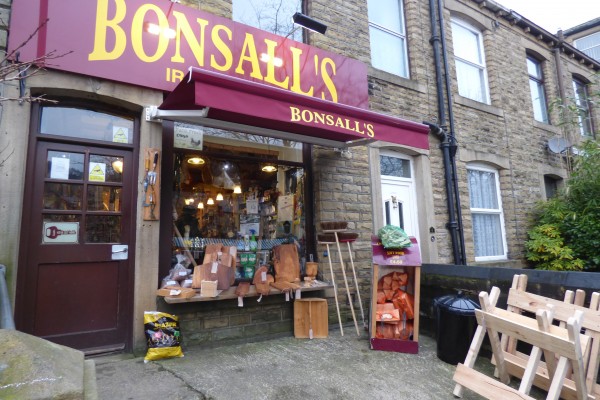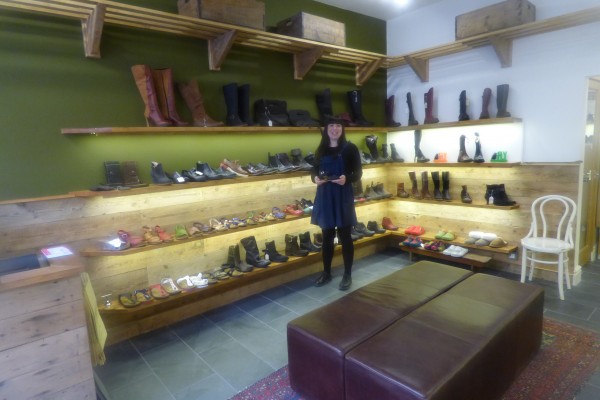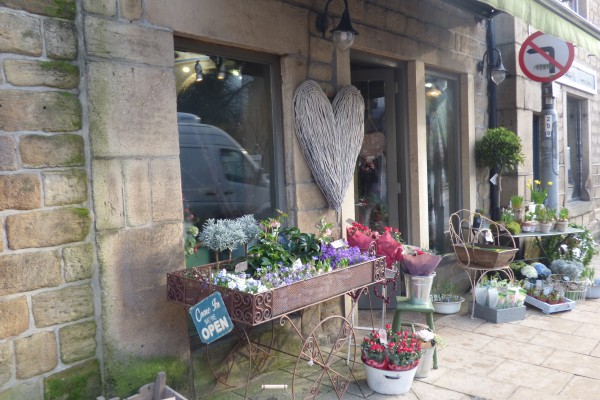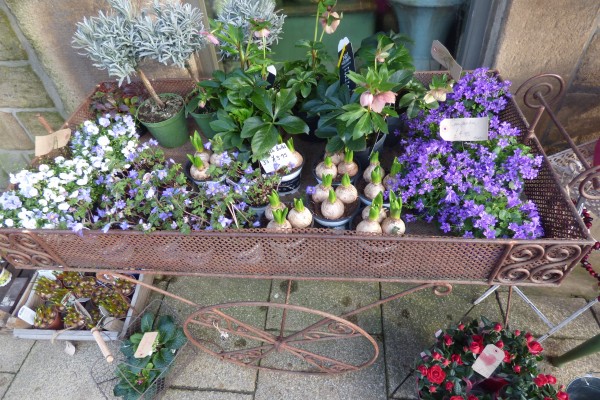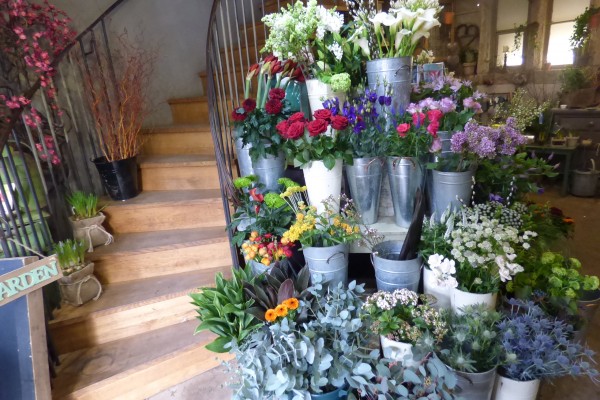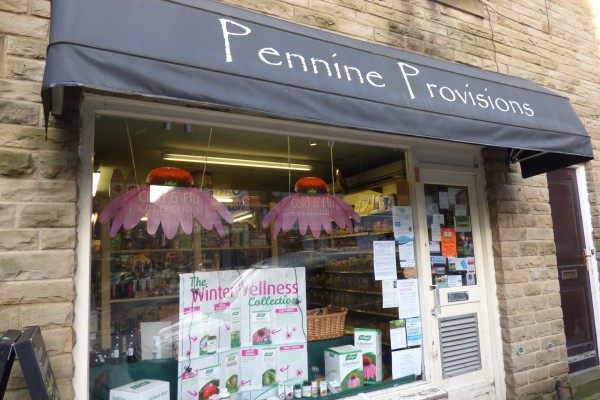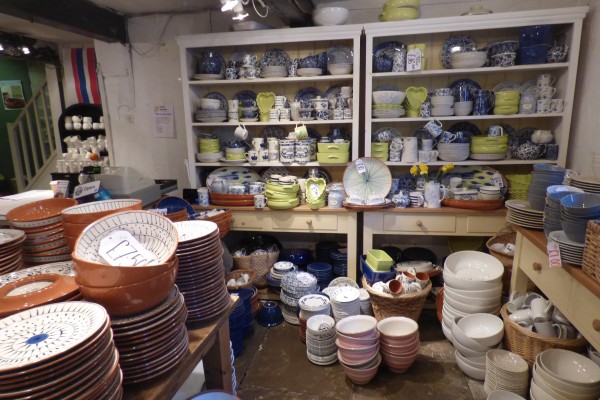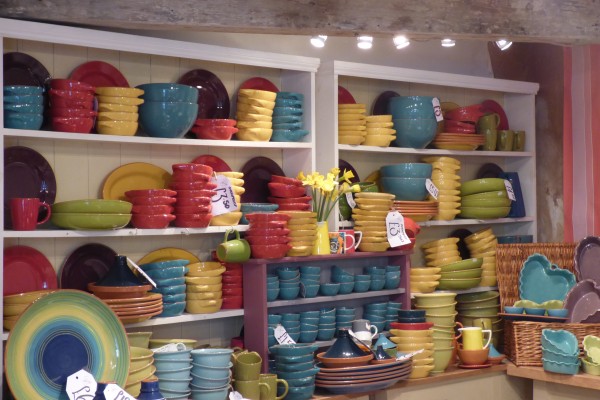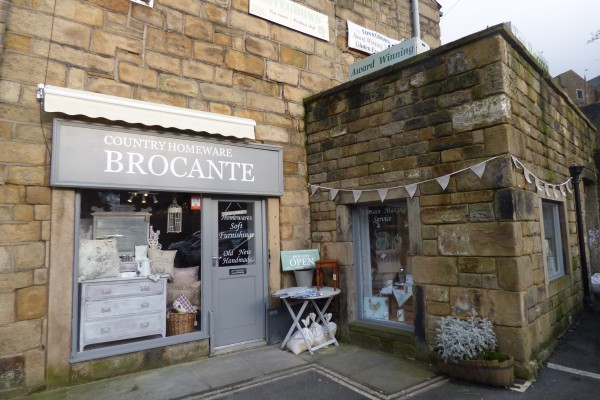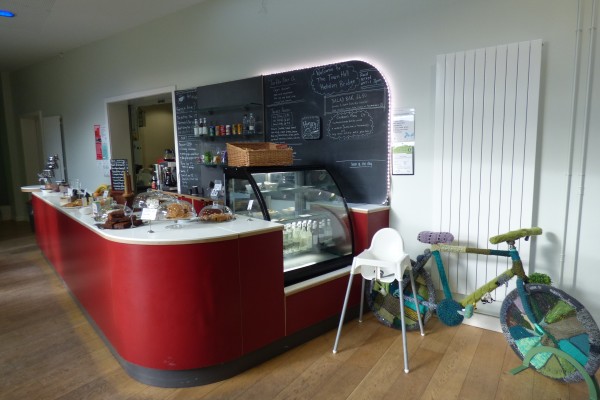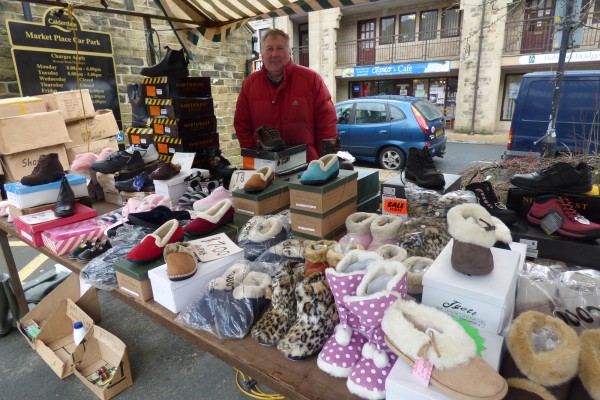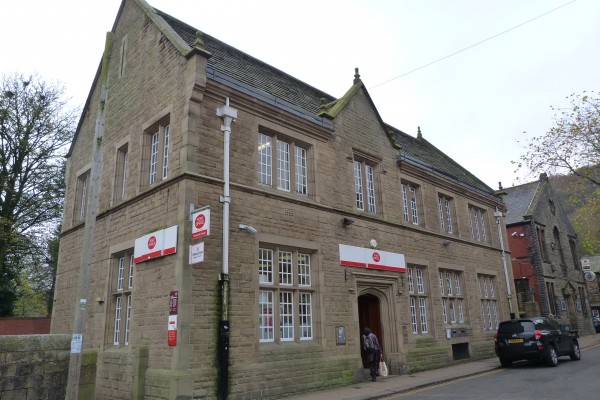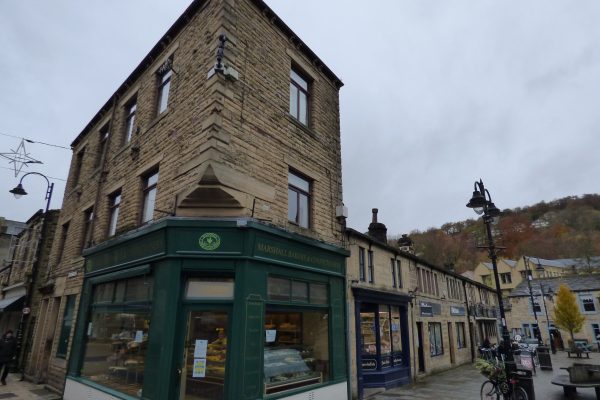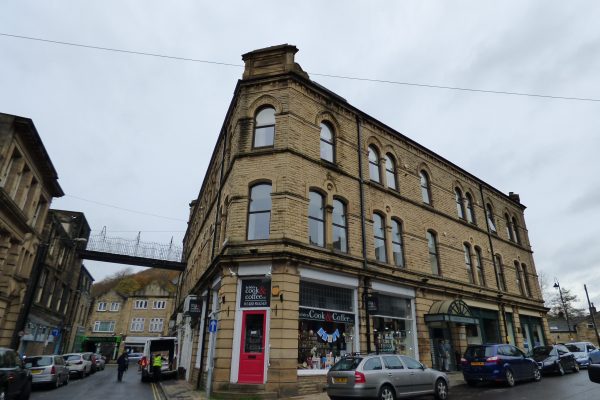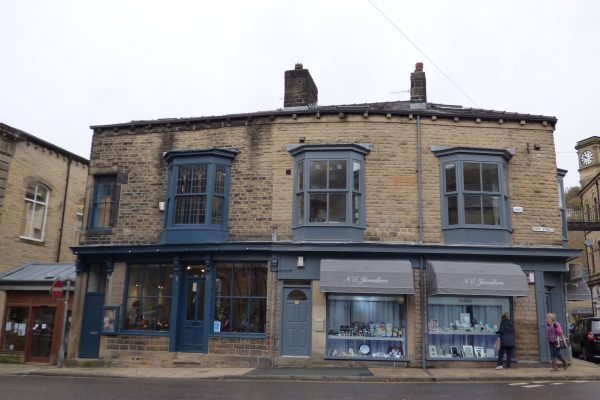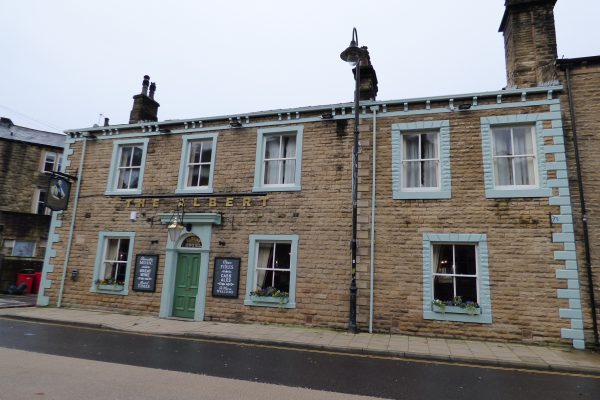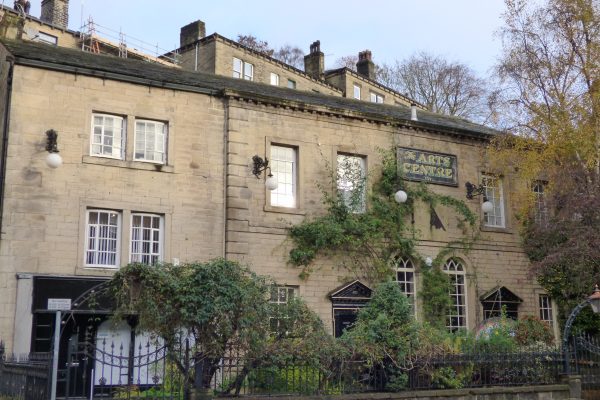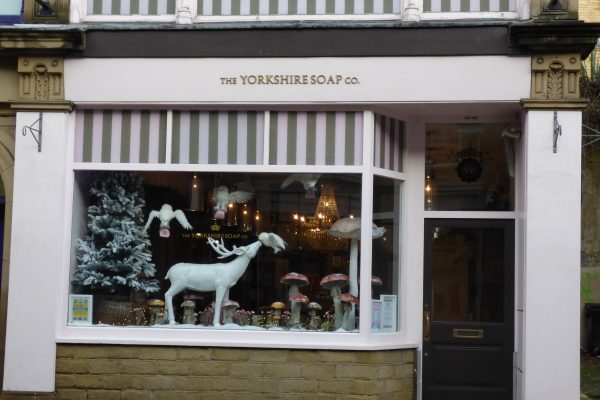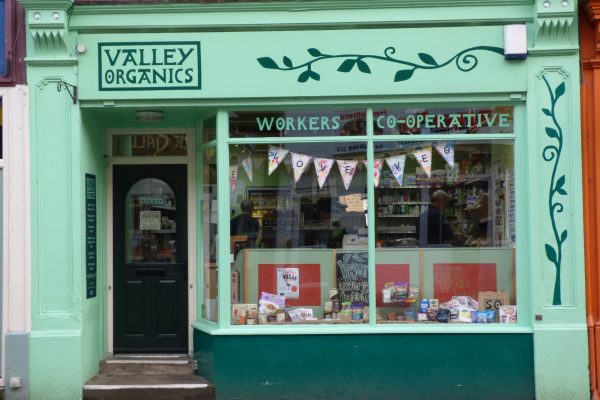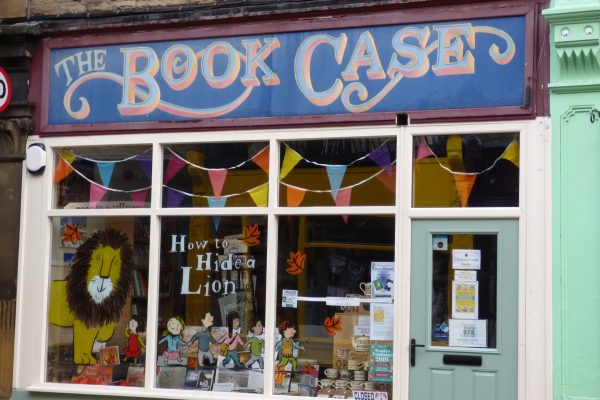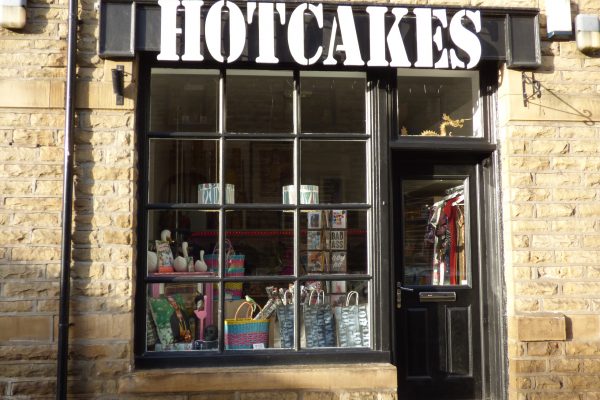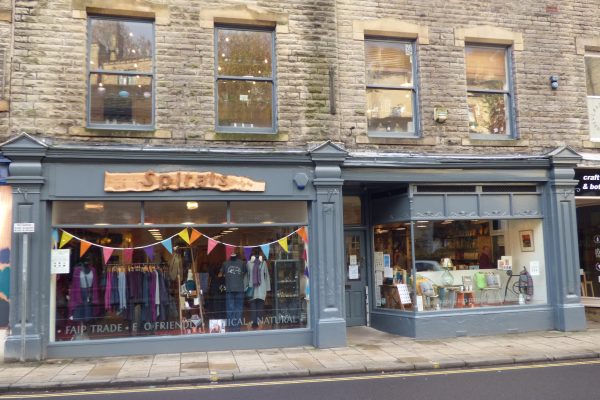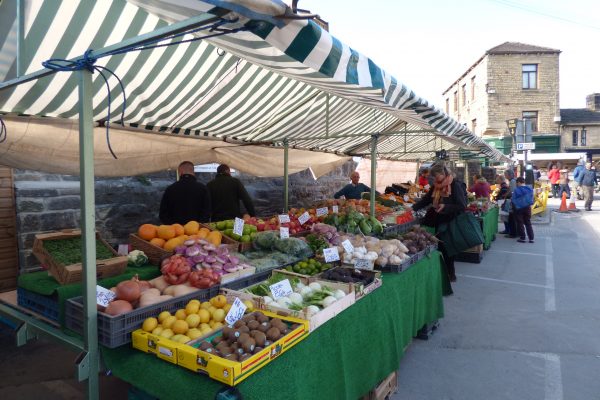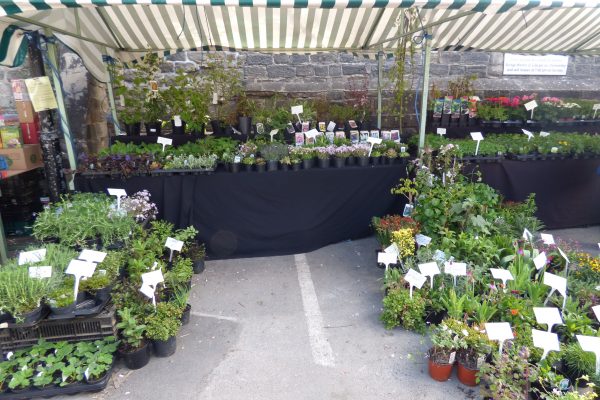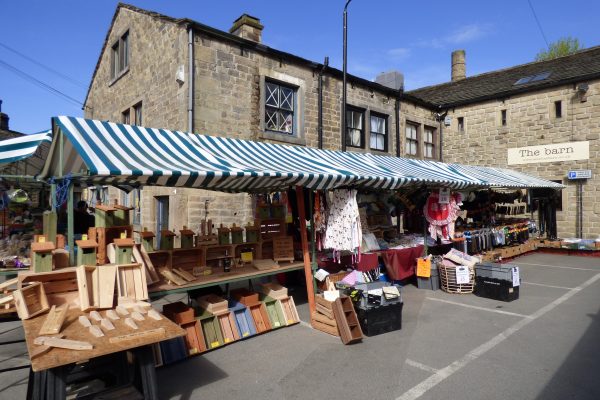Categories
- Architectural Gems
- Art & Design at Elmet
- Autumnwatch
- Barry the Barn Owl
- Birds & Wildlife
- Bluebells
- Bronte Sisters
- Canals
- Deer
- Fay Godwin & Martin Parr
- Film and TV Locations
- Galleries & Museums
- Gardens
- Gentleman Jack
- Hardcastle Crags
- Hay Meadows
- Heather
- Hebden Bridge
- Hebden Bridge Handmade Parade
- Hebden-Born and Bred
- Lambs
- Local Countryside
- Mid-Century Modern
- Springwatch
- Ted Hughes & Sylvia Plath
- Winterwatch
- Yorkshire Dales
-
Recent Posts
- Fountains Abbey and Studley Royal
- Hebden Bridge Handmade Parade
- Gentleman Jack
- Saltaire UNESCO World Heritage Site
- Birds of many Feathers
- Mid-Century Modern Design
- Brimham Rocks
- Snowmageddon
- The Old Ways – Limers Gate
- Architectural Gems of Leeds
- Glorious Gardens
- Piece Hall Halifax
- Bingley Five Rise Locks
- Heavenly Heather
- Walk on the Wild Side at Widdop
- Hiking in Hardcastle Crags
- Deer oh Deer!
- Making Hay while the Sun Shines
- Jumble Hole Clough
- Bluebell Bonanza
- Tree-mendous!
- Purple Haze
- Bilberry Stories
- Whoosh! Castle Carr Fountain
- Lovely Little Lambs
- Bluebellerama!
- River of Mist
- Delve into the Dales
- It’s Cold in Colden!
- 10 Facts about Hebden Bridge
- Parcevall Hall Gardens
- Higgledy Piggledy Hebden Houses
- Striding up Stoodley Pike
- Autumn in Luddenden Dean
- Marvellous Mid-Century Fabrics
- Hebden Bridge
- Ted Hughes and Remains of Elmet
- Barry the Barn Owl
Category Archives: Hebden Bridge
10 Facts about Hebden Bridge
10 Fascinating Facts about Funky Hebden Bridge
1. Hebden Bridge used to be known as Fustianopolis because many of its textile mills specialised in fustian – the generic name for corduroy and moleskin. Hebden Bridge has also been described as Trouser Town because it became an important centre for garment-making, especially working mens’ trousers made from fustian cloth.
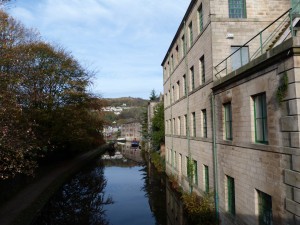
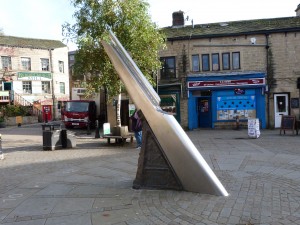
Left: Canalside mill in Hebden Bridge. Right: Fustian cutter’s blade sculpture in St George’s Square
2. Hebden Bridge was one of the earliest towns to embrace the Co-operative Movement, just a few years after the Rochdale Pioneers. The Hebden Bridge Fustian Manufacturing Society, based in Nutclough Mill, was the first co-operative mill in the UK. Community spirit and co-operative principles still characterise the town. Hebweb was the first community website in the UK.
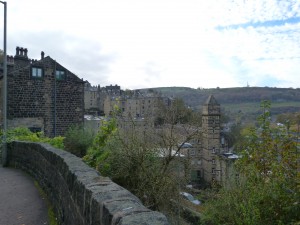

Left: Tower of Nutclough Mill. Right: Workers’ housing in Hebden Bridge
3. Until the 19th century Hebden Bridge was much smaller and more insignificant than Heptonstall, the small village on the top of the hill. Whereas Heptonstall had been a flourishing cloth-making centre for centuries, Hebden Bridge was little more than a bridging point over Hebden Water for packhorses en route to Heptonstall via the Buttress (an incredibly steep stone-paved track). But following the industrial revolution, everything changed. Hebden Bridge expanded rapidly and the Calder Valley became a hub for large water-powered and steam-powered textile factories.
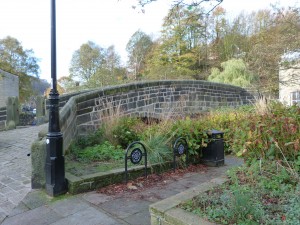
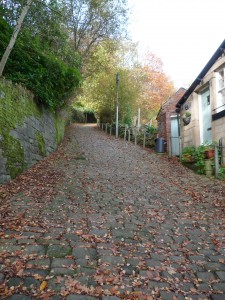
Left: 16th century bridge crossing Hebden Water. Right: The Buttress
4. Because the Upper Calder Valley is so steep-sided, there’s very little space on the valley bottom for housing. When Hebden Bridge expanded during the 19th century, double-decker terraces were developed, consisting of underdwellings and overdwellings, running along the contours of the valley and up and down the slopes. ‘Flying freeholds’ – another Hebden Bridge novelty – were introduced as a result.
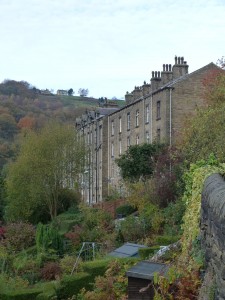
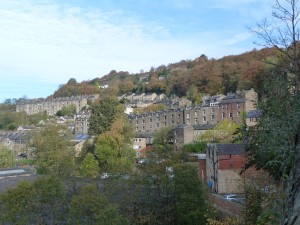
Double-decker terraces in Hebden Bridge
5. Hebden Bridge boasts the highest proportion of independent shops per capita in the country, a distinction it shares with Totnes in Devon. From butchers and bakers to designer-makers, Hebden Bridge combines traditional businesses, such as ironmongers, haberdashery and and florists, with craft lighting, jewellery and organic food. It’s no surprise the town was crowned Best Small Market Town in the Great British High Street Awards in 2016.



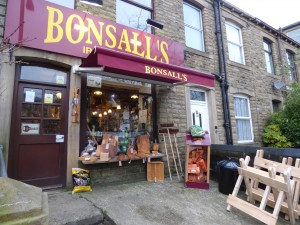
Independent shops in Hebden Bridge
6. Hebden Bridge’s thriving food and general market, held each thursday, recently won the national award for Best Small Outdoor Market in the UK. It sells everything from fresh fish, local cheese and sourdough bread to toiletries, plants and fruit and veg. Hebden Bridge also has a flea market each friday, an artisan’s market on saturday and a local produce market on sunday.
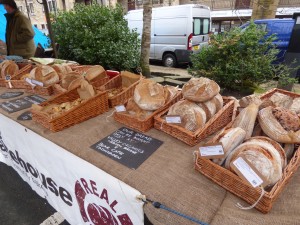
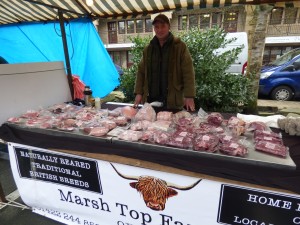
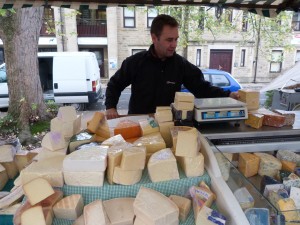
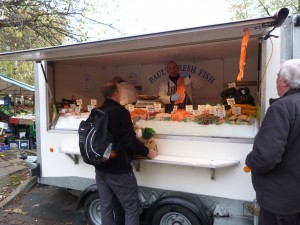
Hebden Bridge Market
7. Mytholmroyd-born poet Ted Hughes retained life-long connections with Hebden Bridge. His book Remains of Elmet (1979), a collaboration with photographer Fay Godwin, is all about the Upper Calder Valley. Hughes’s parents lived in a house called The Beacon at Slack, near Heptonstall. His wife, the American poet Sylvia Plath, who committed suicide in 1963, is buried in Heptonstall Churchyard. Lumb Bank, an 18th century millowner’s house in Colden Clough formerly owned by Ted Hughes, is now a flourishing creative writing centre run by the Arvon Foundation.

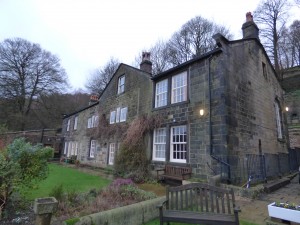
Left: Remains of Elmet. Right: Lumb Bank
8. Internationally renowned photographer Martin Parr lived and worked in Hebden Bridge during the mid 1970s at the start of his career. His photographs from this period, focusing on the non-conformist chapels that once dominated this area, were recently published in a book called The Non-Conformists.
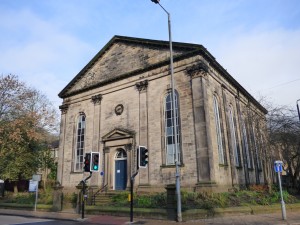
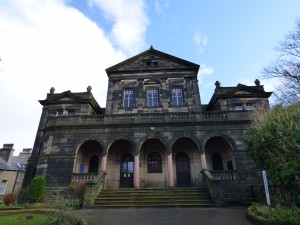
Left: Hope Chapel, Hebden Bridge. Right: Birchcliffe Chapel, Hebden Bridge
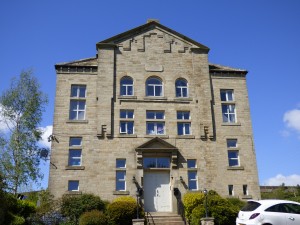
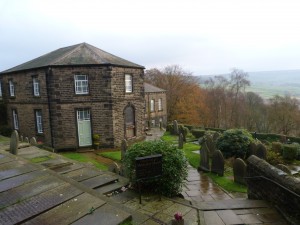
Left: Providence Chapel, Midgley. Right: Heptonstall Methodist Chapel
9. World-famous singer songwriter Ed Sheeran spent his formative early childhood years in Hebden Bridge and seems to have absorbed its quirky, independent spirit. His parents lived in a house on Birchcliffe Road in Hebden Bridge at the time. Ed’s father was a curator at Cartwright Hall in Bradford and his mother worked at Manchester City Art Gallery.
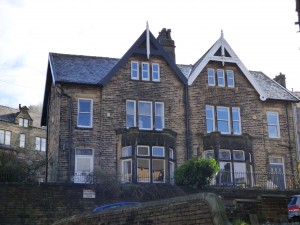
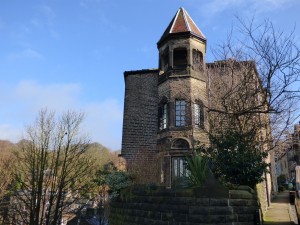
Left: West Royd (left), Ed Sheeran’s early childhood home on Birchcliffe Road, Hebden Bridge. Right: Eiffel Tower opposite West Royd
10. Hebden Bridge and the Calder Valley are popular locations for film and TV dramas, both historical and contemporary. The picturesque village of Heptonstall recently appeared in Jericho and Swallows and Amazons, while Holdsworth House, a 17th century house in Halifax, was an important location in Last Tango in Halifax. Hebden Bridge features prominently in Happy Valley, which, like Last Tango, was written by BAFTA award-winning screenwriter Sally Wainwright, who grew up in Calderdale. Catherine Cawood, the feisty police officer in Happy Valley played by Sarah Lancashire, lives in a house on Hangingroyd Road in the centre of Hebden Bridge.
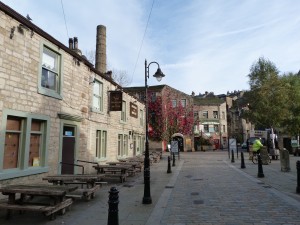
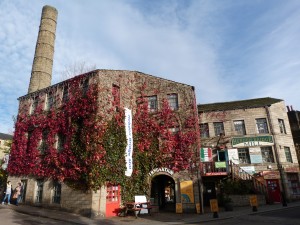
Hebden Bridge – key location for Happy Valley. Left: Bridge Gate. Right: Bridge Mill.
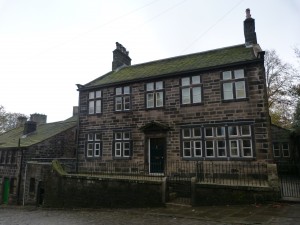
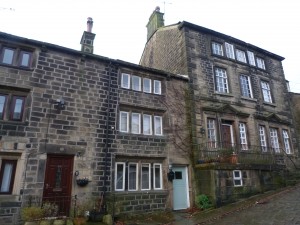
Heptonstall – key location for ITV’s series Jericho and the film Swallows and Amazons
© Text and photos copyright Lesley Jackson
Higgledy Piggledy Hebden Houses
Higgledy Piggledy Hebden Houses
What strikes visitors when they first come to Hebden Bridge are the higgledy piggledy houses. Because of the narrowness of the valley and the steepness of the hillsides, very few houses are built on the flat and they come in all sorts of irregular shapes and sizes. Quirky and unusual, Hebden Bridge’s architecture is as Non-Conformist as its prevailing religion.
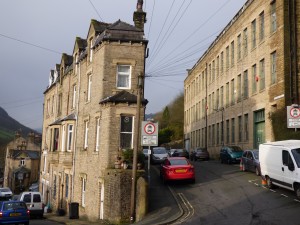
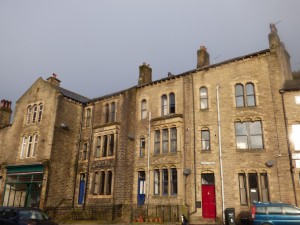
Most of the buildings in Hebden Bridge date from the 19th century, when the town grew rapidly as a result of the flourishing textile industry. Terraced housing was the norm, as in other milltowns, to accommodate the rapidly expanding factory workforce. But whereas elsewhere in the industrial heartlands of Yorkshire and Lancashire, the terraced houses were uniform and monotonous, Hebden Bridge’s precipitous slopes prompted builders to be more inventive and ingenious.
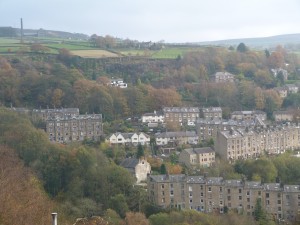
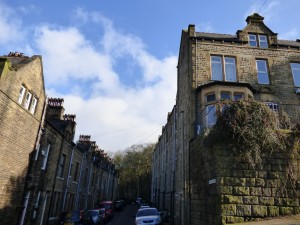
The contours of the valley give a highly distinctive character to the urban landscape of Hebden Bridge, as many terraces run diagonally up and down the hills. Because the valley bottom is so constricted and usable land was in such short supply, this prompted builders to opt for high-rise solutions – terraces in the sky. As well as being unusually tall – five storeys were not uncommon – some terraces were tapered or wedge-shaped.

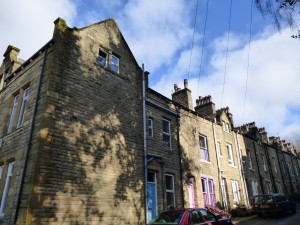
Double-decker terraces – comprising of underdwellings and overdwellings – are a Hebden Bridge speciality. Both open onto the street but at completely different levels. A unqiue form of property ownership, known as flying freeholds, developed in response to these two-part dwellings.
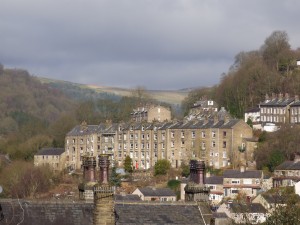
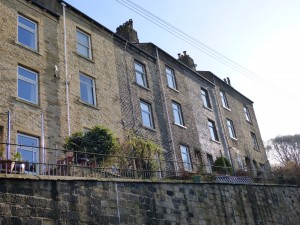
The wealth generated in Hebden Bridge by the fustian industry and the garment-making trade during the late 19th century prompted the building of larger houses for textile magnates and other affluent tradespeople. Birchcliffe, the steep road rising up from the centre of the town, has some good examples of these splendid properties, many with stained glass, decorative stonework or curious features such as towers.
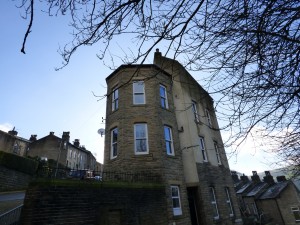

High retaining walls and embankments are another distinctive feature of the town, all built of the same locally quarried sandstone – millstone grit – adding to the impression that the town emerged spontaneously out of the landscape. Although it grew rapidly in a piecemeal fashion, there is an organic quality to its architecture that is unique to Hebden Bridge.
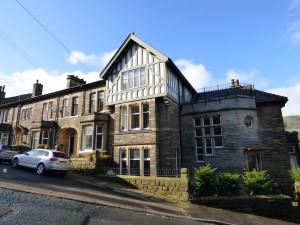
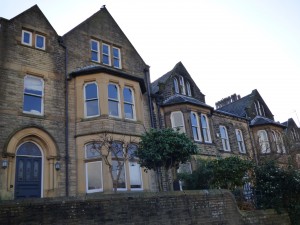
© Text and photos copyright Lesley Jackson
Hebden Bridge
Hebden Bridge – characterful, creative, unique
Hebden Bridge has bags of character. With its striking setting, unusual architecture and free-thinking inhabitants, it’s a great place to live and an extremely enjoyable place to visit. Built of sandy-coloured millstone grit, the tall narrow terraced houses cling to the winding contours of the steep-sided valley, giving the town a distinctive organic quality. It’s as if the town has been carved out of the landscape, which in some respects it has.
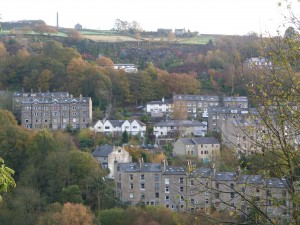
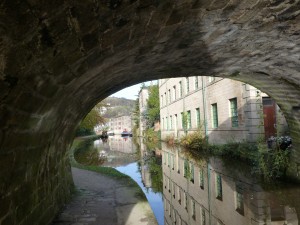
A 19th century mill town that has successfully reinvented itself several times over, Hebden Bridge is a hub of 21st century creativity. The town’s fortunes were originally allied to the textile industry, its speciality being corduroy and moleskin, known generically as fustian. Garment-making was another important trade, particularly moleskin and corduroy trousers, hence the names ‘Fustianopolis’ and ‘Trouser Town’. The mills were badly hit during the 1970s with the decline of the textile industry, but happily the town has since bounced back, attracting new blood and diversifying into different fields while retaining its traditional character.

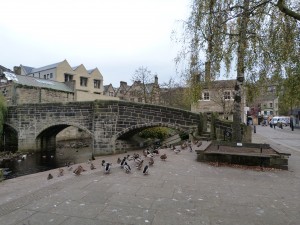
During the week Hebden is a bustling market town with an excellent range of shops – butchers, bakers, delis, ironmongers, greengrocers – supplying just about everything you could possibly need. Many businesses are family-run and there’s a real sense of community. There’s also a lively flea market on wednesday and a top-class general market each thursday, with fresh fish from Fleetwood, delicious Lancashire cheese from Todmorden, freshly-baked bread from Cragg Vale, excellent fruit and veg and a diverse array of other stalls. Everyone is so friendly that doing the weekly shop is a real pleasure, not a chore.
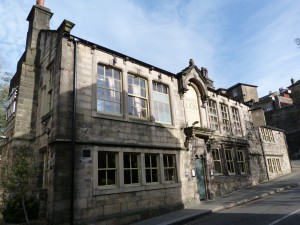

At weekends Hebden Bridge attracts lots visitors, who flock to the town to enjoy its pleasant vibe. As its name suggests, the town has several bridges, so there are lots of picturesque views. As well as being at the confluence of two rivers – Hebden Water and the River Calder – Hebden Bridge straddles the Rochdale Canal. The painted barges moored on the canal inject a colourful note to a stroll along the towpath. Even the railway station in Hebden is full character with its well-preserved Victorian signage and buzzing station cafe.


Hebden is nationally renowned for its independent shops, which give a fresh and vibrant feel to the town. From shoes, clothes and bicyles to jewellery, soap and lighting, Hebden has a higher ratio of specialist independent retailers than almost anywhere else in the UK. St George’s Square and the narrow riverside Bridge Gate are both pedestrianised, with cafes spilling out onto the street. A hub for designer-makers and creative entrepreneurs, Hebden is bubbling with energy and awash with tempting things to buy – from artisan bread, Yorkshire curd tarts and locally-reared lamb to hand-crafted lamps, groovy tea towels and fabulous hats.

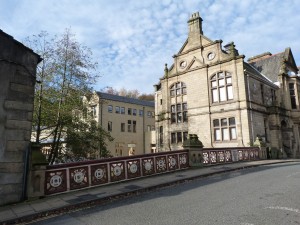
Even if you’ve never visited this part of the country before, the name Hebden Bridge may ring a bell. Being so photogenic and unusual, it regularly pops up on TV, not only in dramas such as Last Tango in Halifax but in popular programmes such as Countryfile. In the last few years Hebden Bridge has been featured in several documentaries: Tony Robinson’s Walking Through History, Michael Portillo’s Great British Railway Journeys and the Channel 4’s Great Canal Journeys with Timothy West and Prunella Scales.
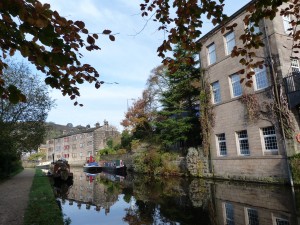
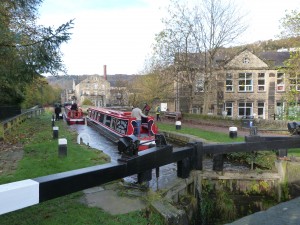
British Airways’ in-flight magazine Highlife described Hebden Bridge as the 4th funkiest town in the world! And Newsnight presenter Evan Davies floated the idea of Hebden Bridge as the UK’s second city because of its significance as a vibrant trans-Pennine hub, half-way between Manchester and Leeds.
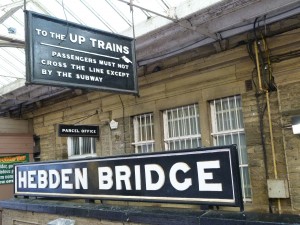
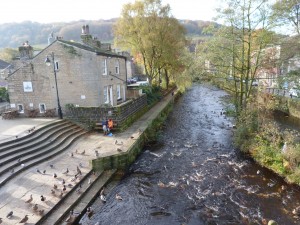
Independent-minded, resourceful and resilient, creativity is Hebden Bridge’s middle name. Even the Boxing Day floods have not crushed the town’s indomitable spirit. Hebden Bridge is a unique place. Come and see for yourself!
Hebden Bridge – characterful, creative, unique
For further information, please follow these links:
Hebden Bridge Guide
Hebden Bridge Website
Visit Calderdale
Cycle Calderdale
© Text and images copyright Elmet Farmhouse





